
Master basic camera skills, explore photography theory, and capture unique images using any type of camera
Dive into the world of photography guided by experts Giulia Candussi, Yaopey Yong, Scott McDermott, Phil Sharp, and Laura Zalenga. This comprehensive journey covers everything from mastering your camera’s basic functions to exploring intricate concepts like color theory, professional lighting, and self-portrait techniques. Learn to capture breathtaking images that reflect your unique vision, whether using a professional DSLR or a smartphone. Each lesson is designed to enrich your understanding of composition, lighting, and storytelling, allowing you to create images that convey emotion and atmosphere.
Develop your skills through hands-on projects, such as creating a photo reportage, a professional studio portrait, or a travel-themed photo series. Discover how to manipulate color, direct your subjects, and utilize various lighting setups to achieve stunning results. Post-processing techniques in Lightroom and Photoshop further enhance your creations, ensuring each image tells a compelling story. Whether you're a beginner eager to learn or an experienced photographer seeking to refine your craft, this specialization offers valuable insights into achieving professional-quality photography.
What will you learn in this specialization?

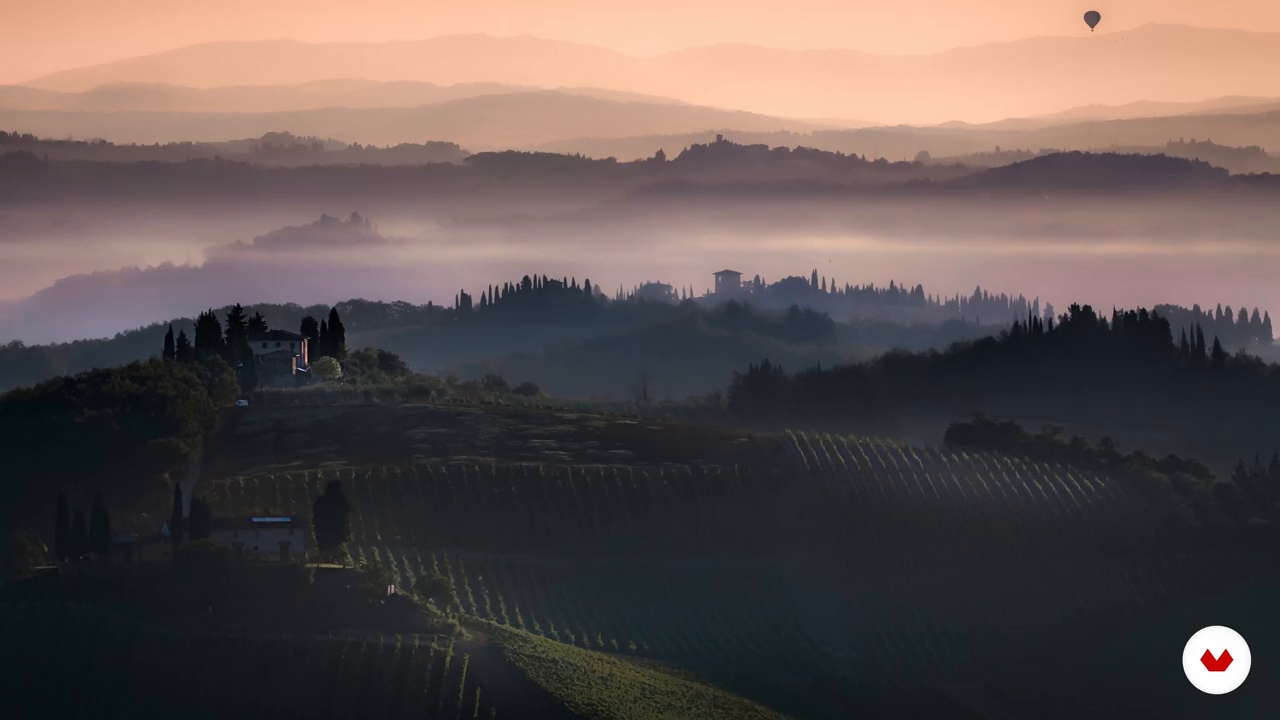
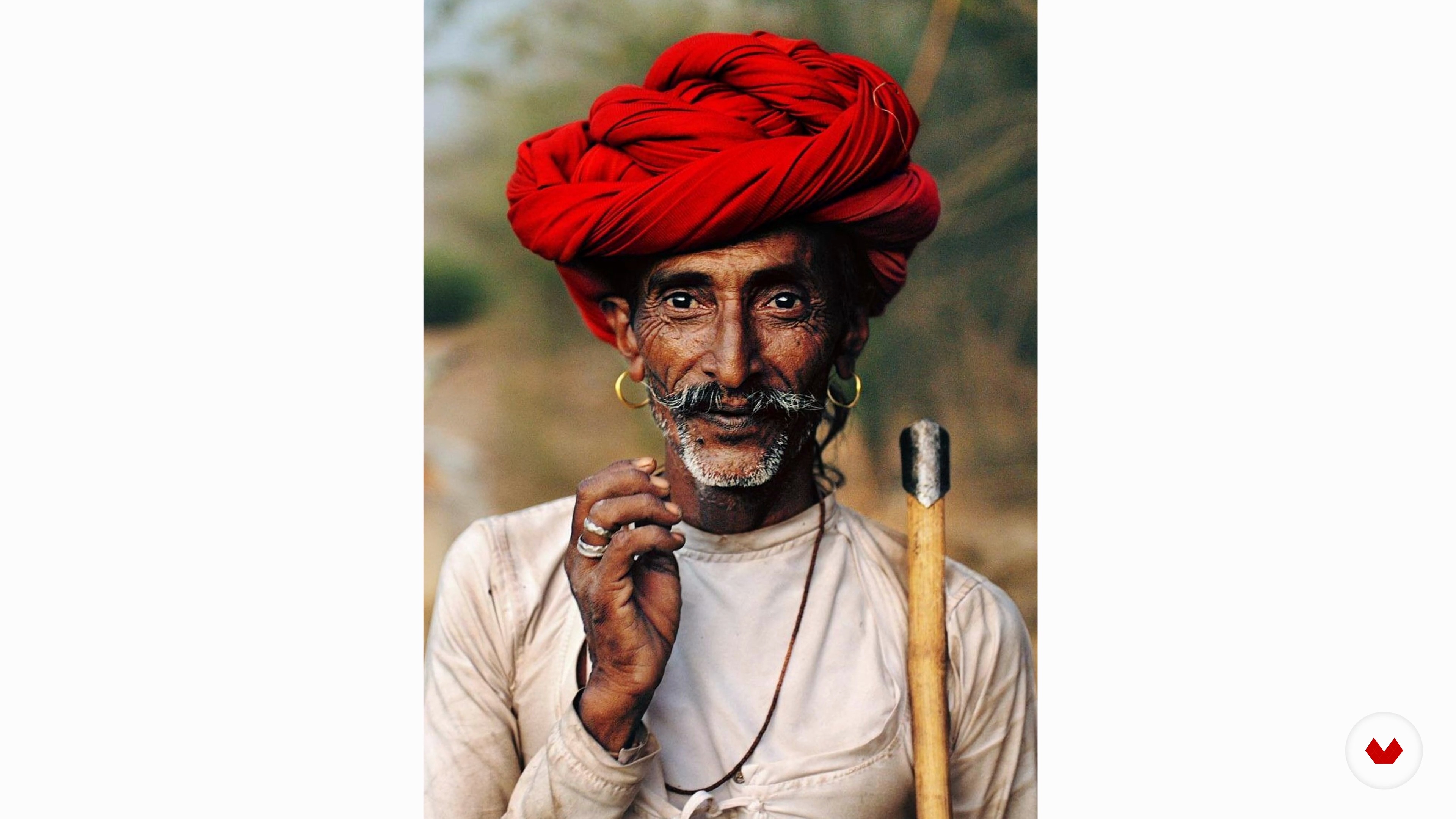
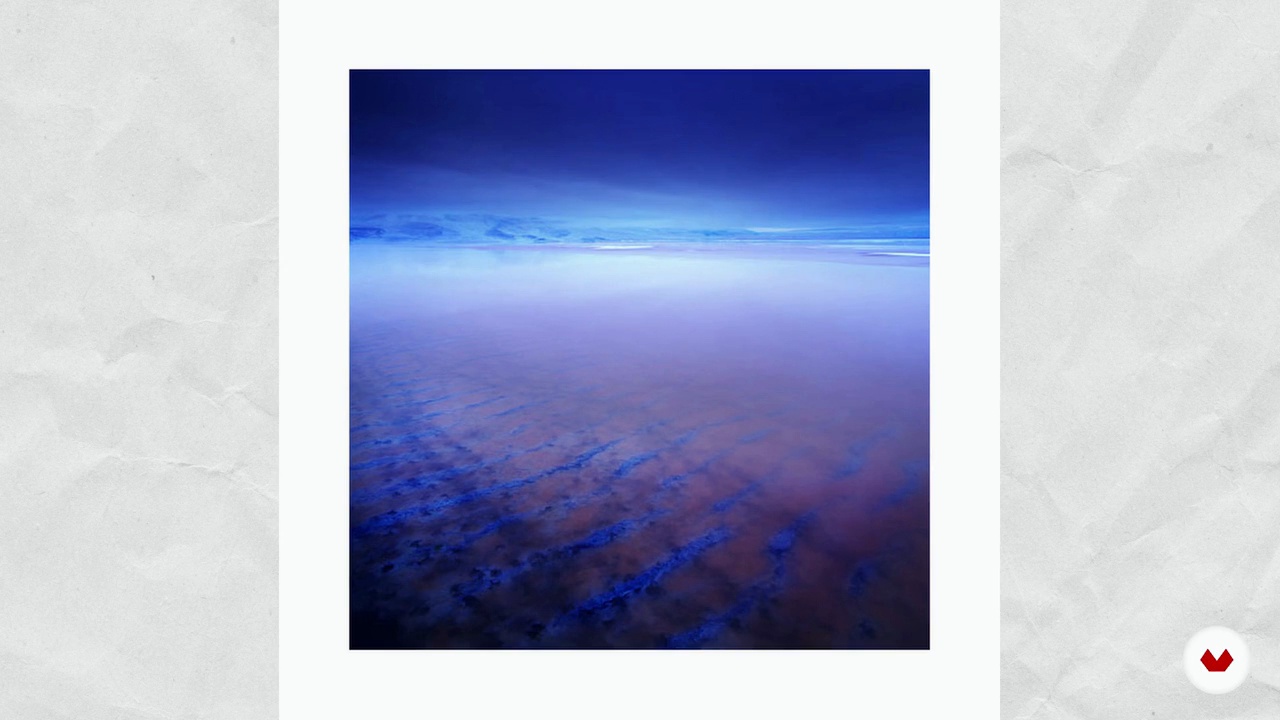
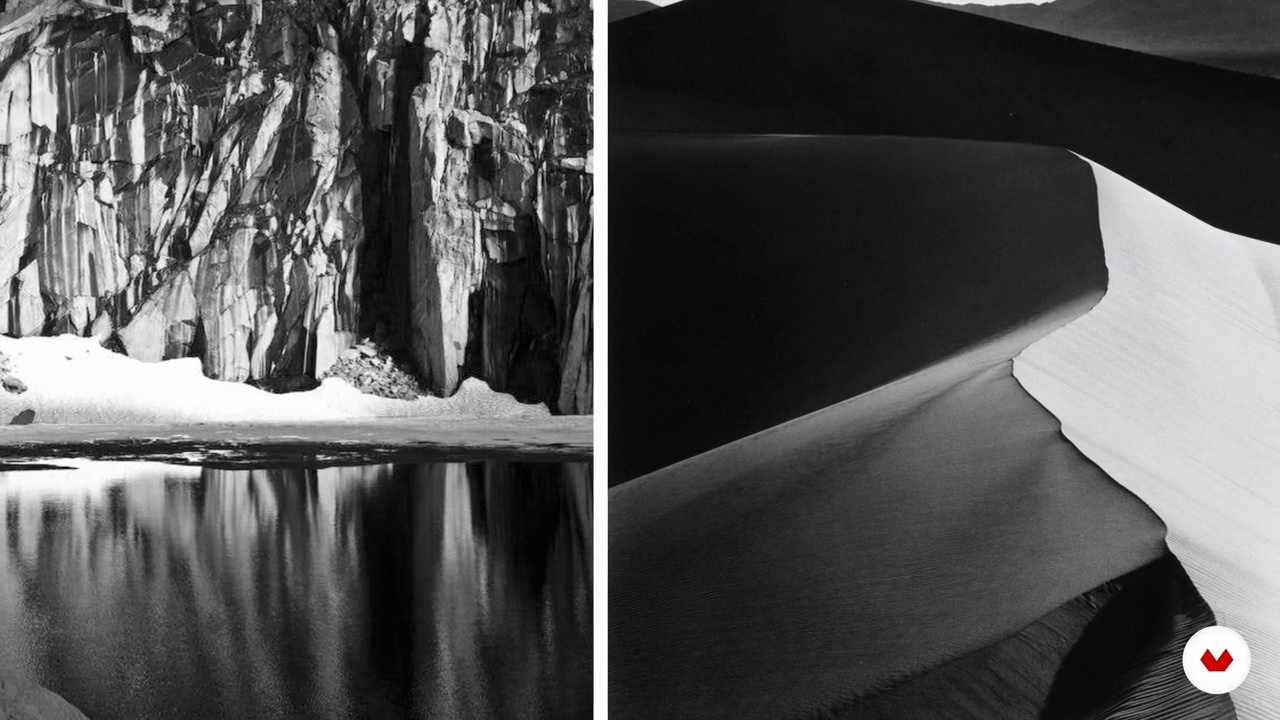
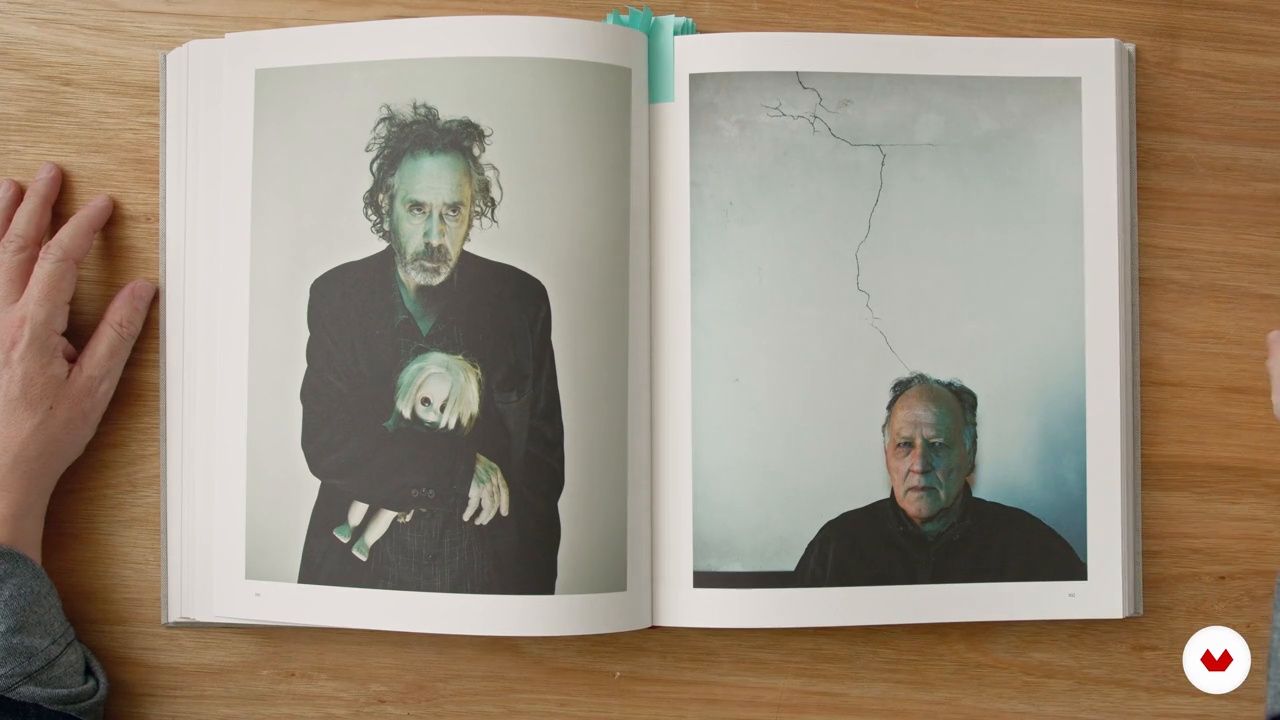
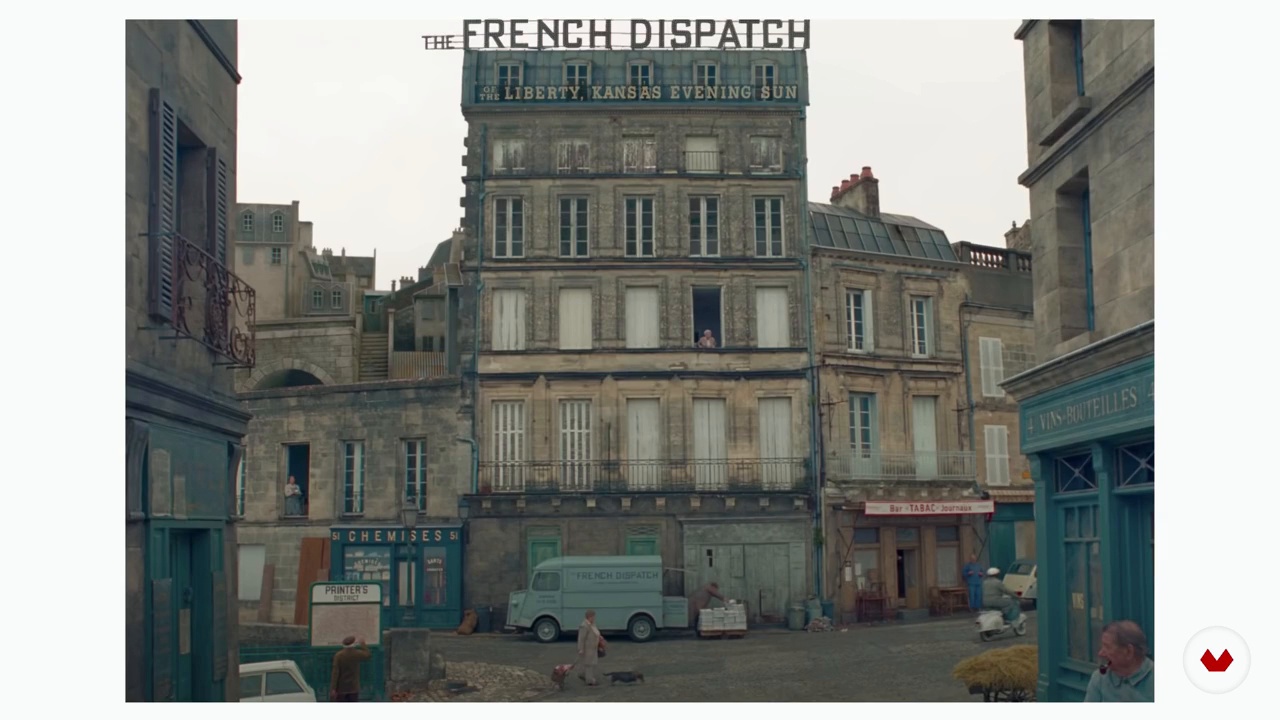
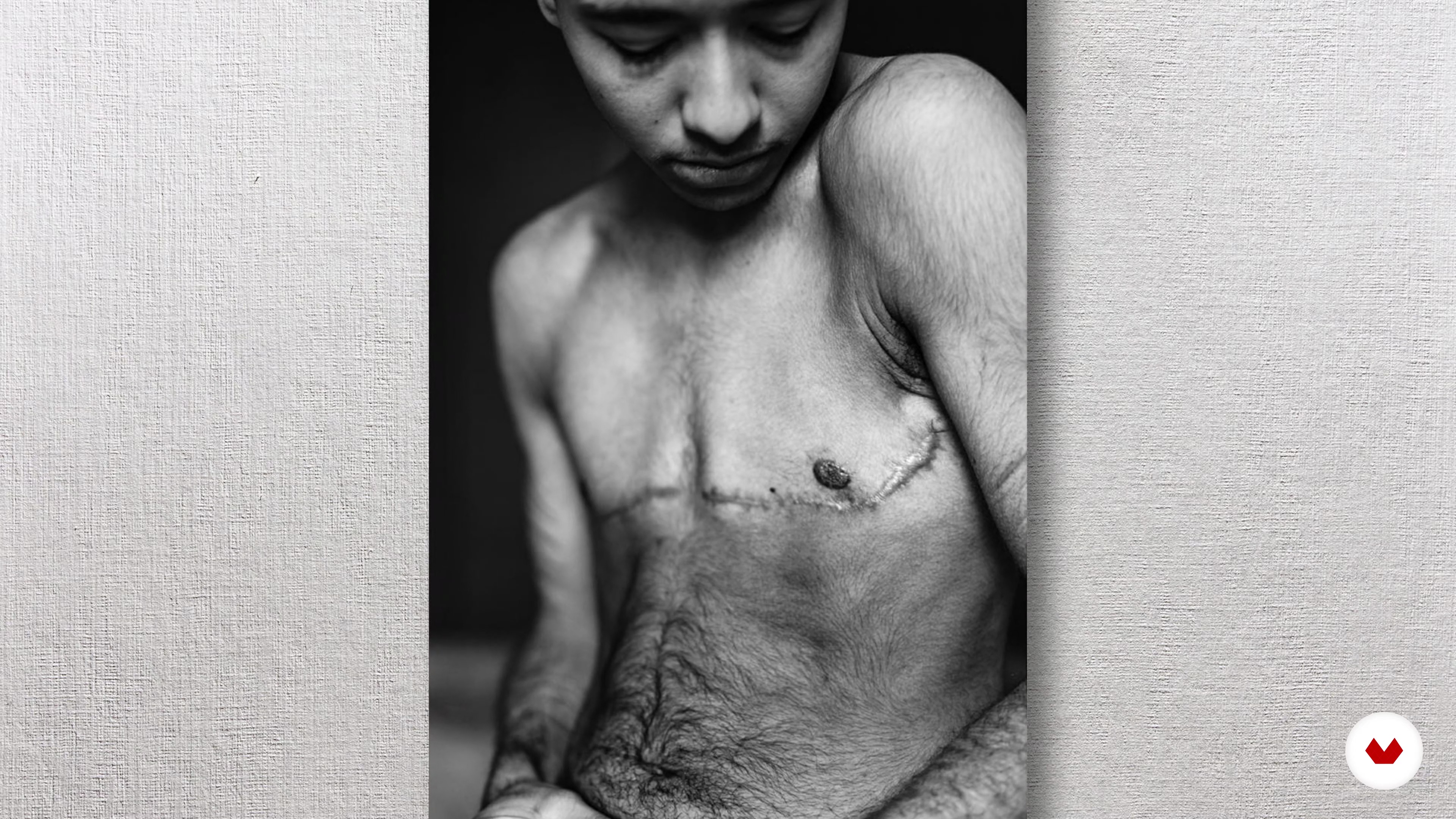

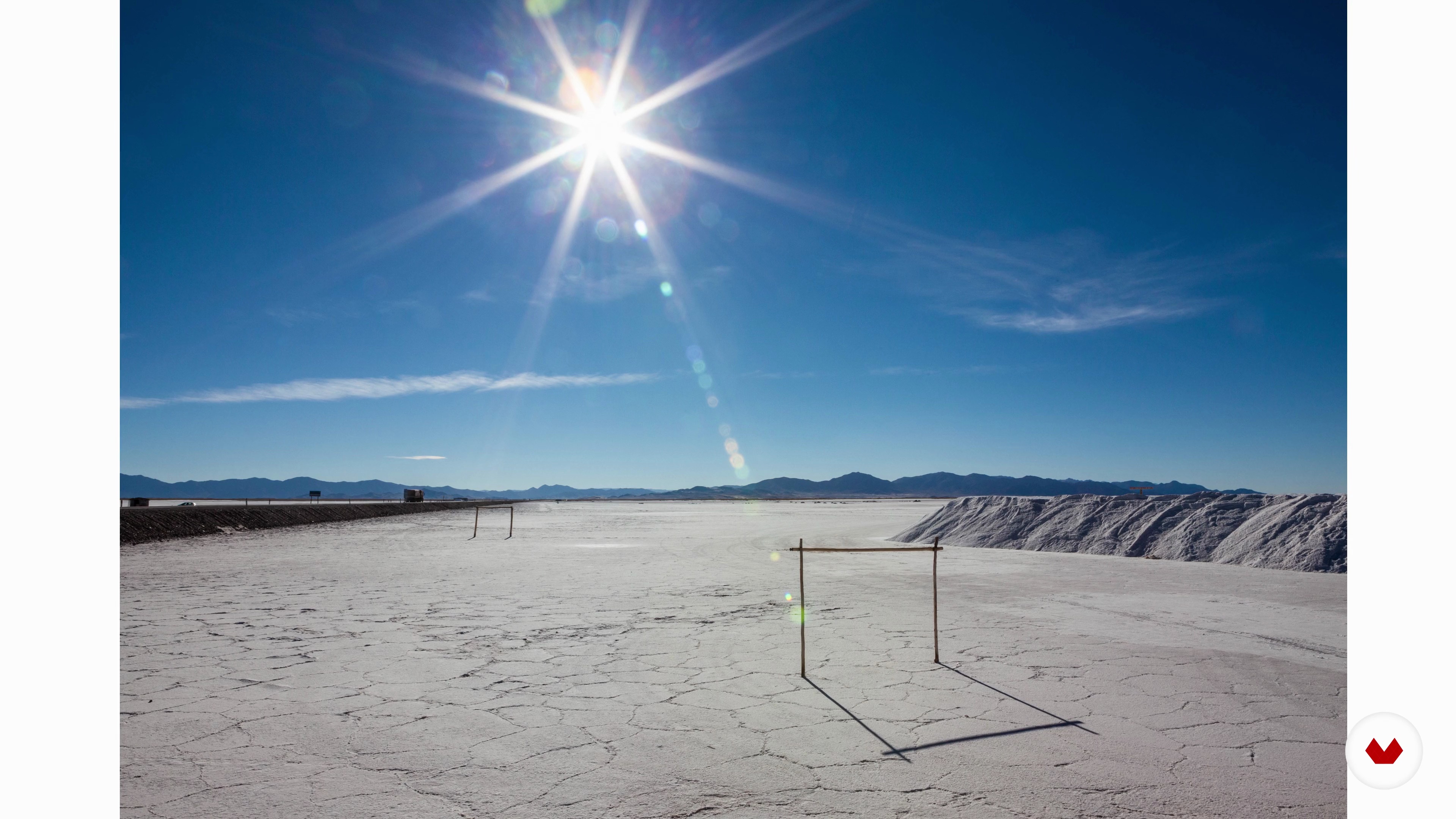
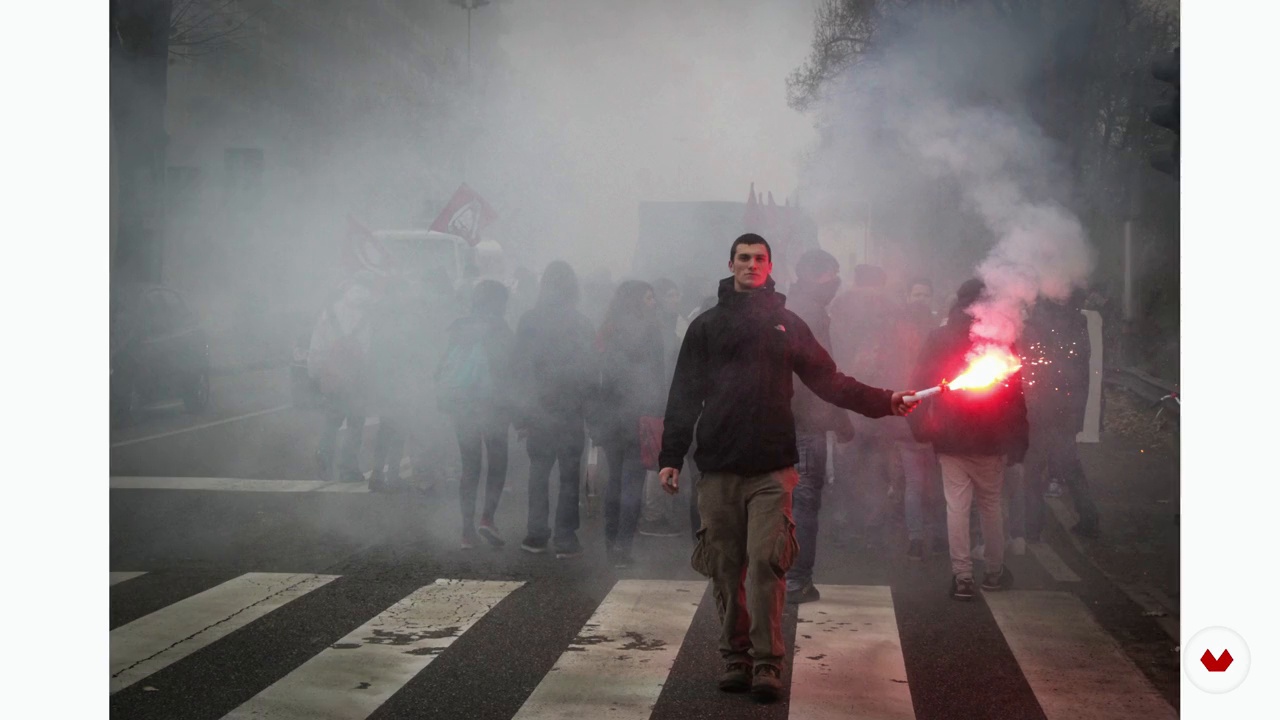
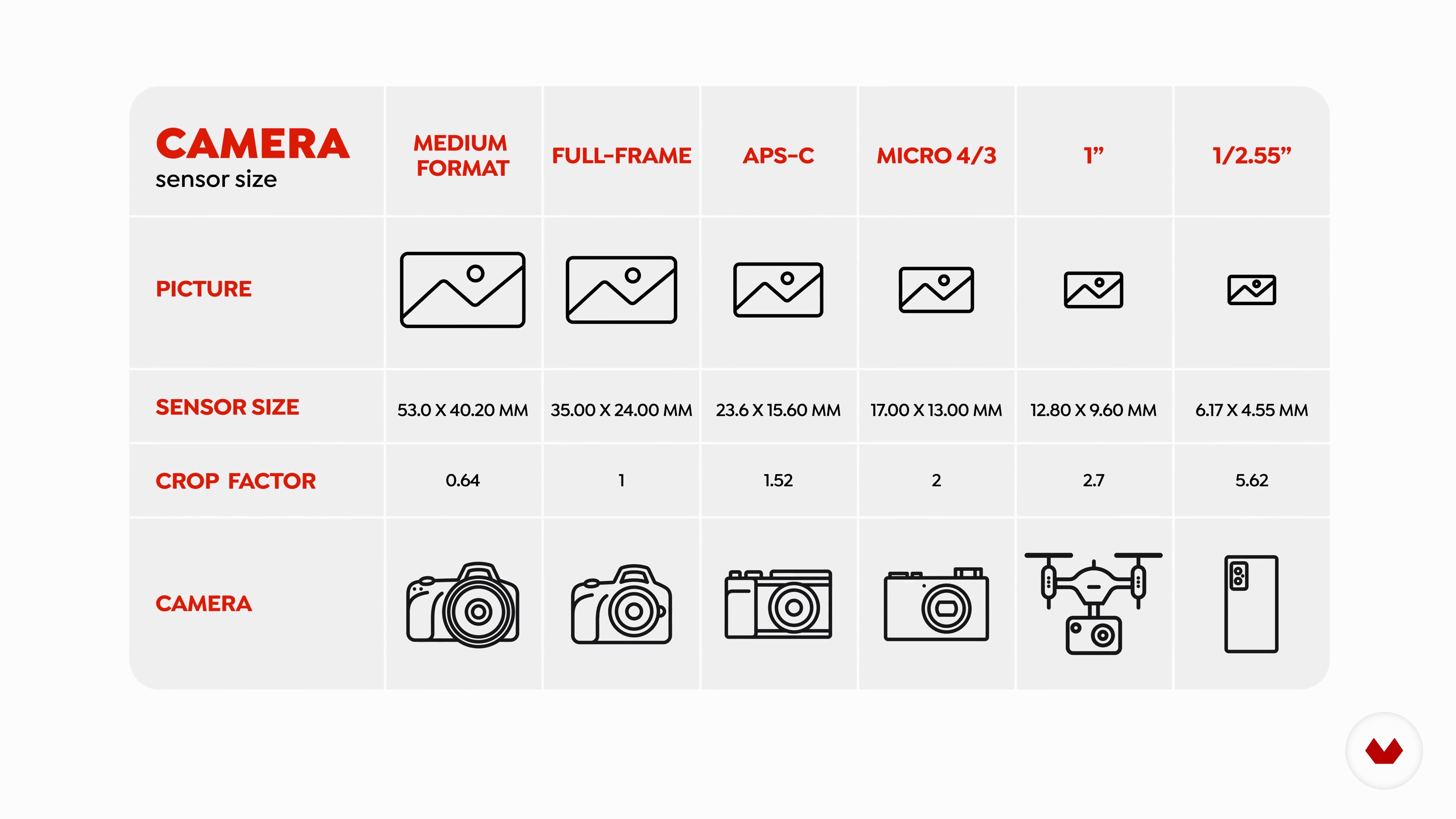
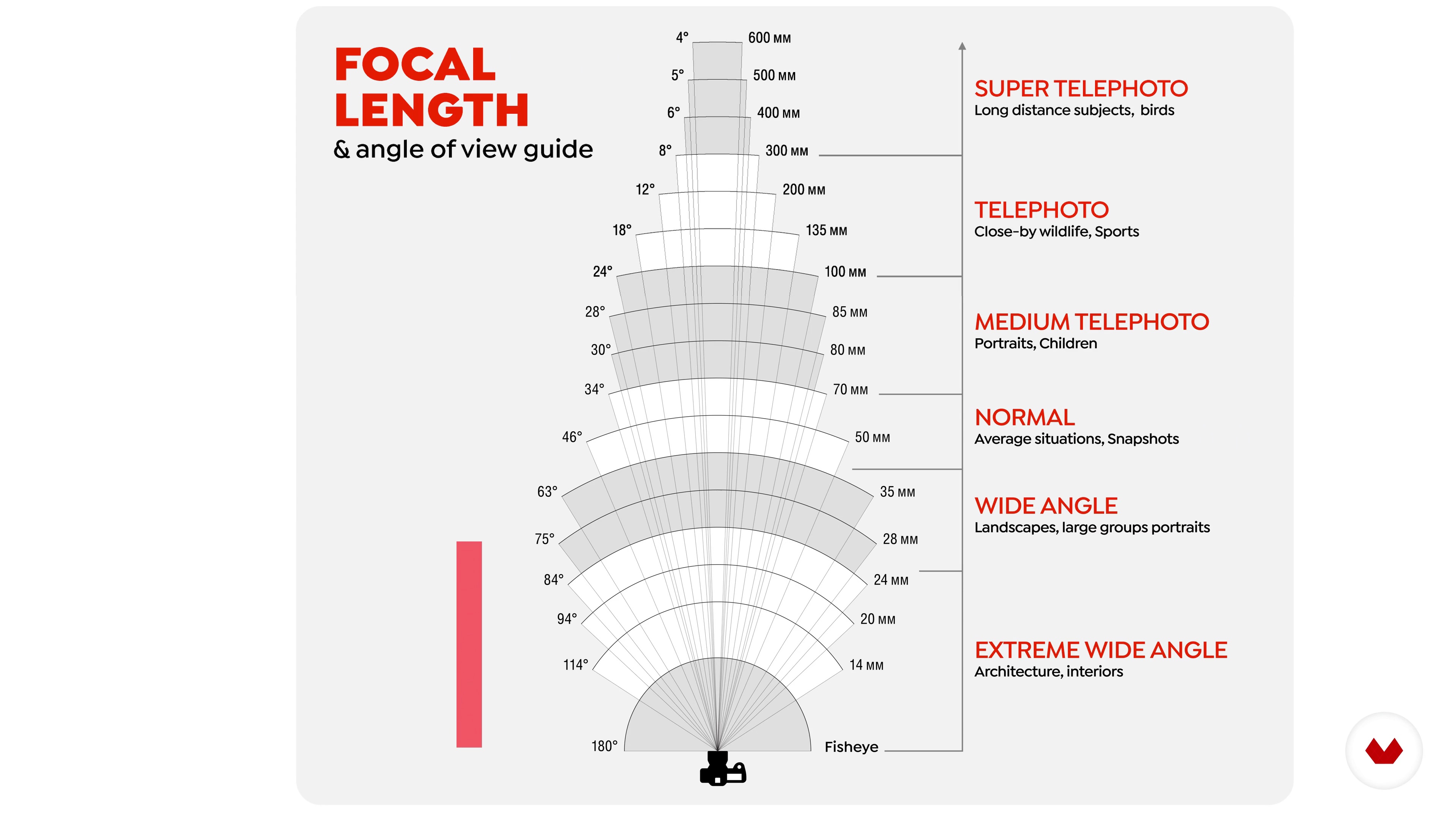
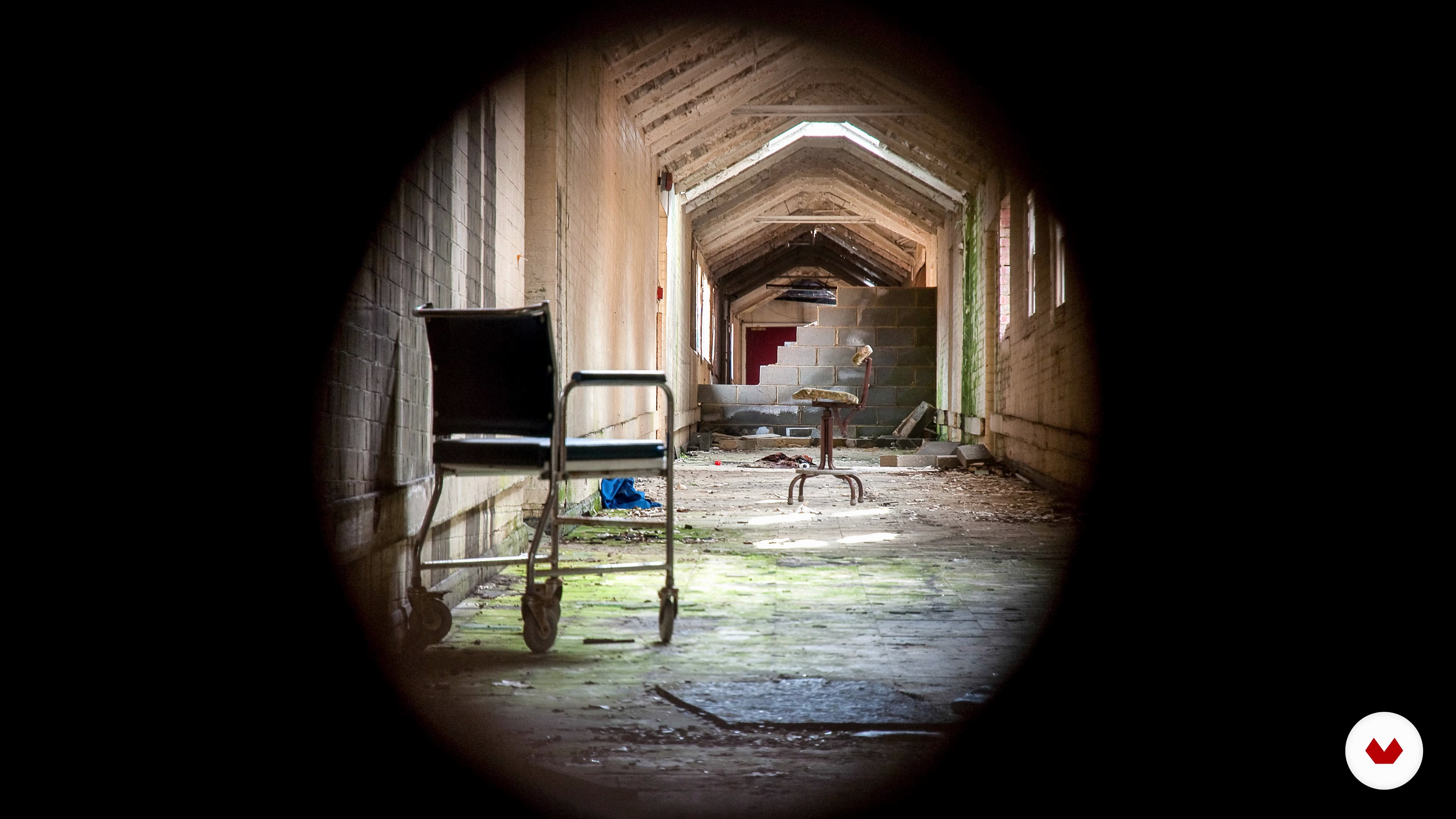
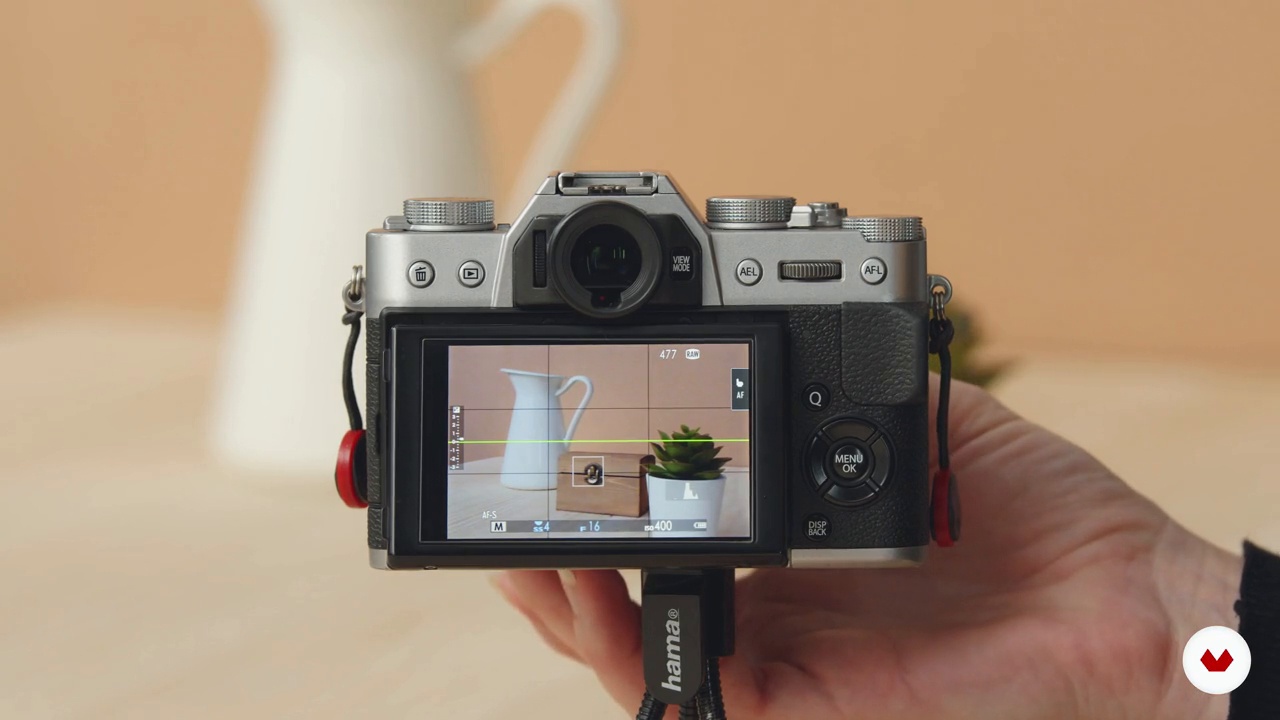
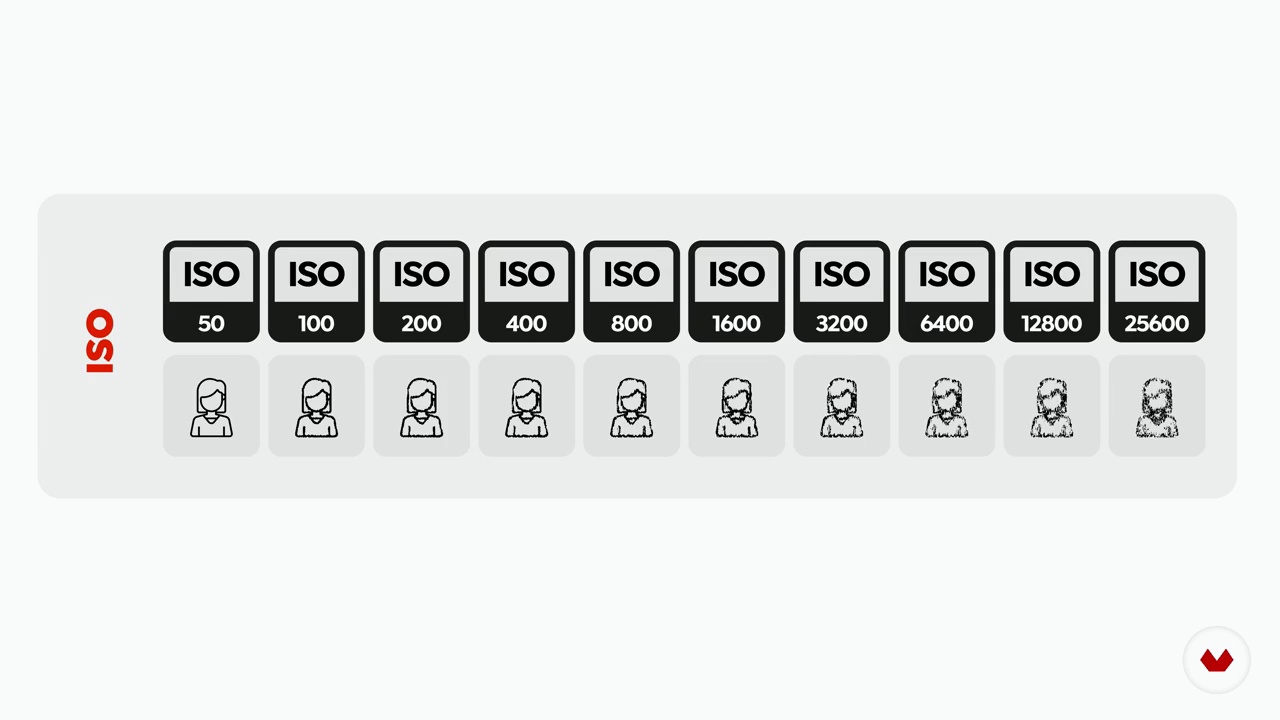
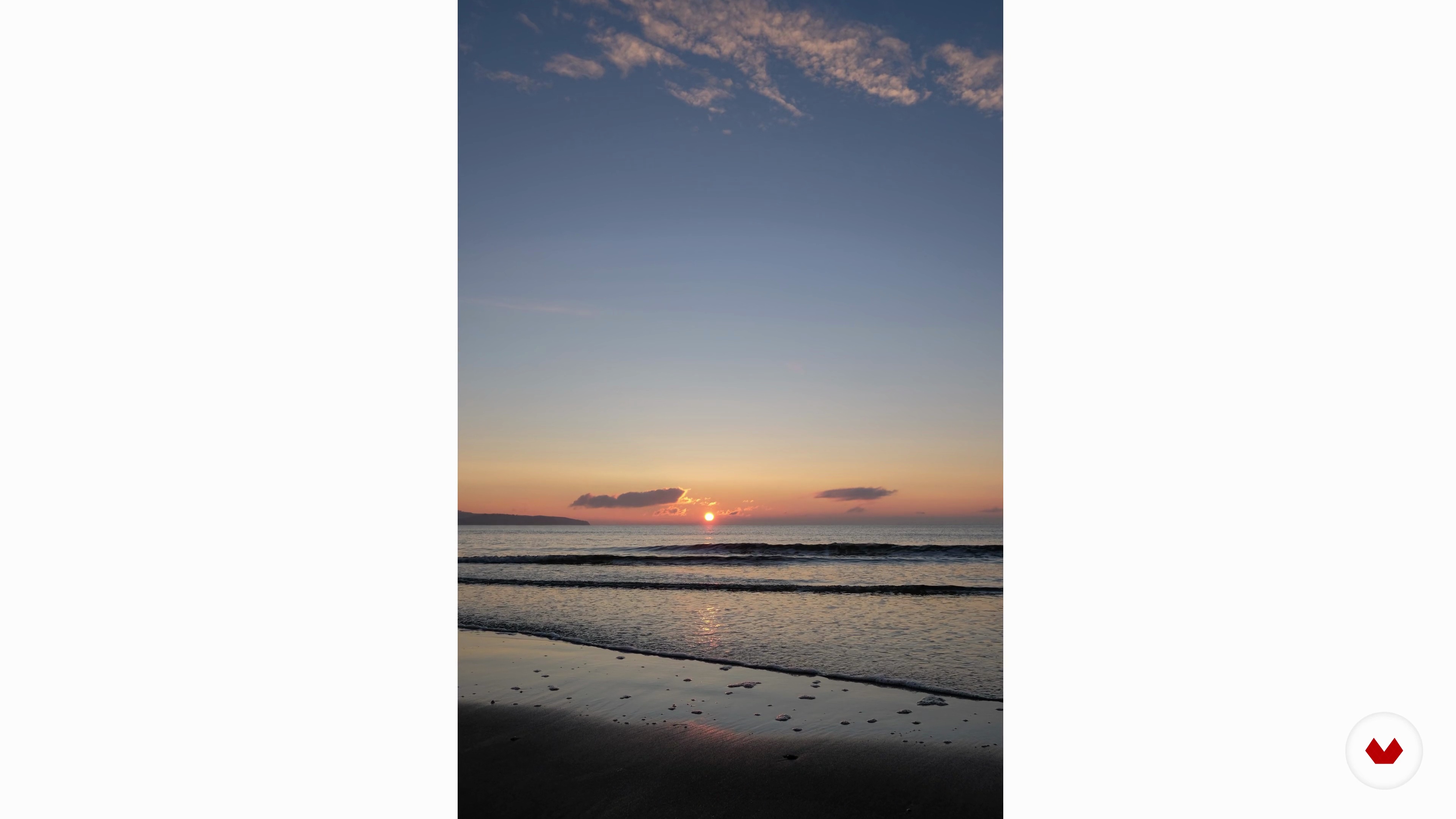
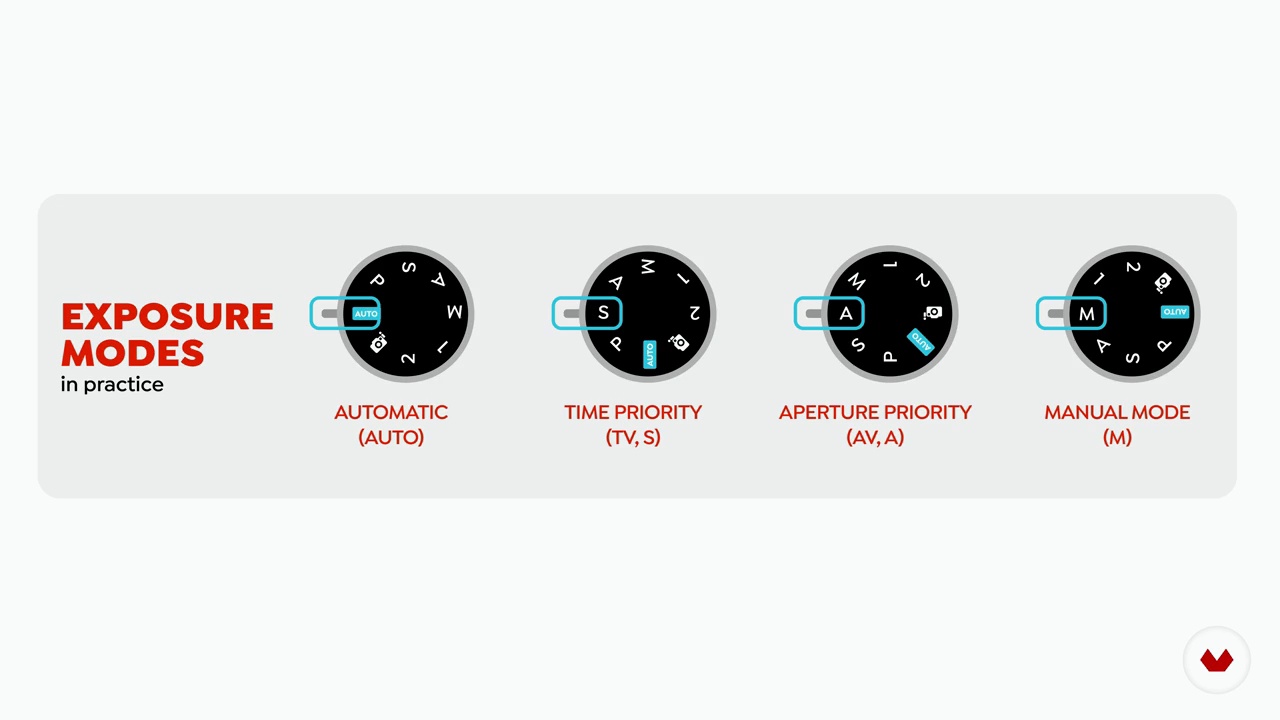
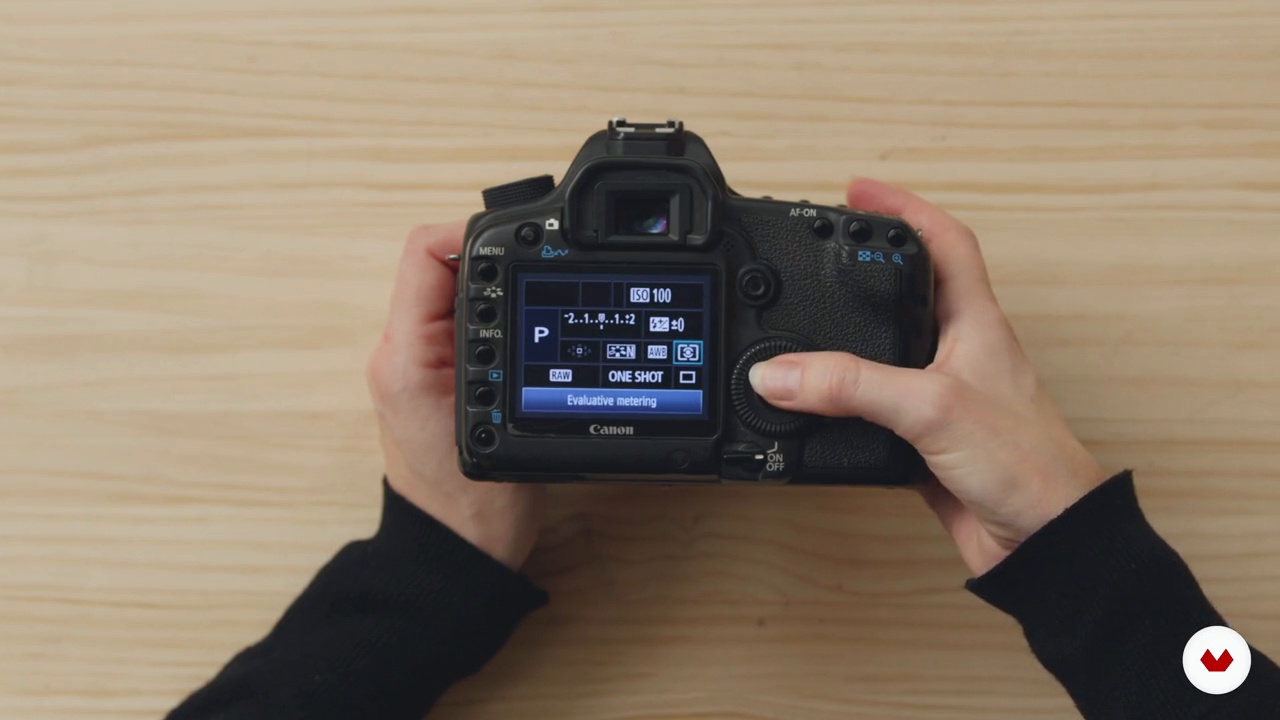
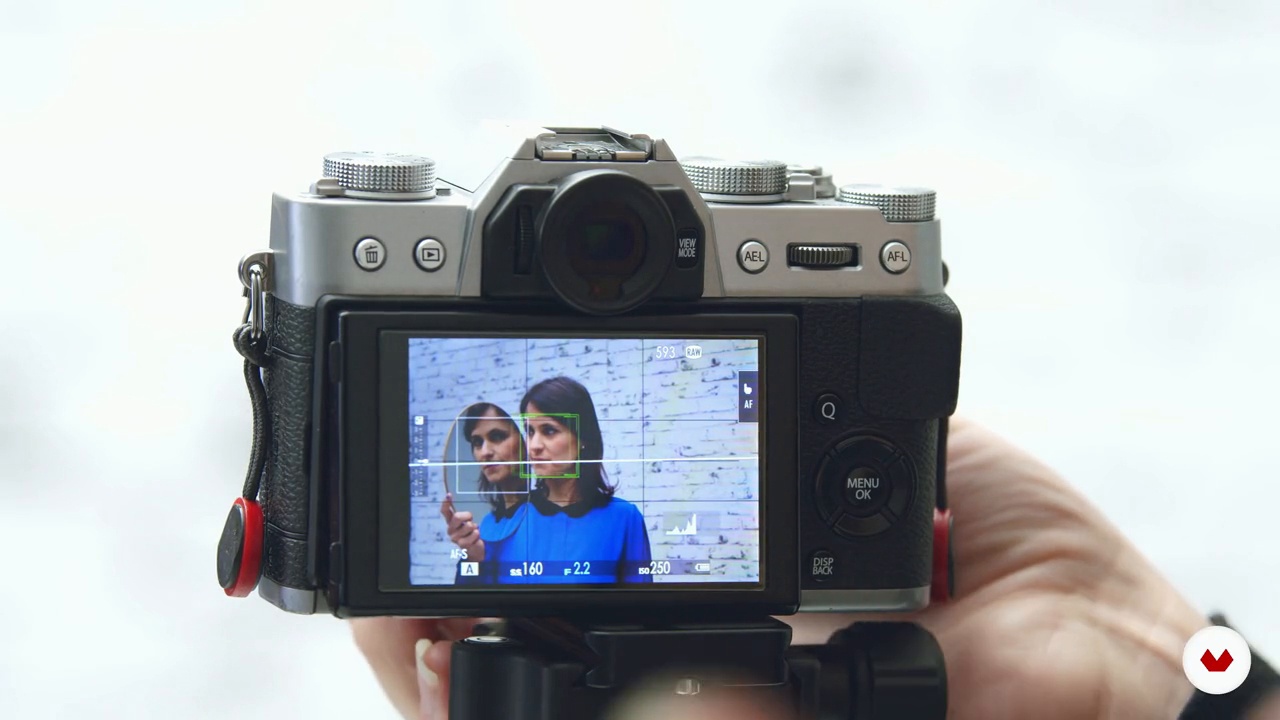
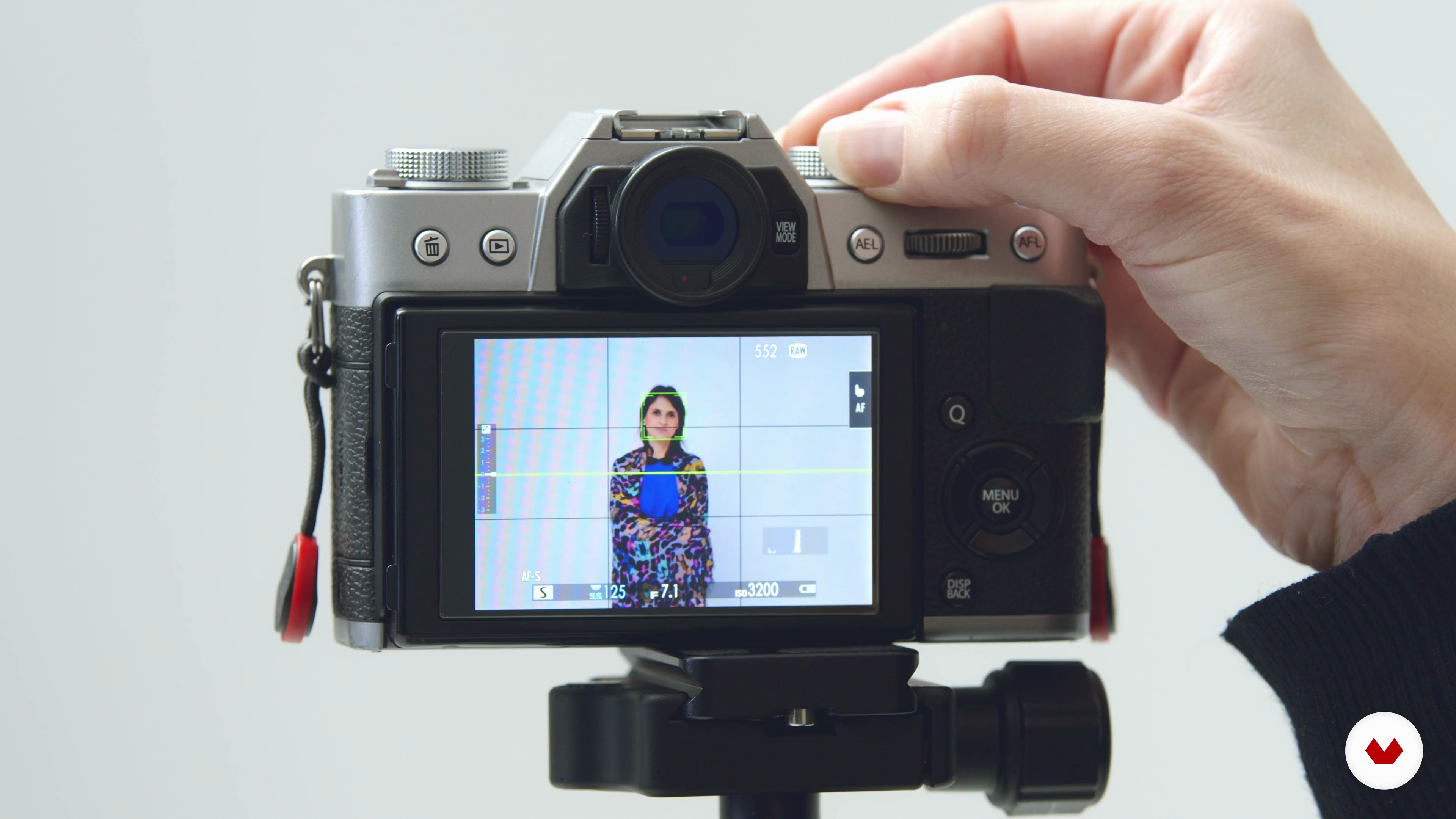
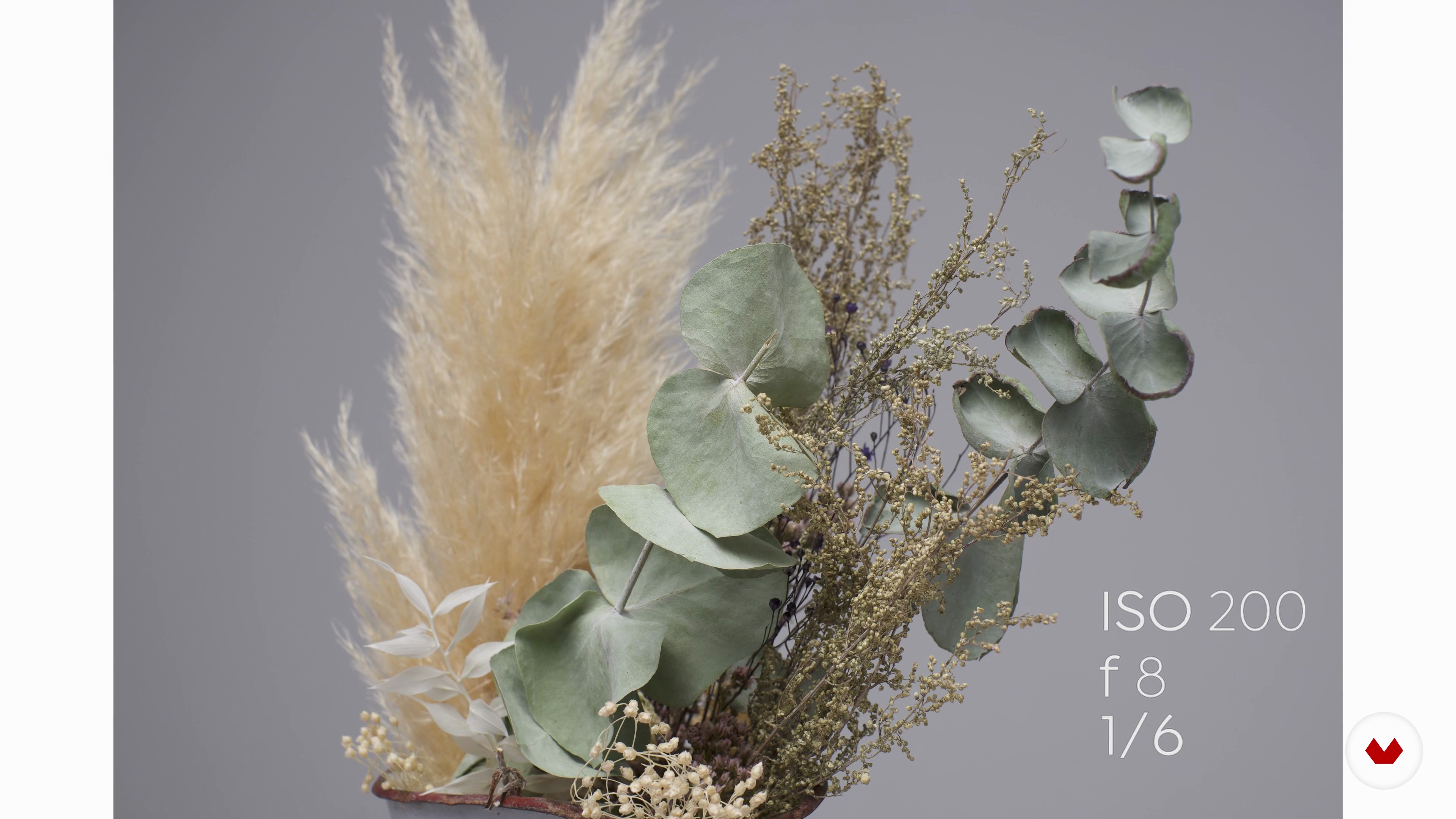

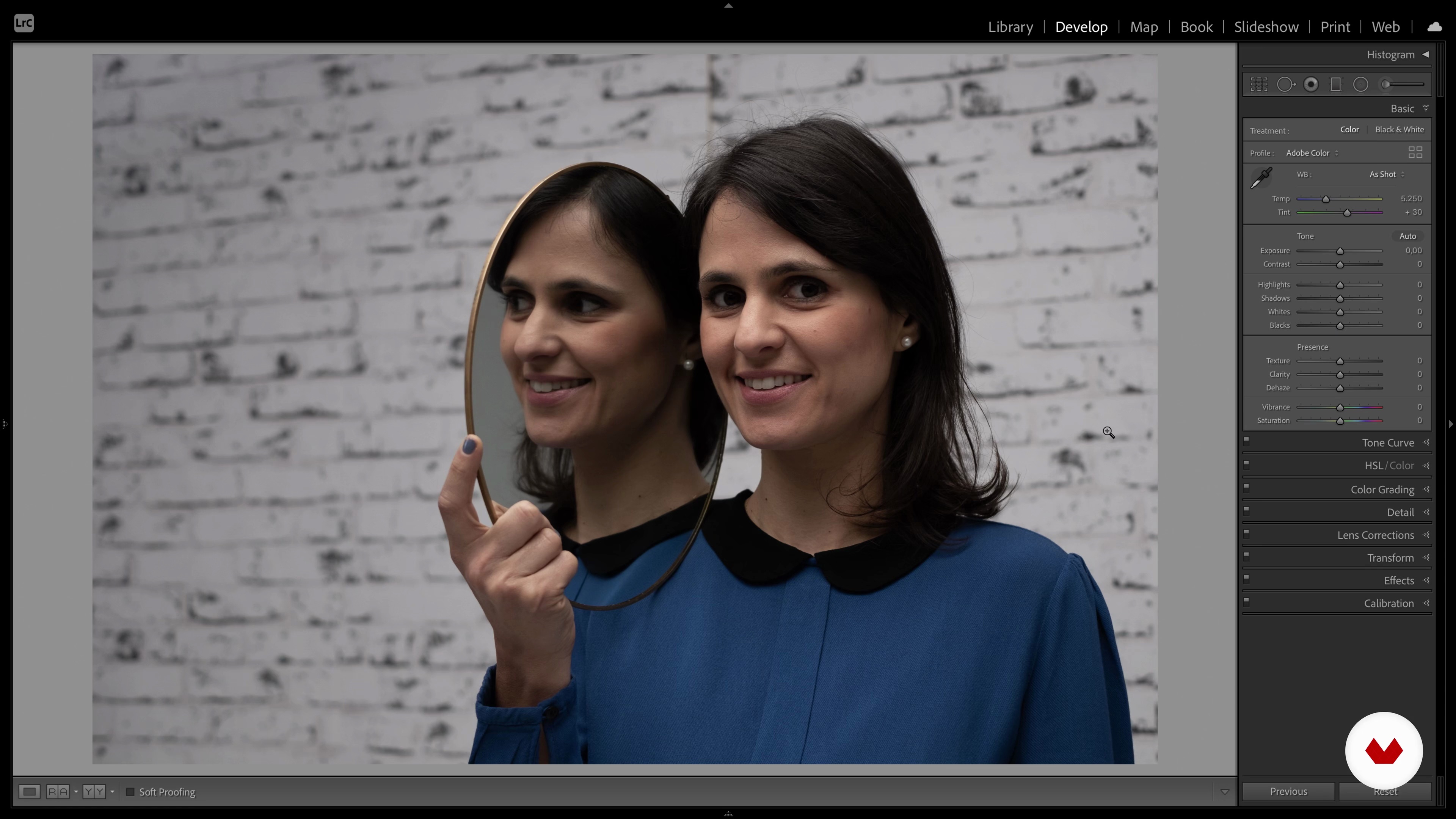
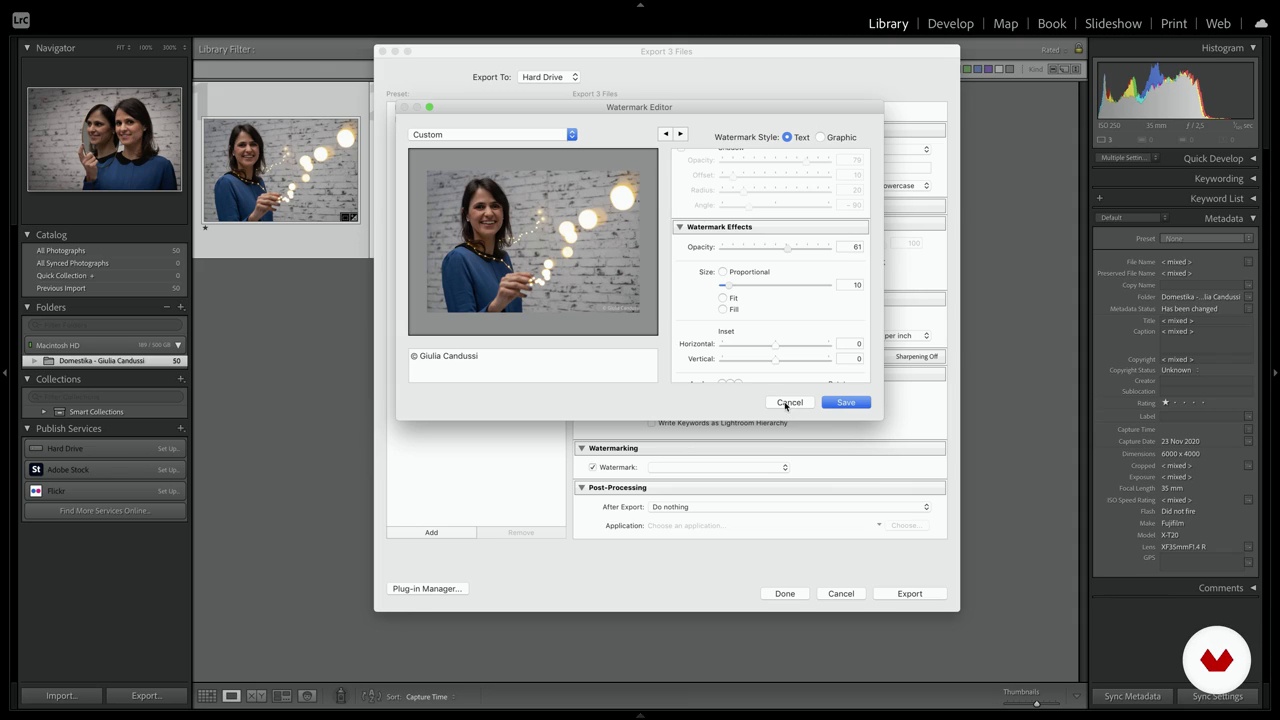

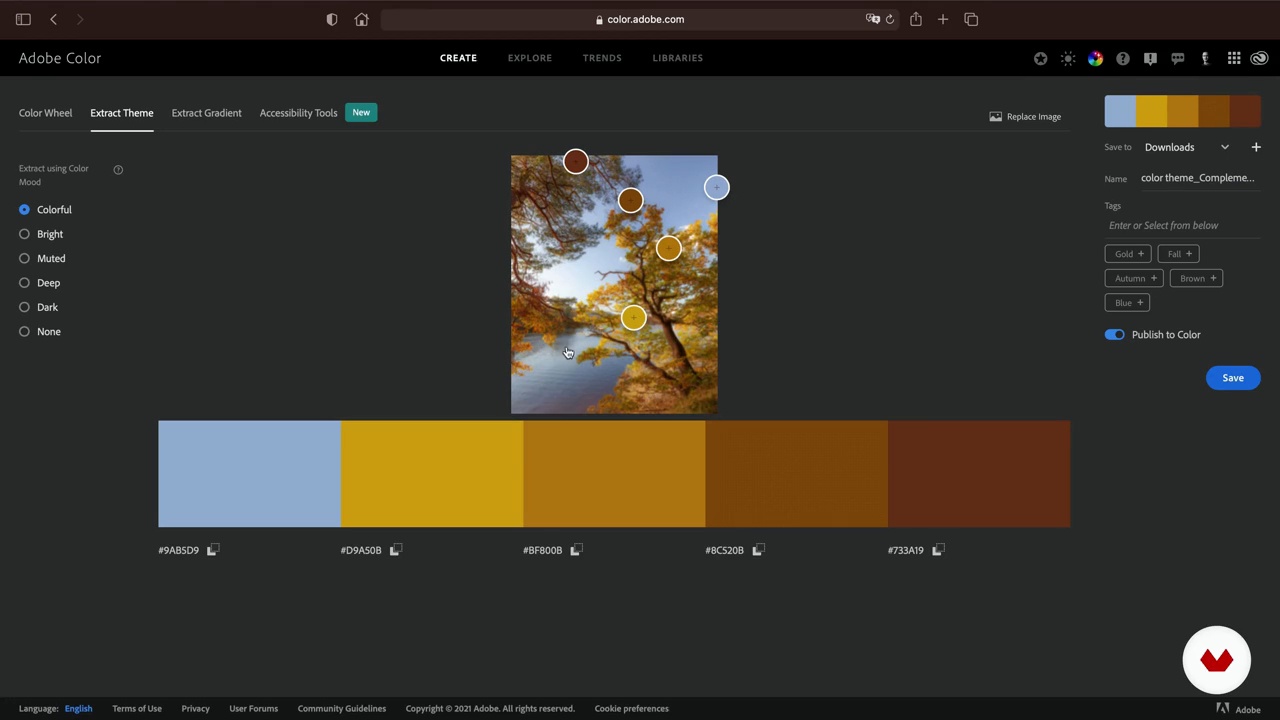
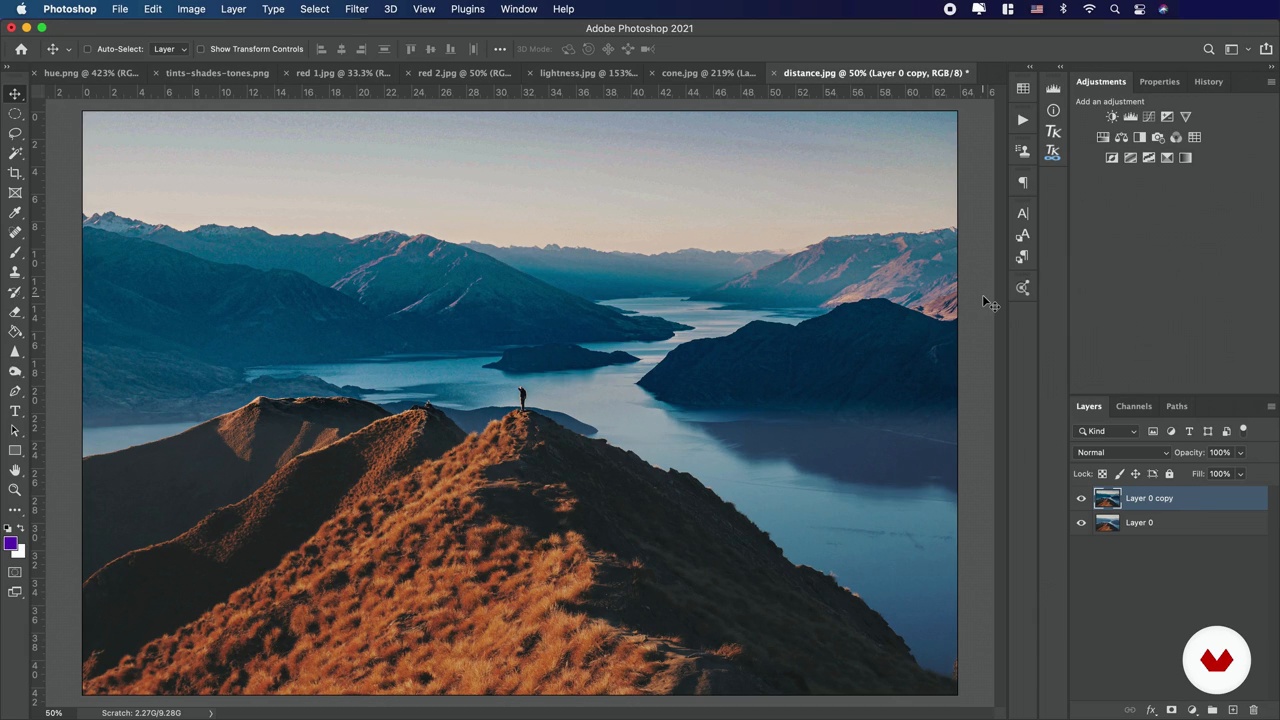
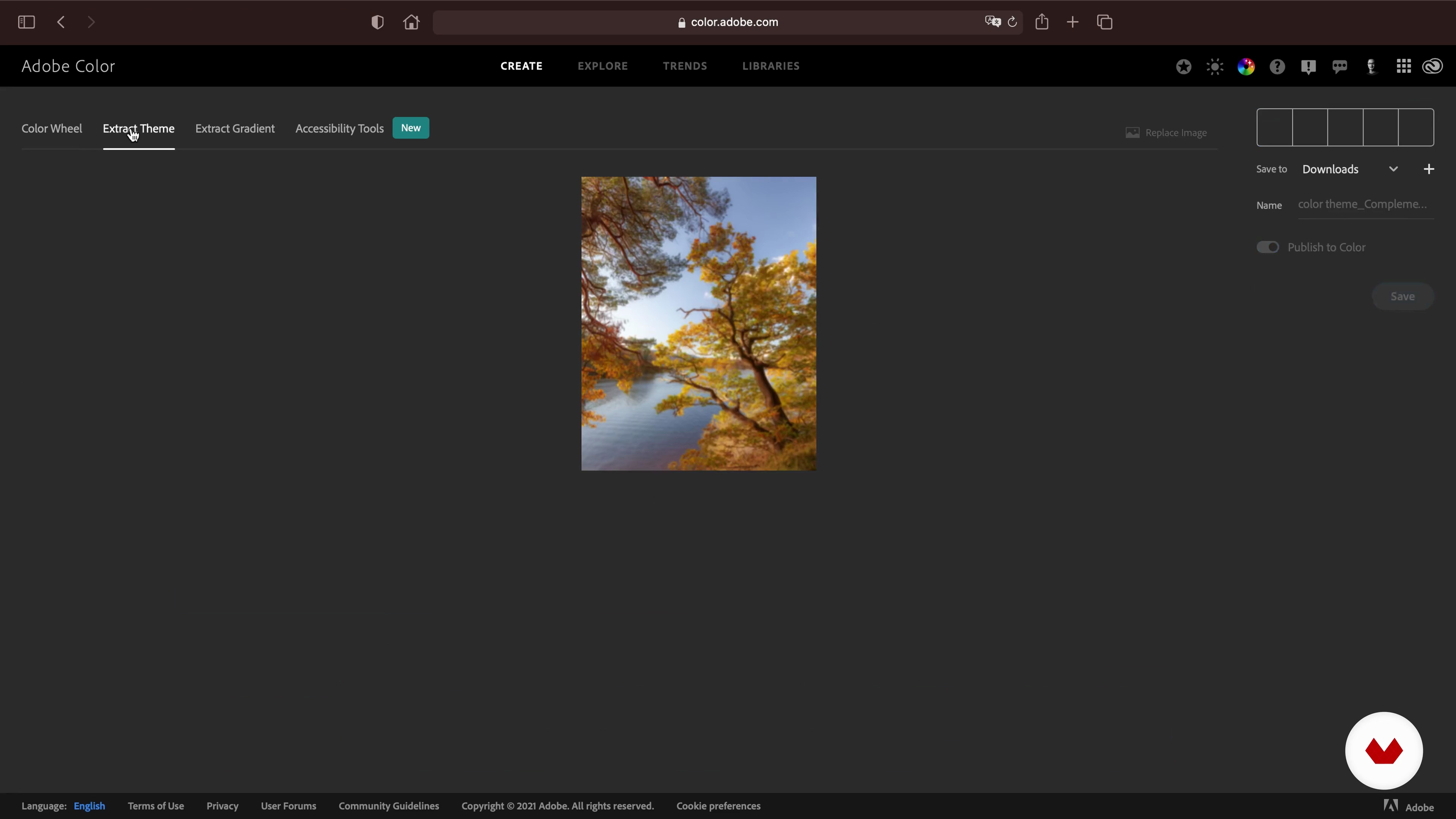
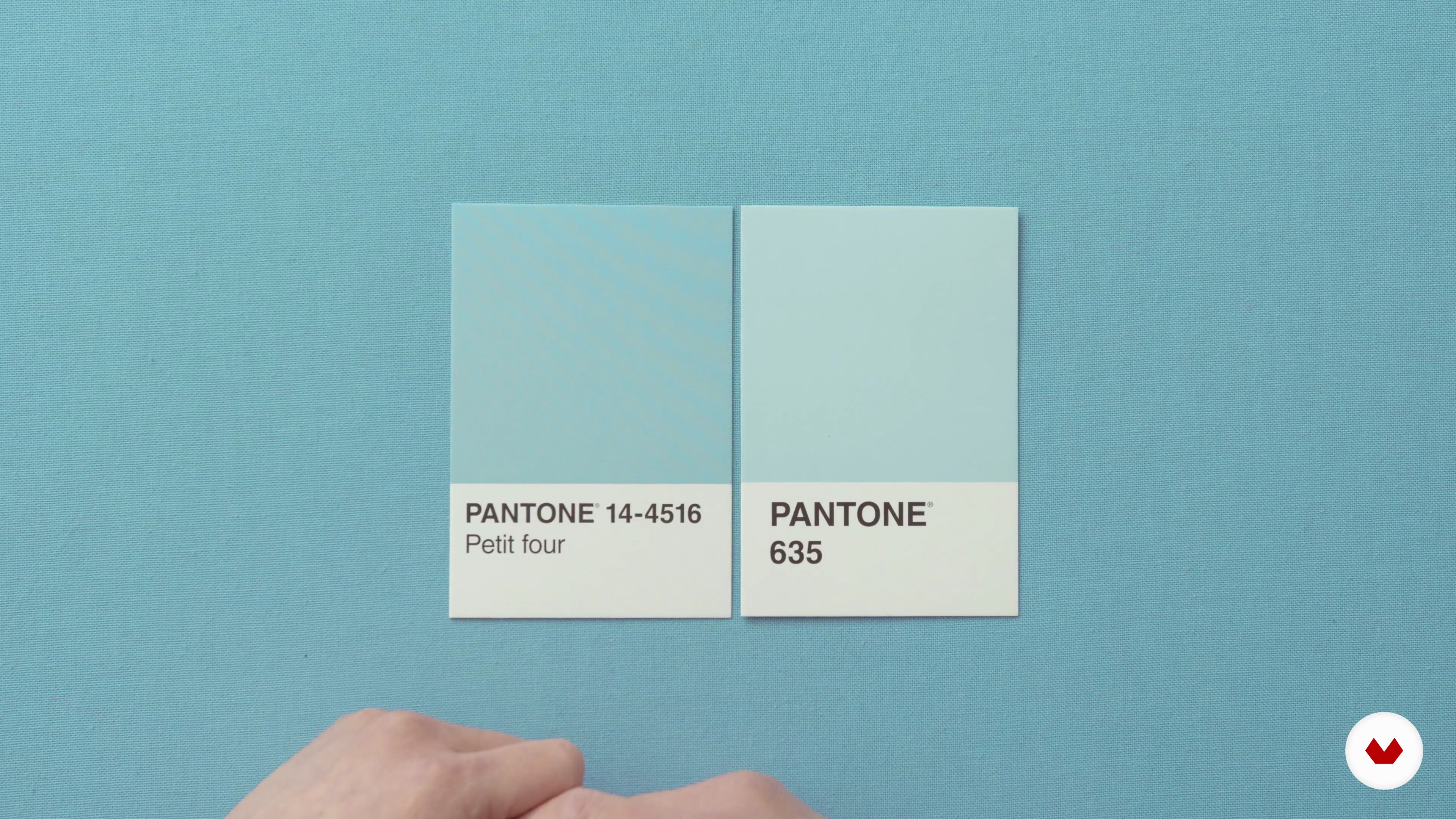
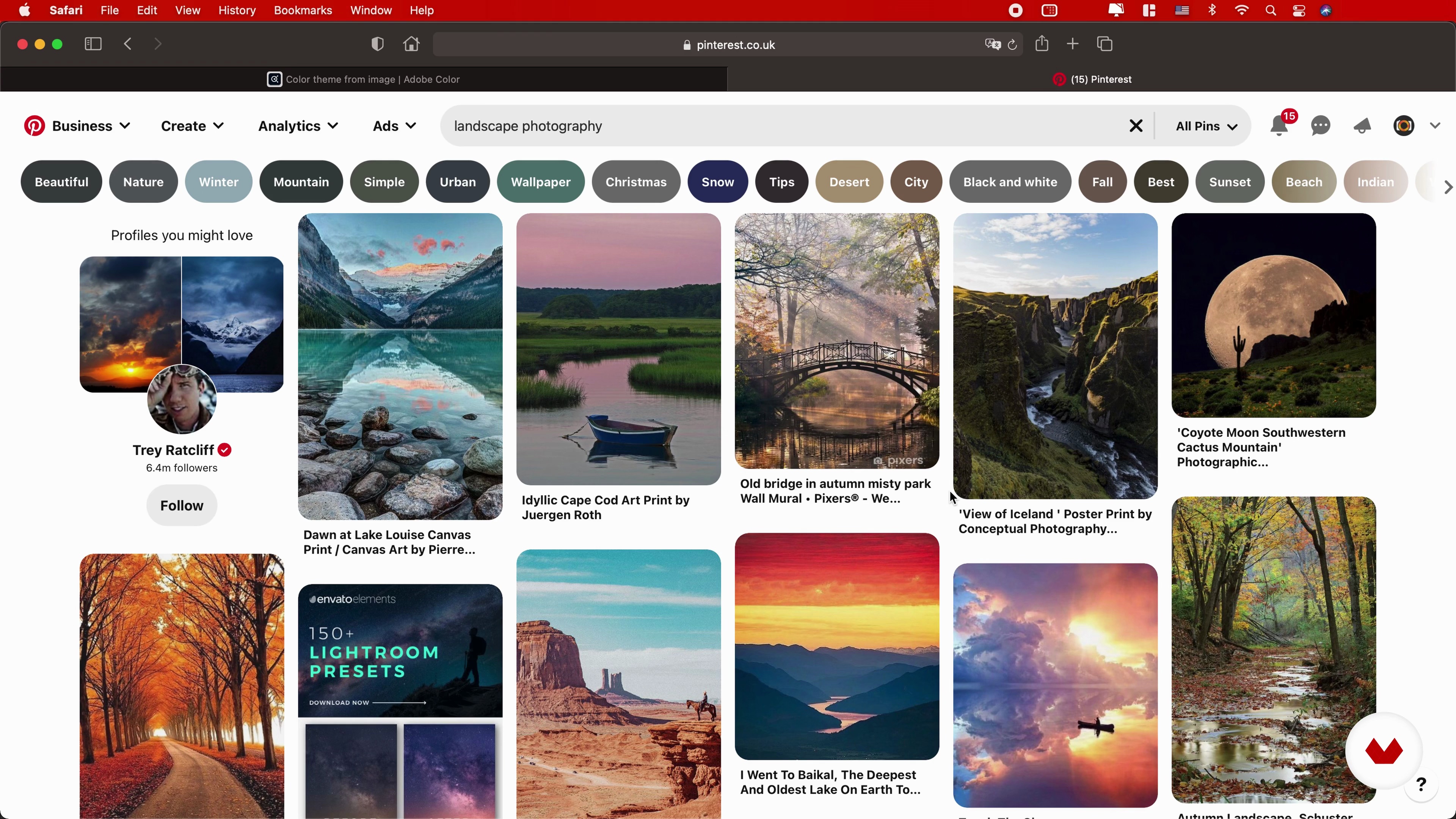
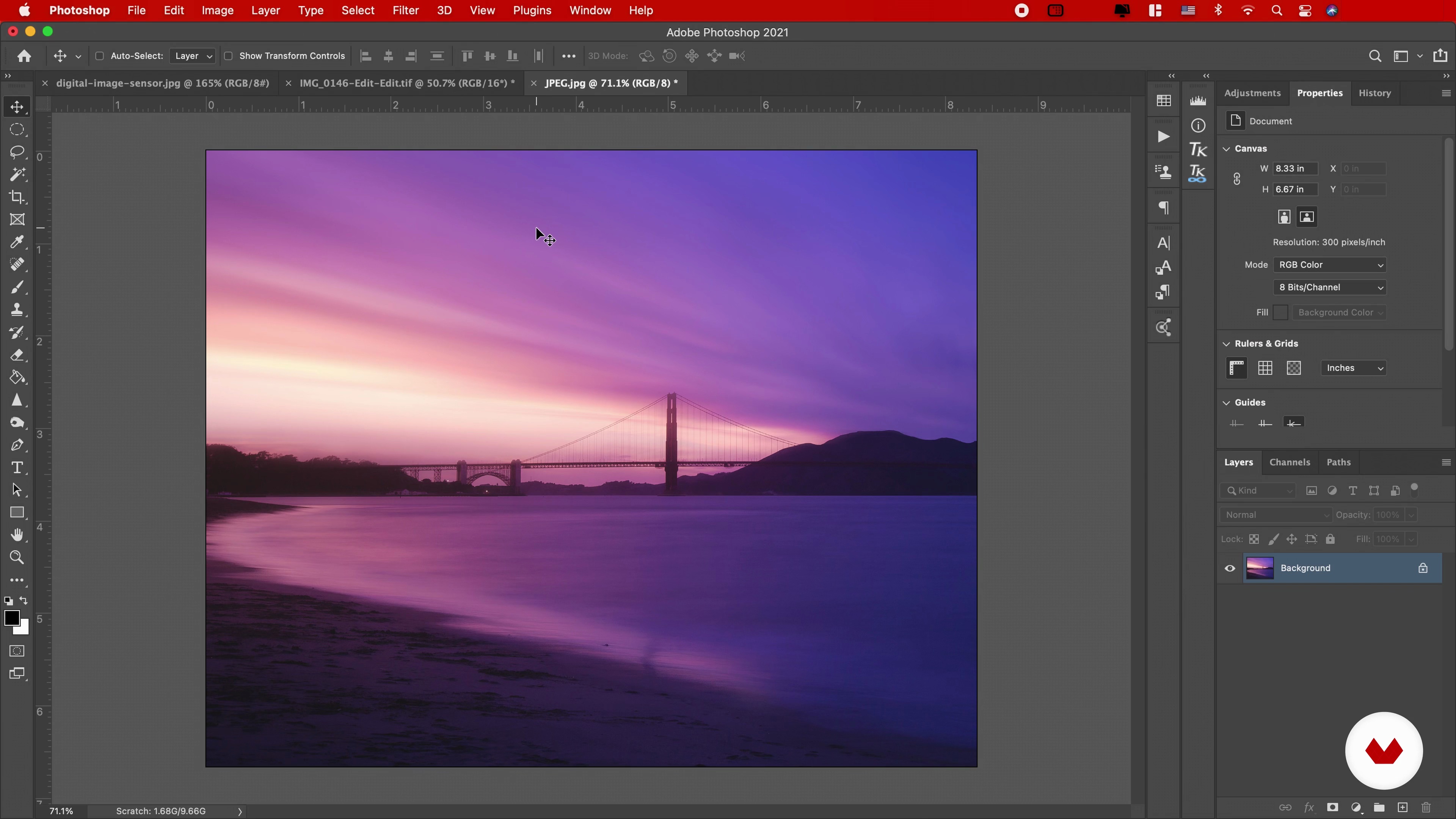
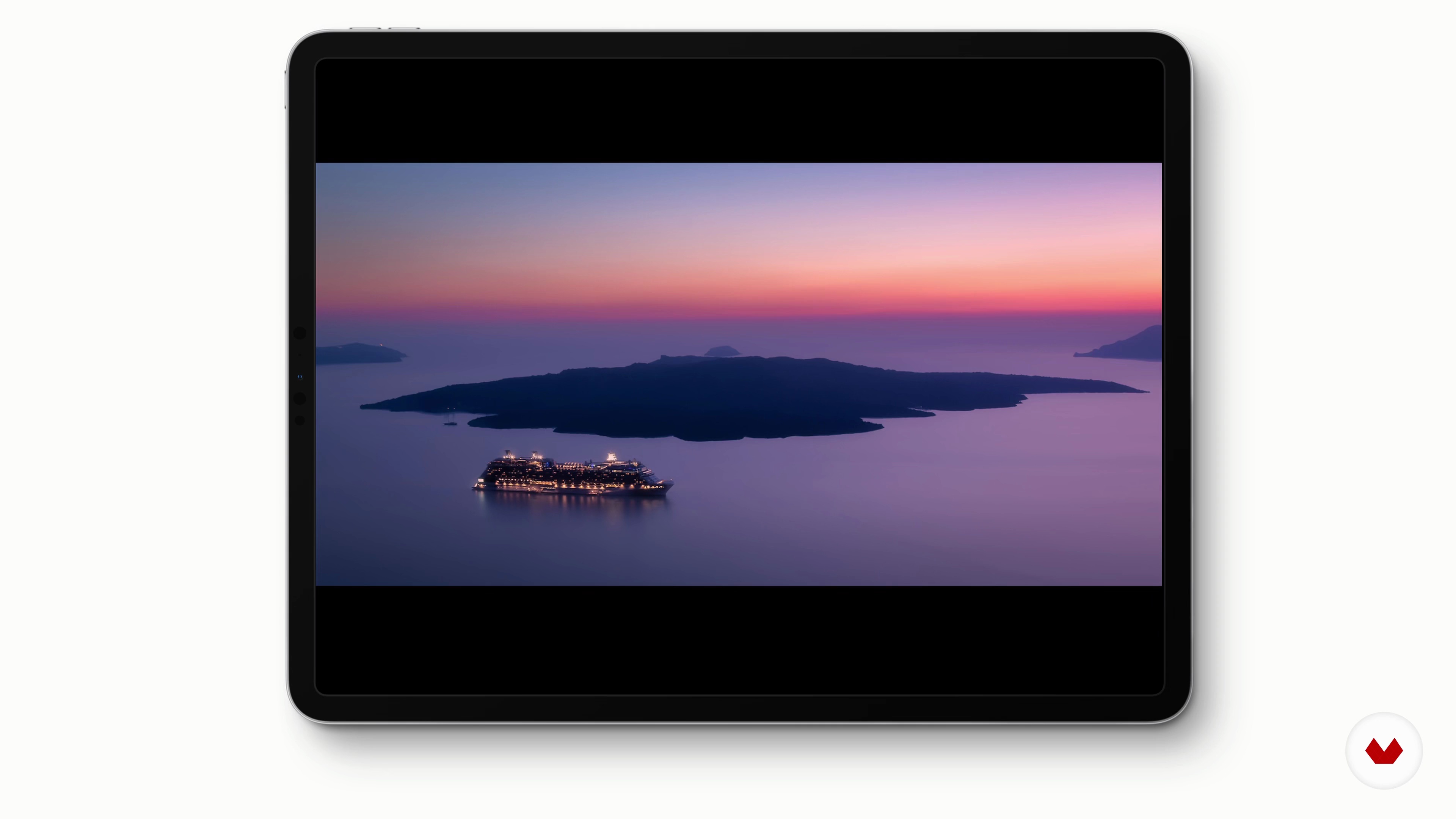
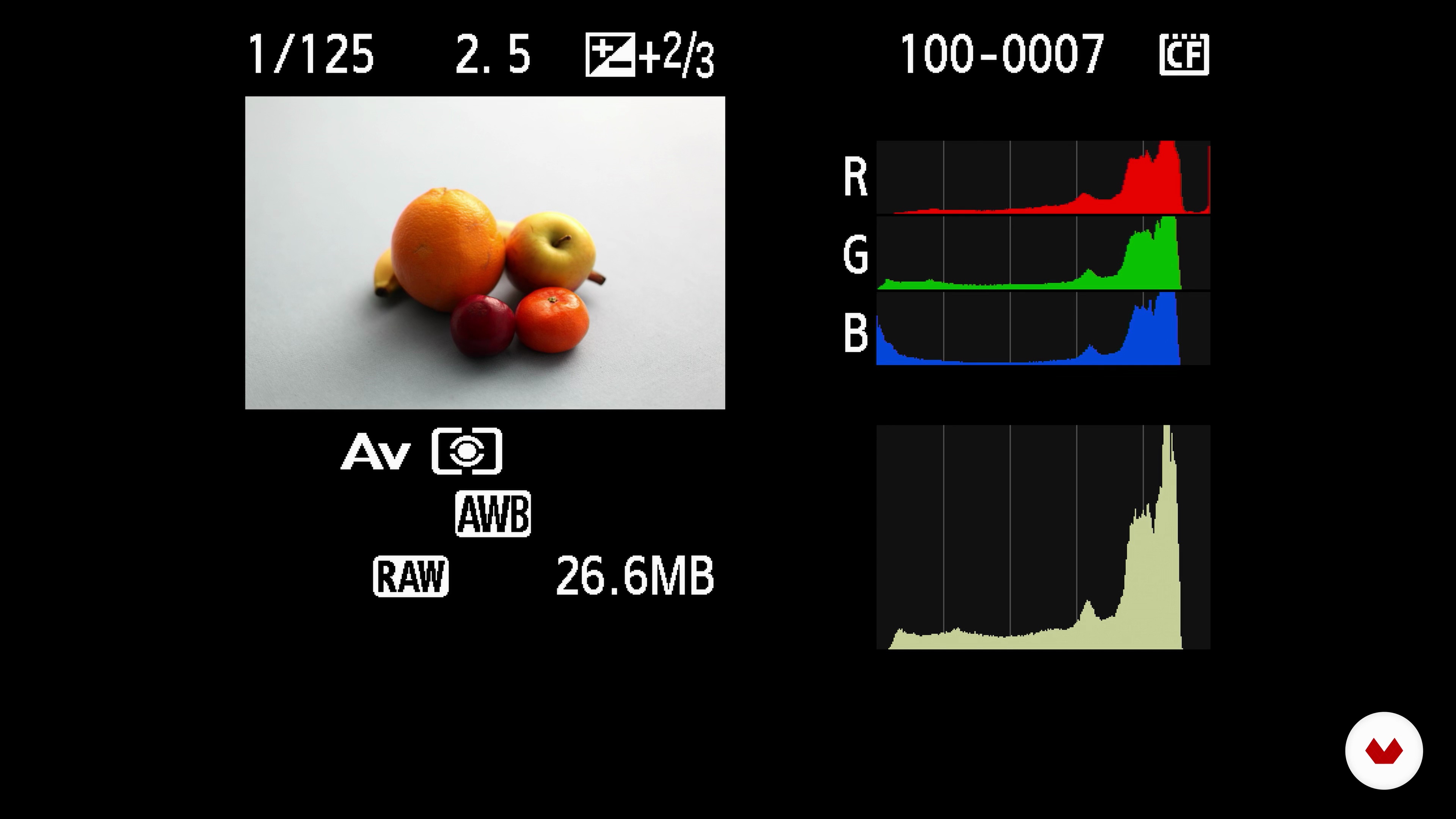
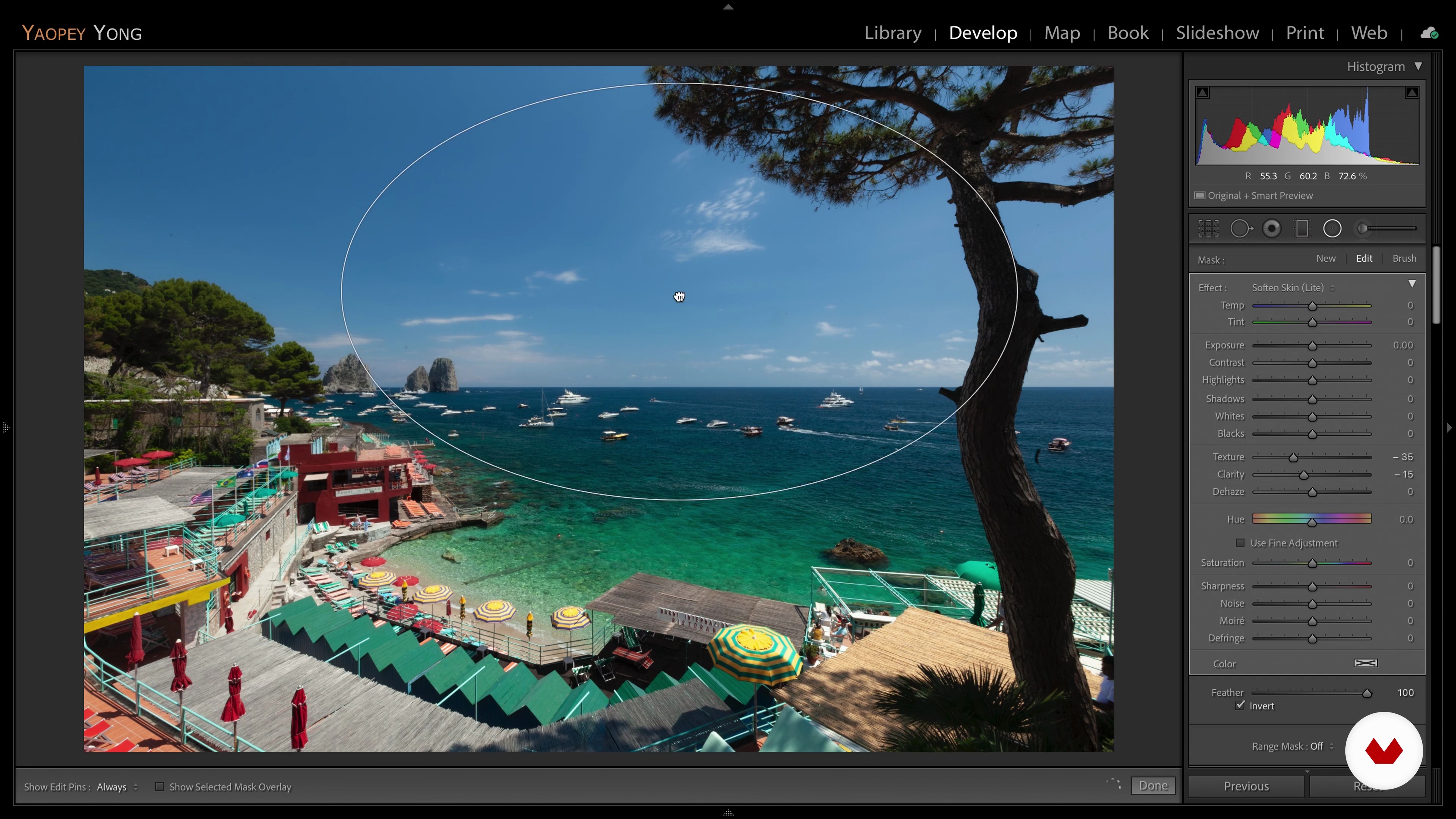
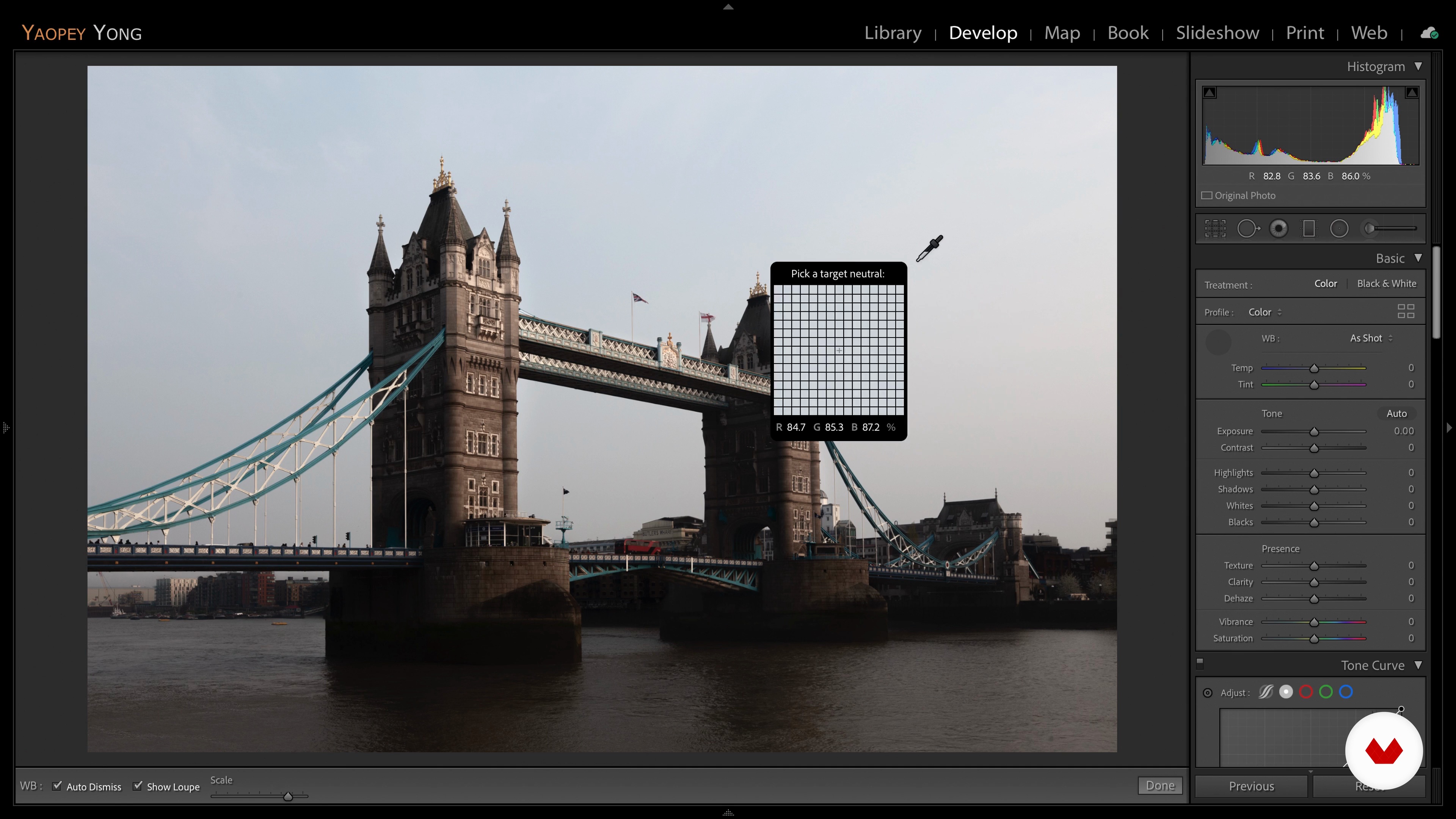
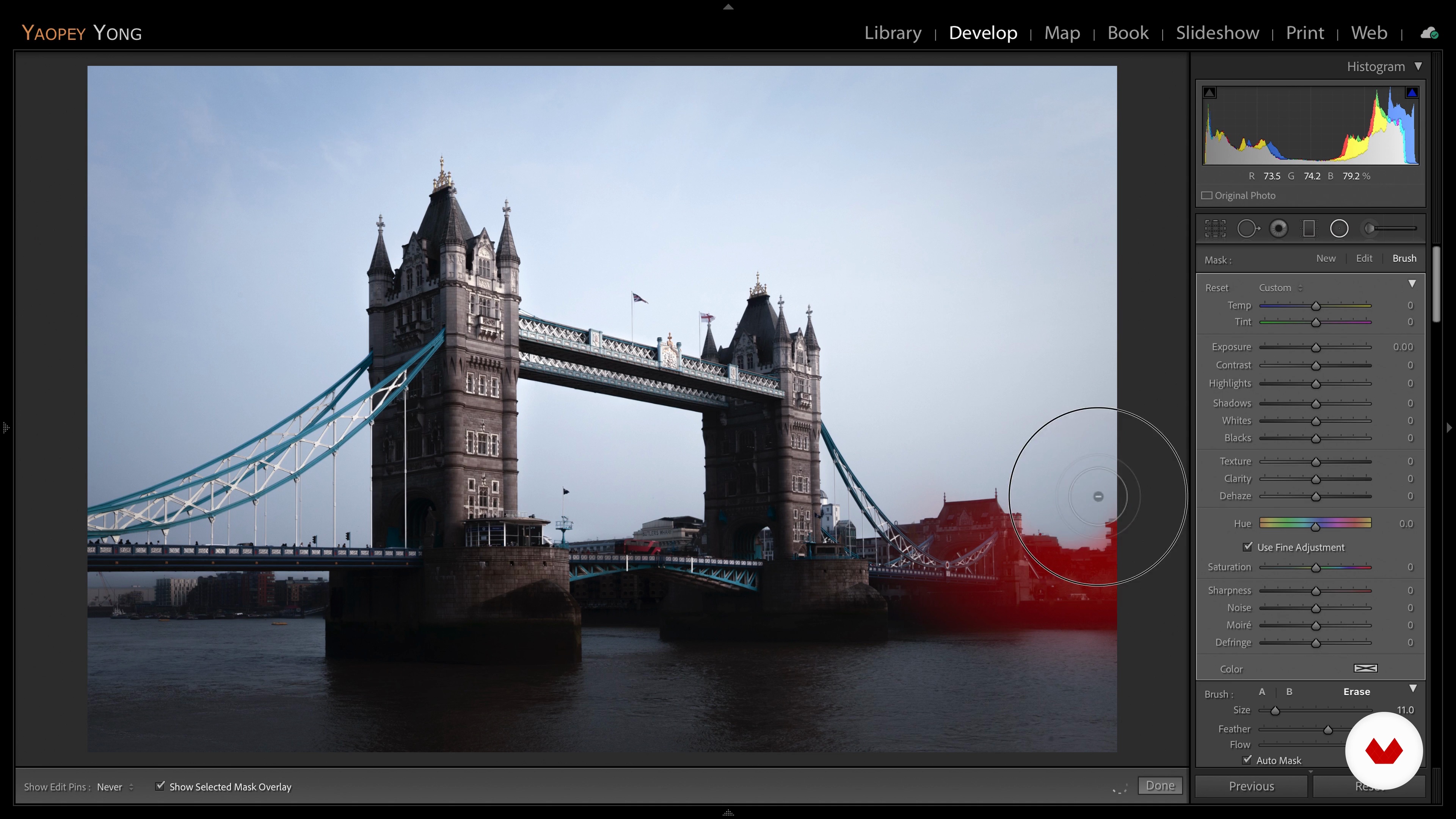
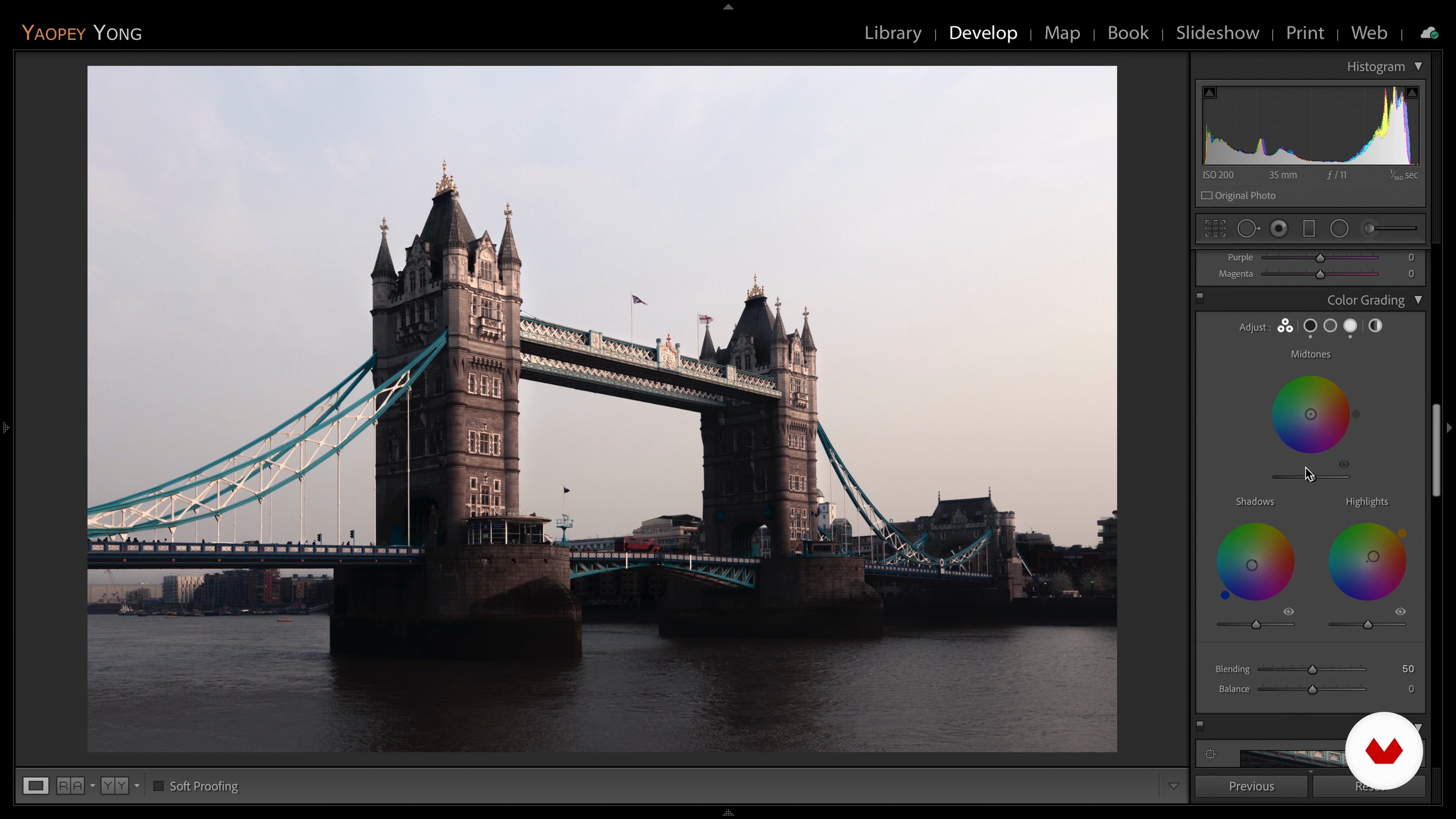
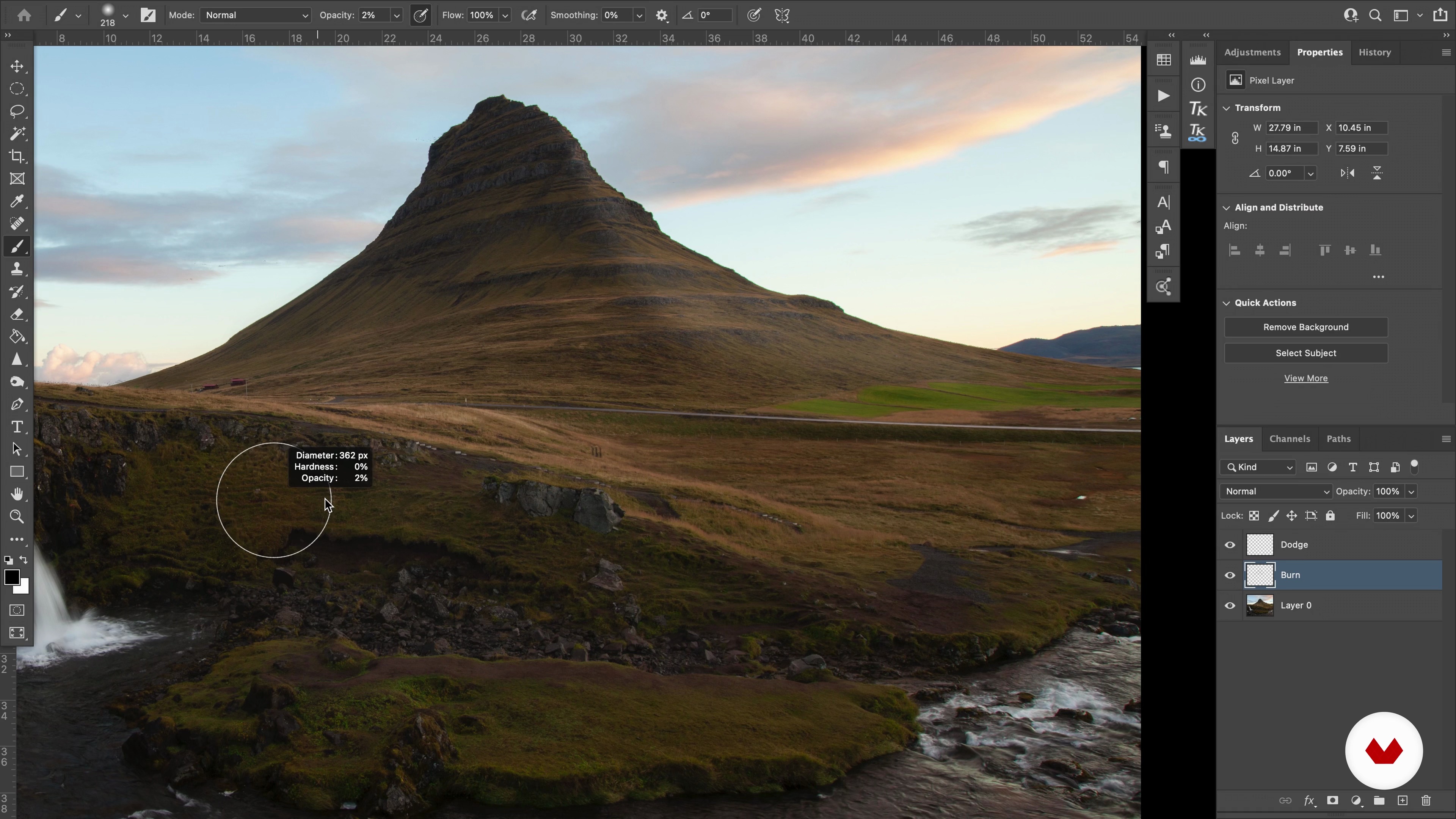
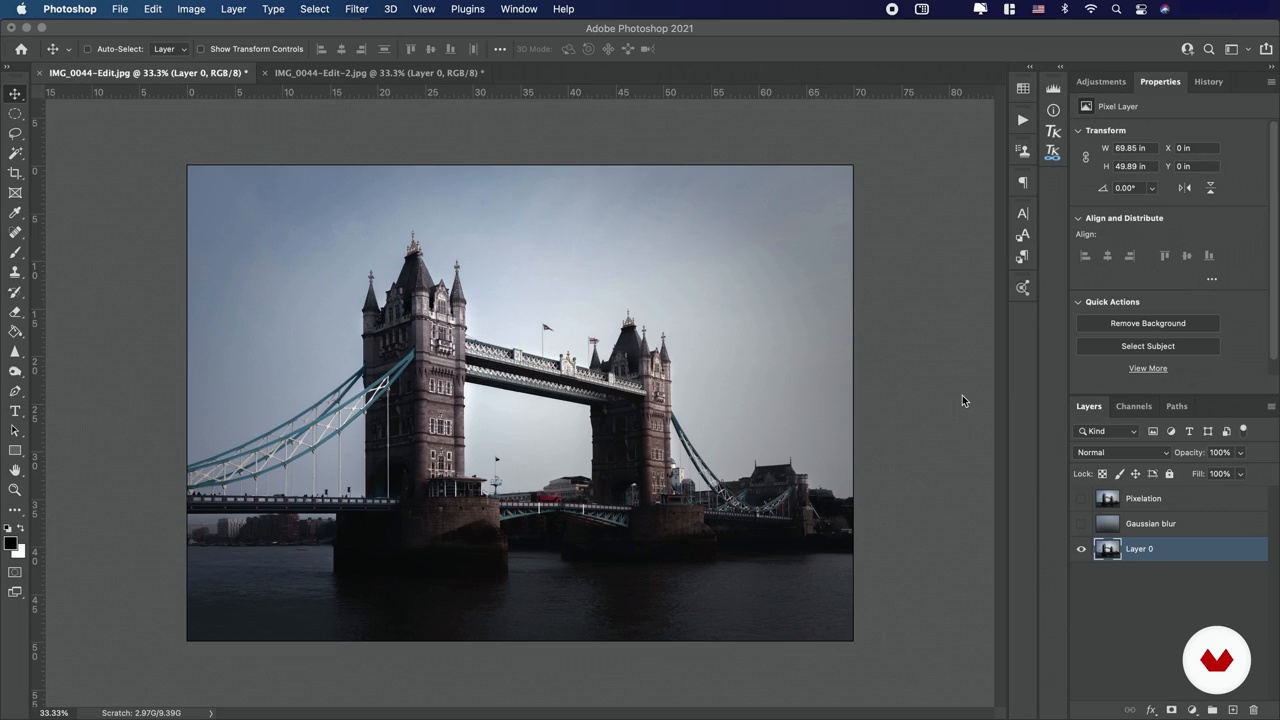
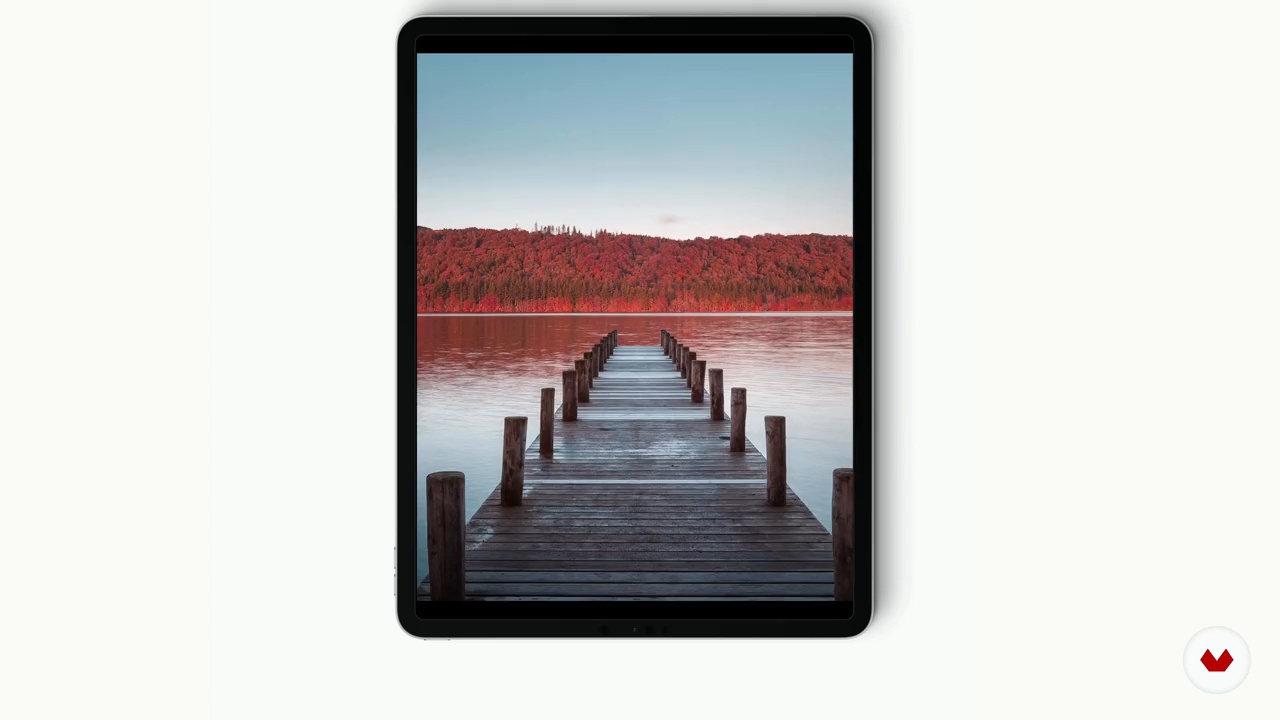

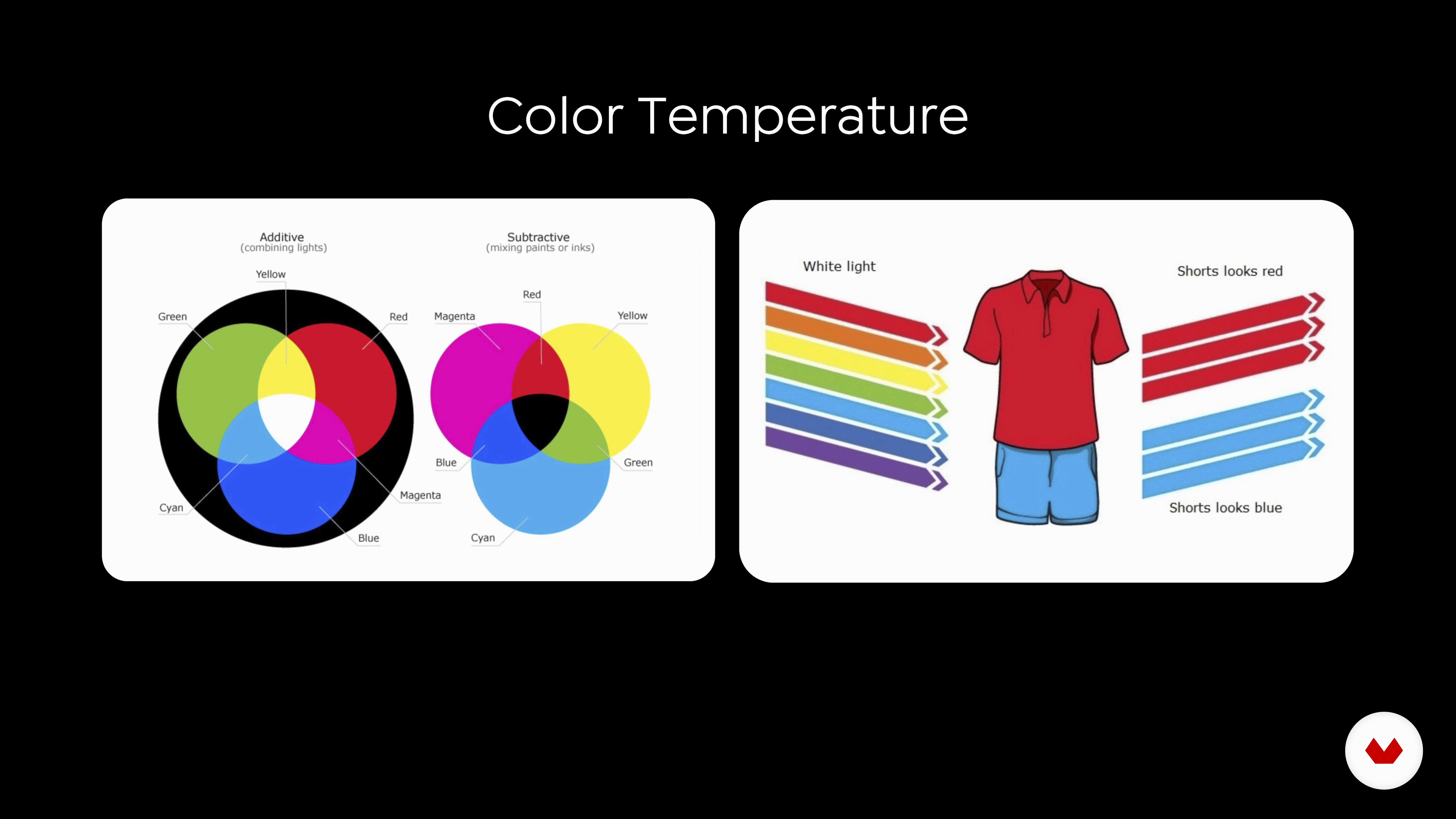

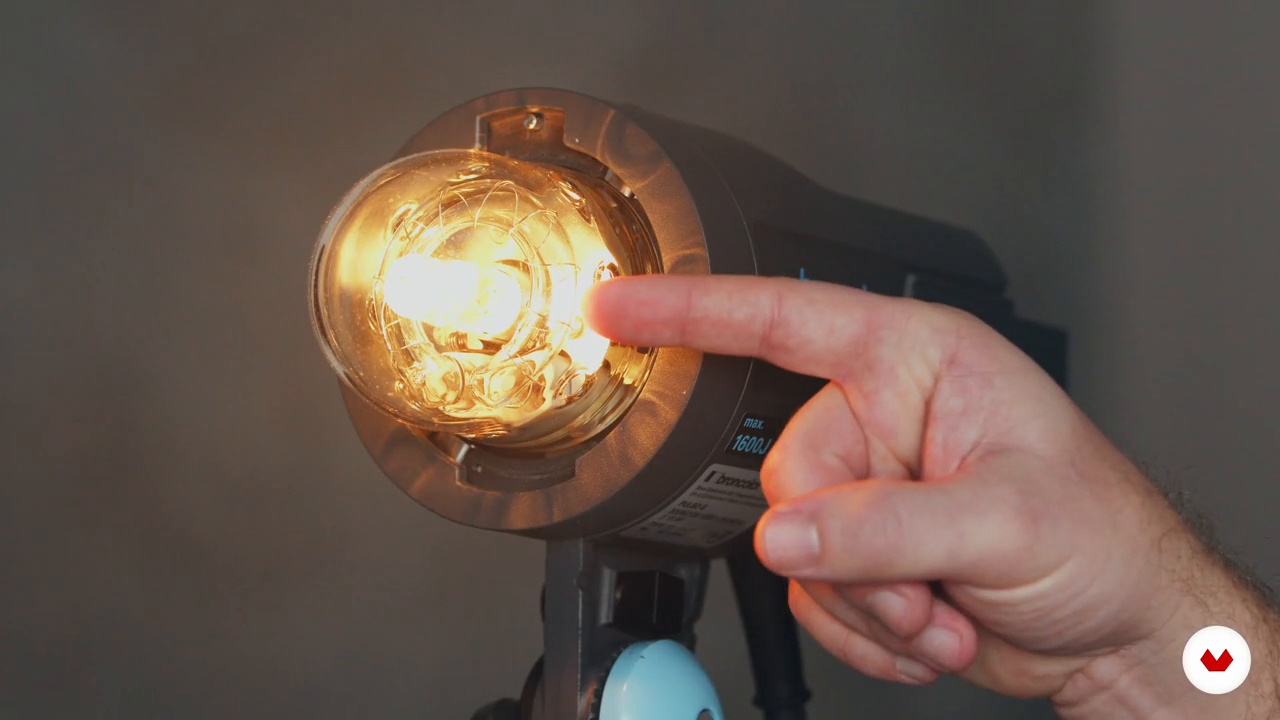
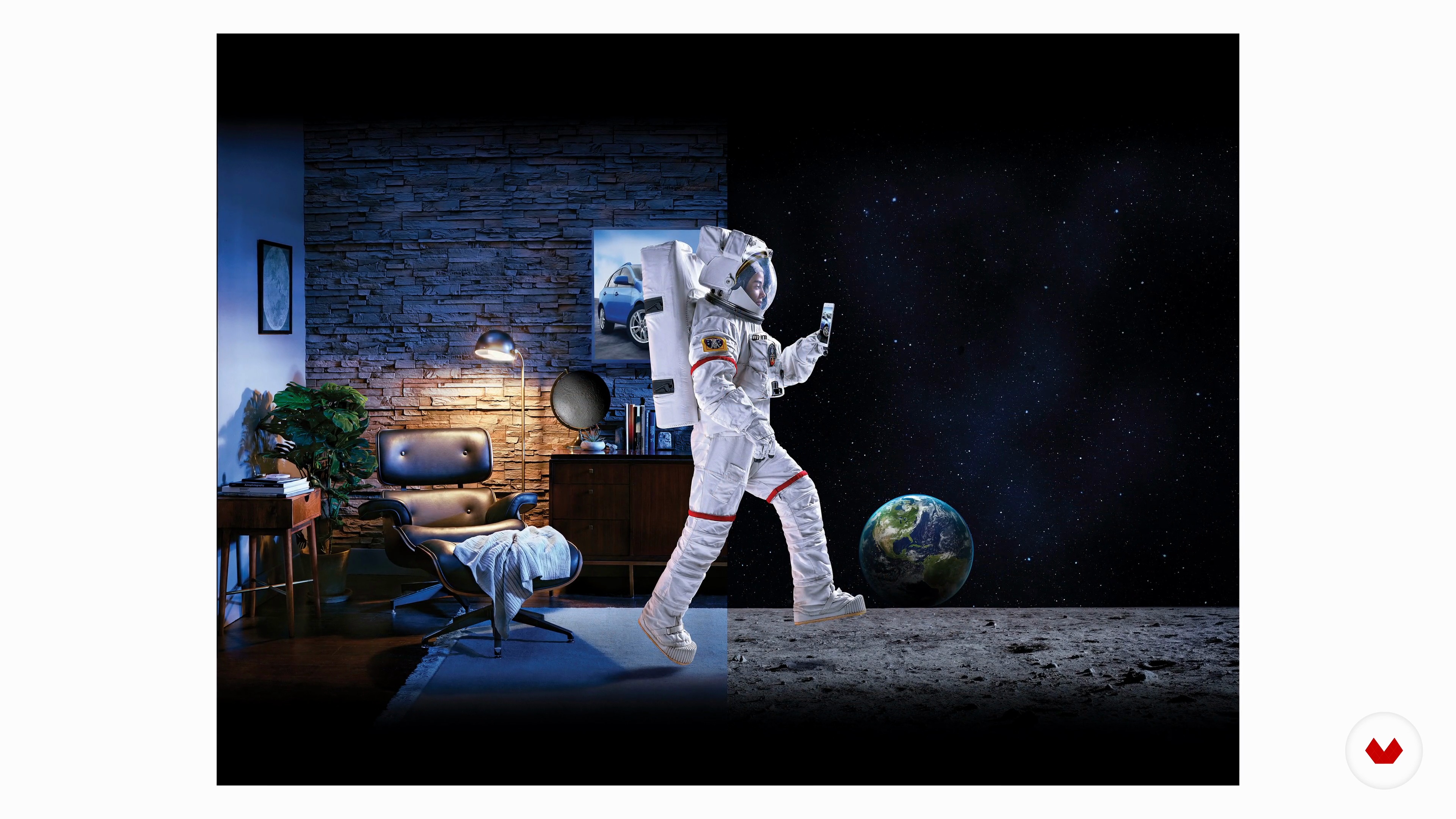
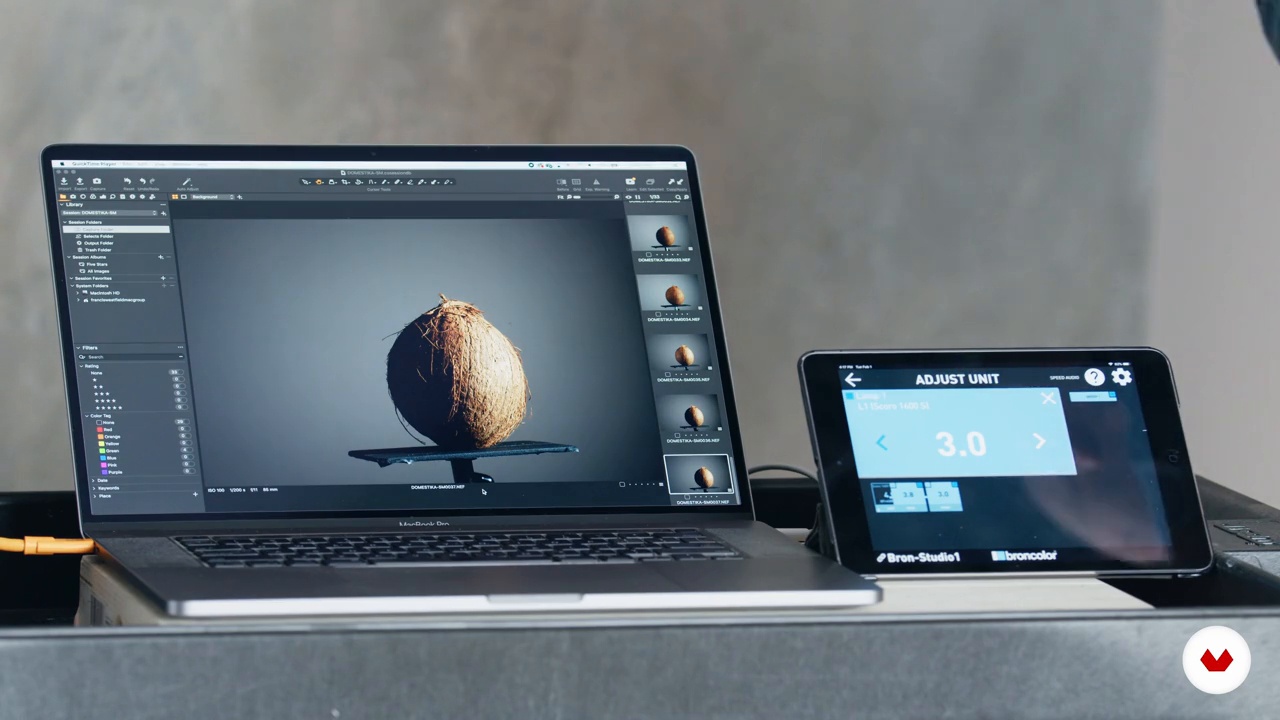
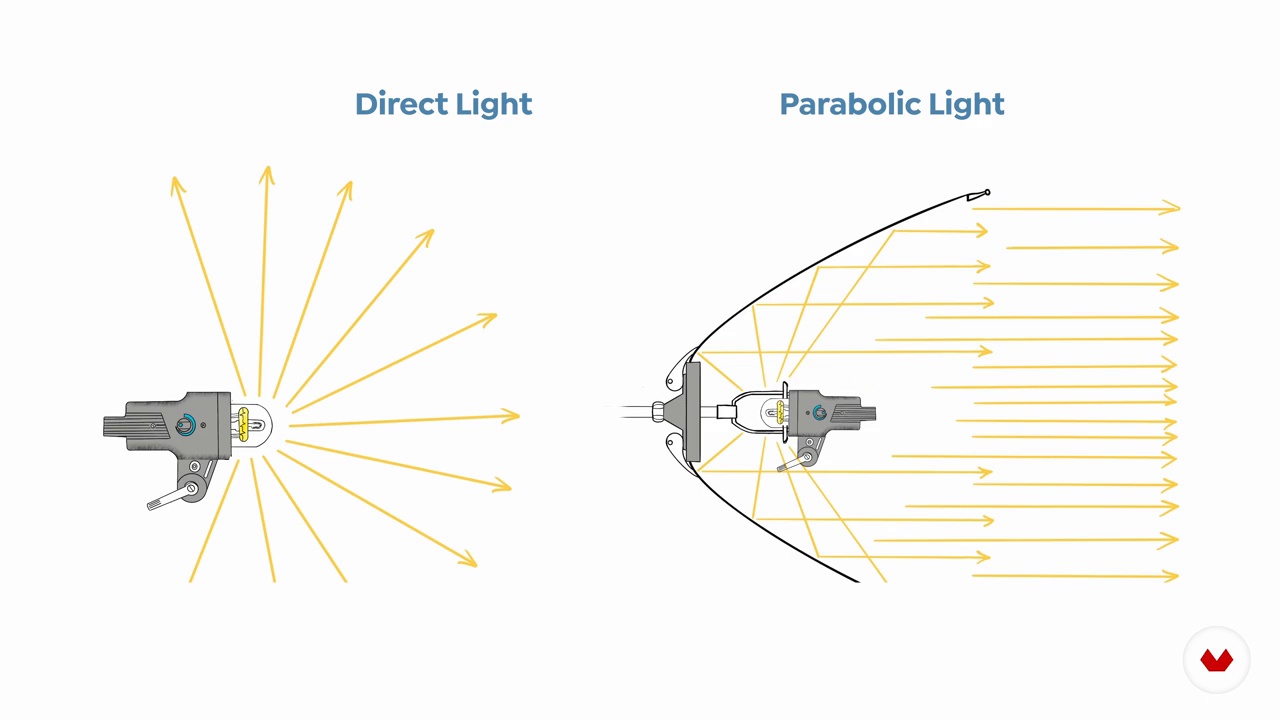
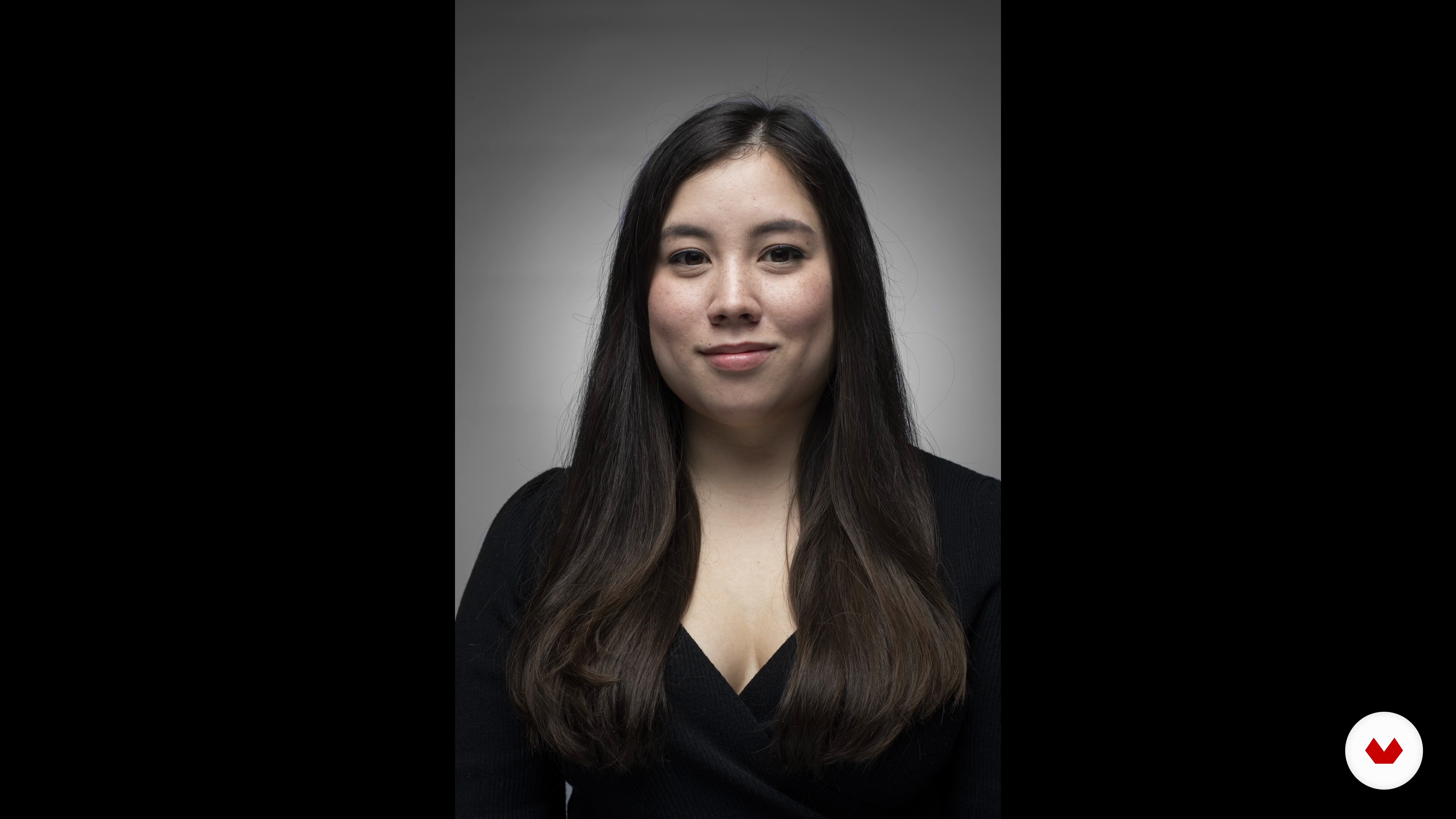
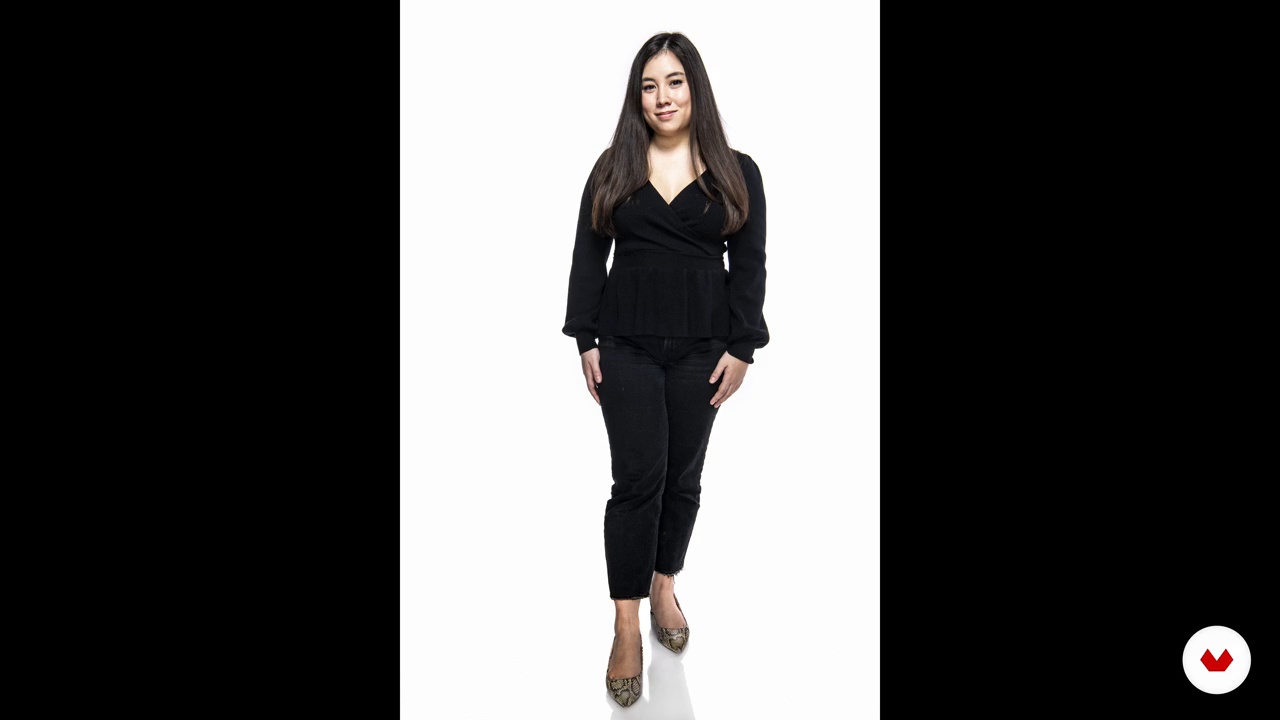
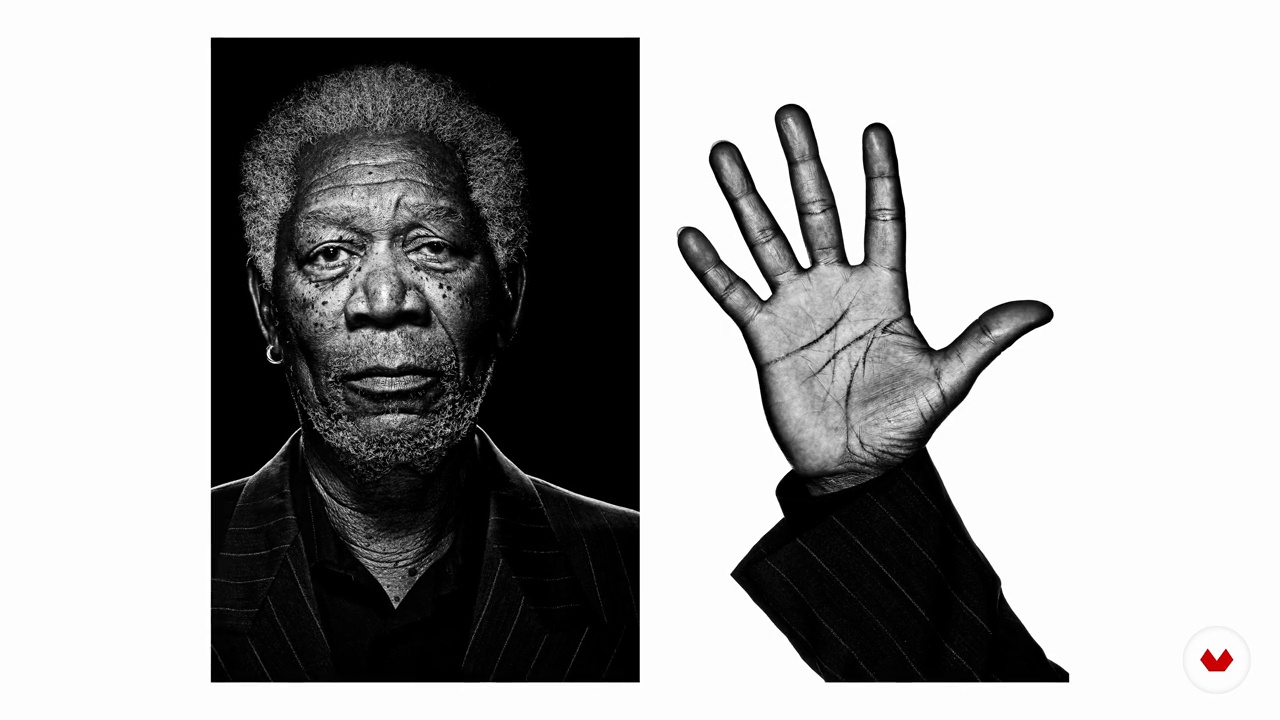
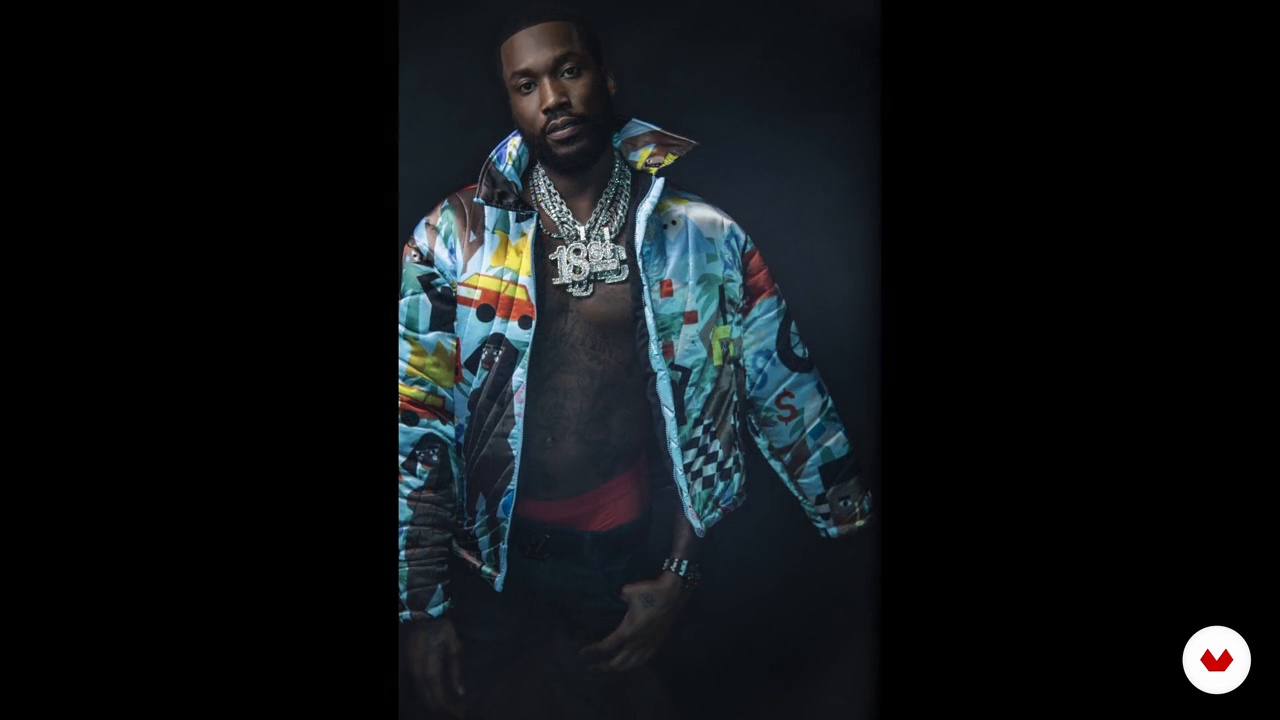

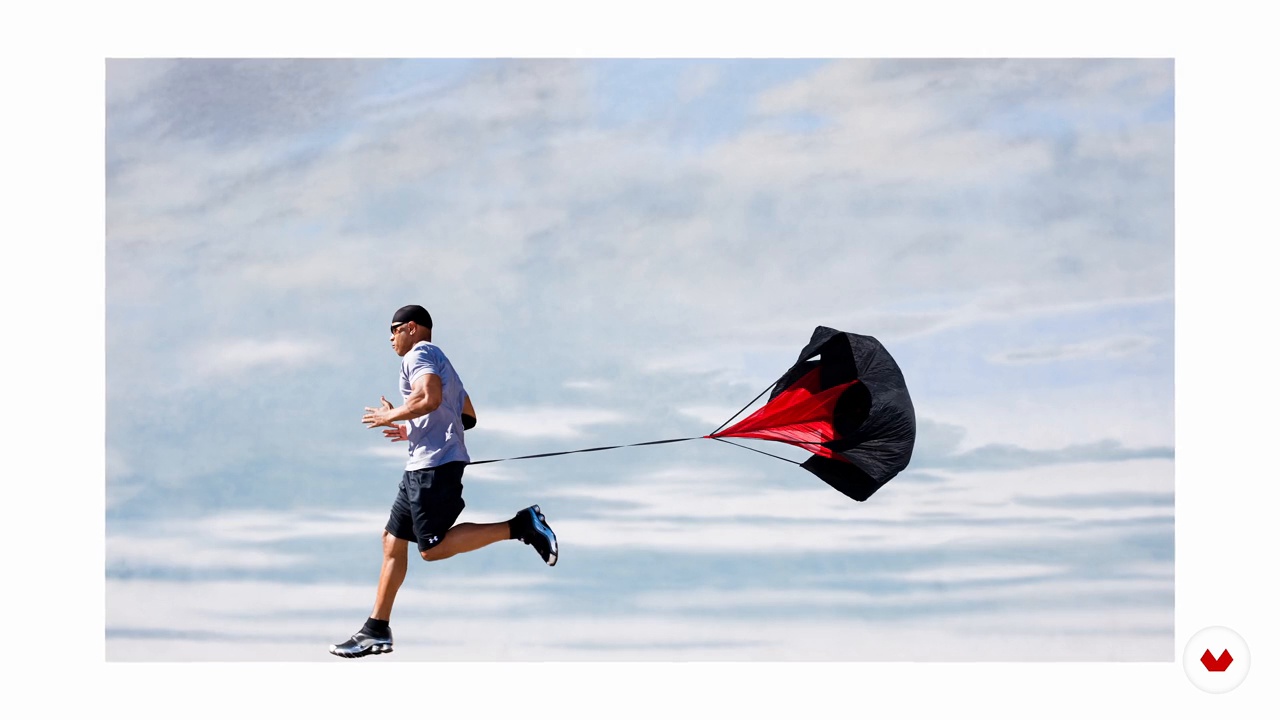

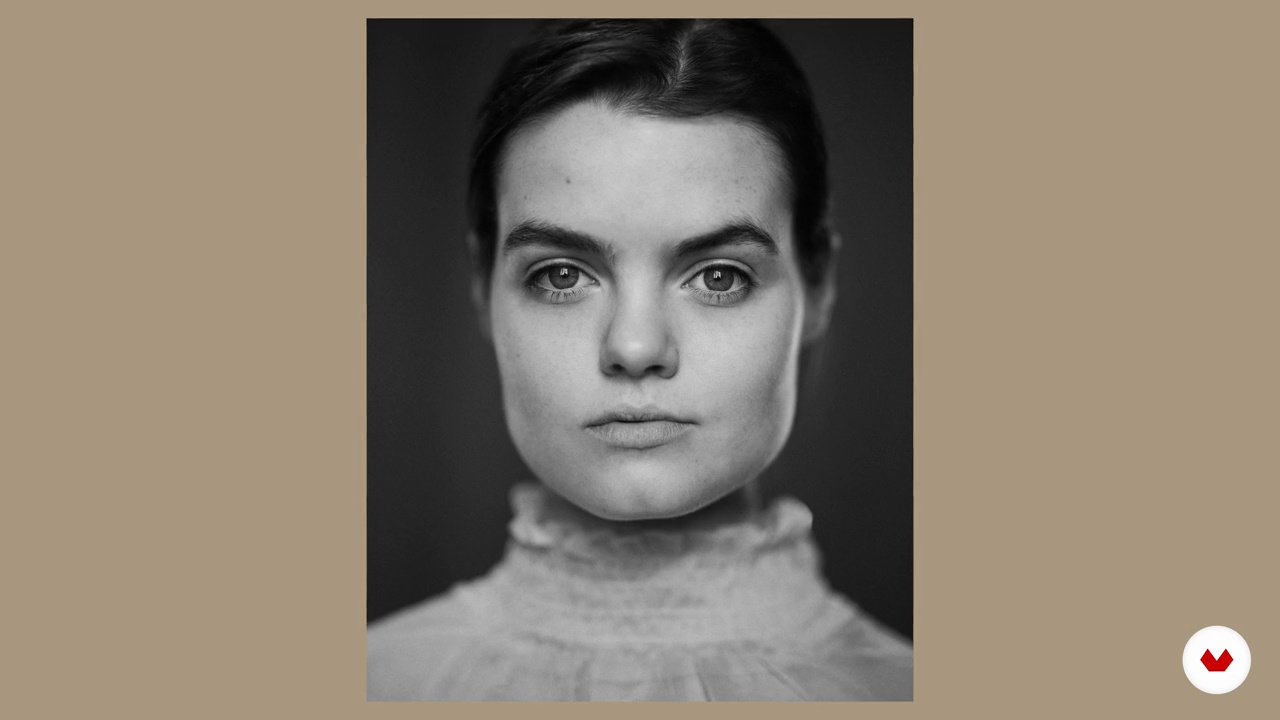
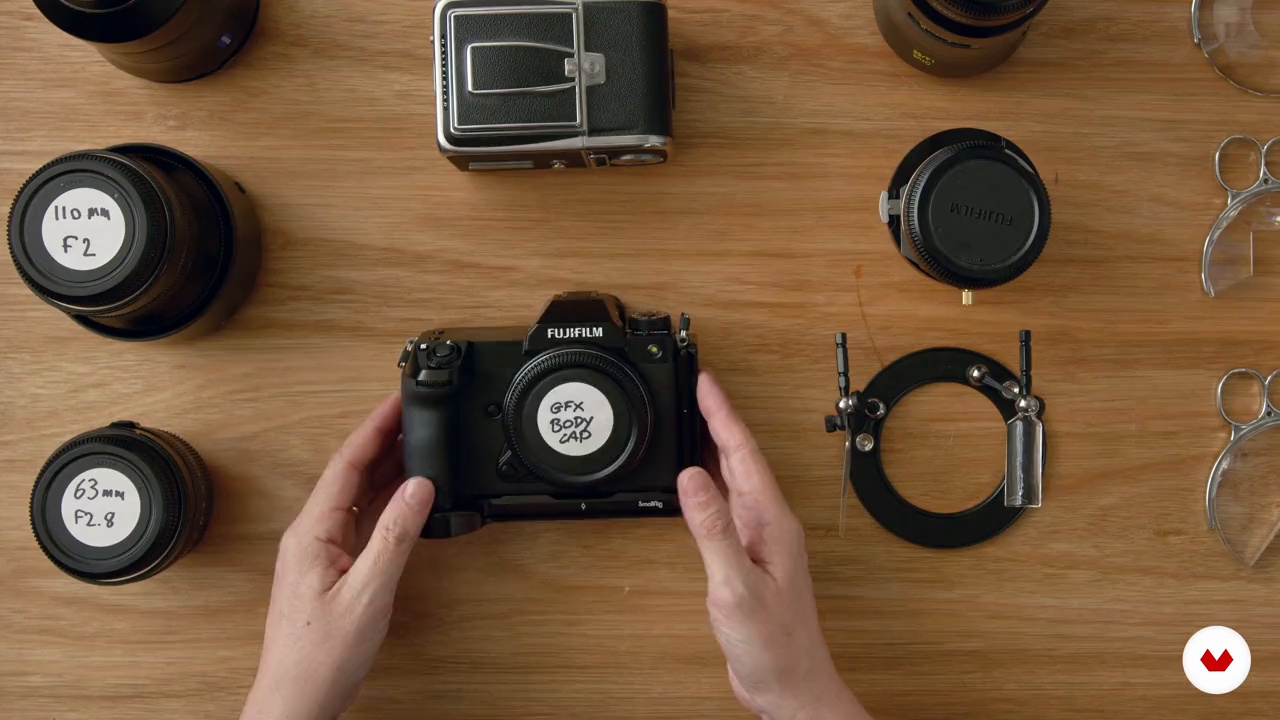
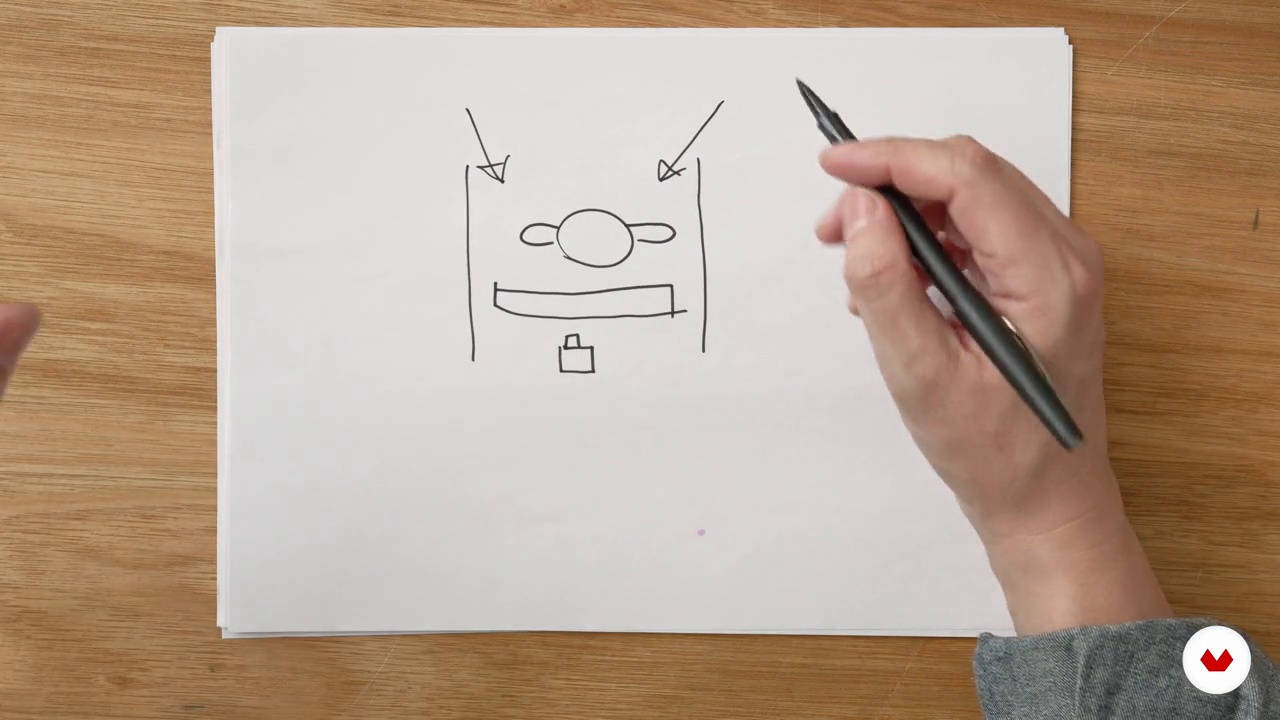
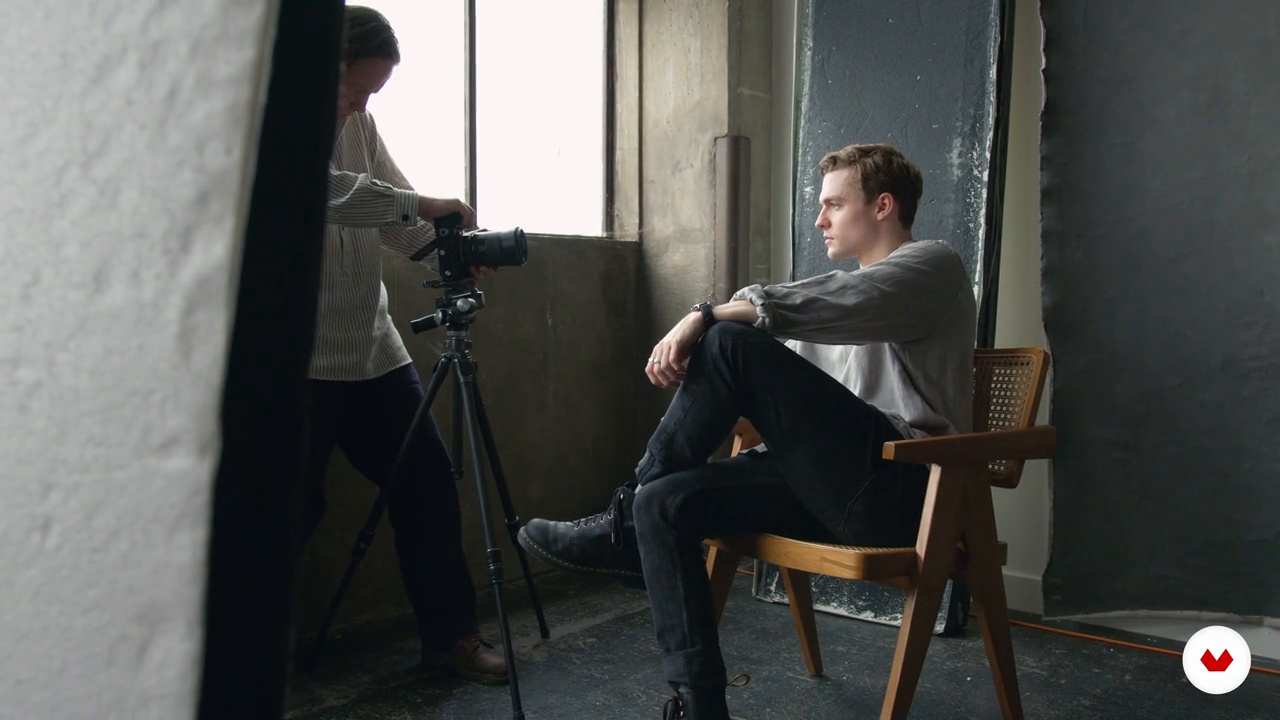
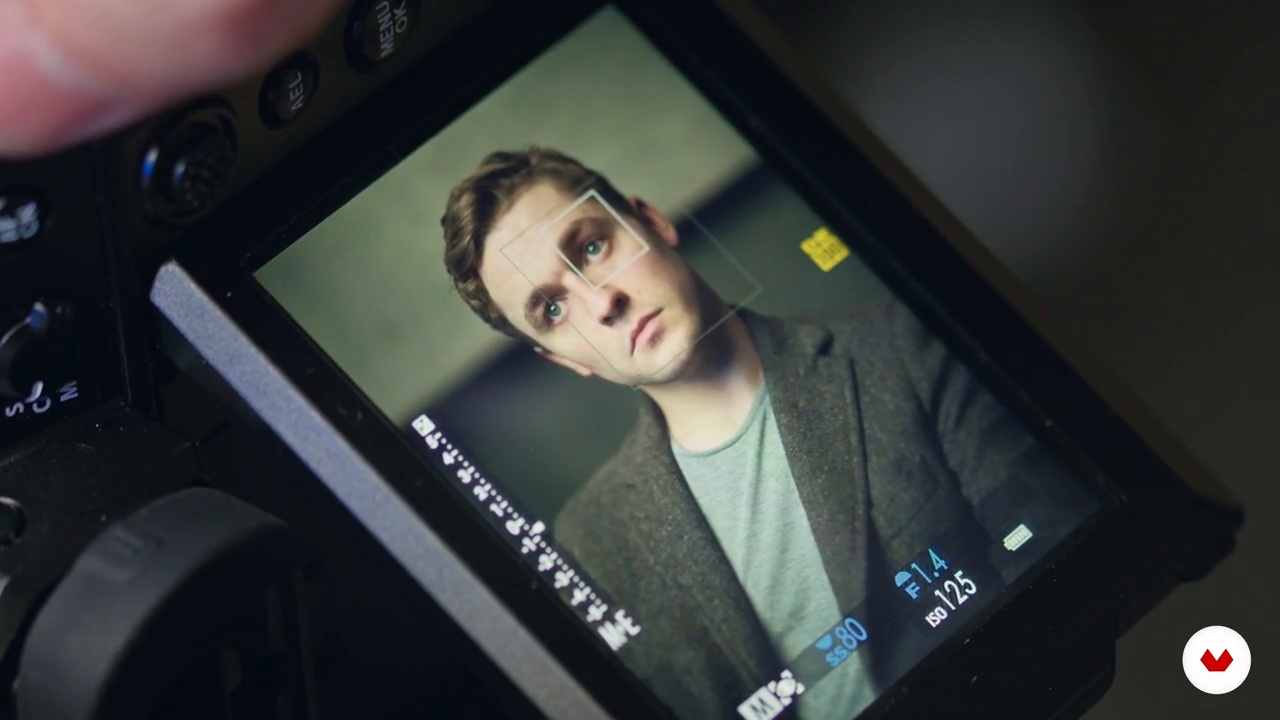
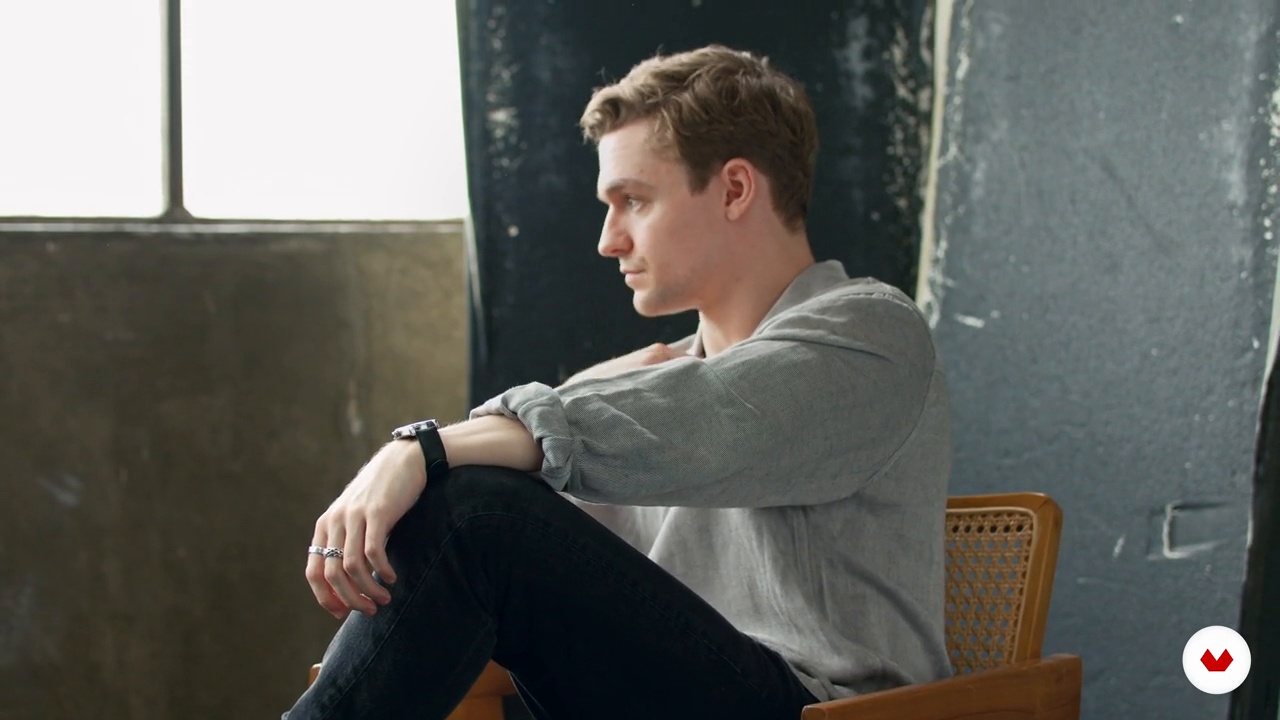
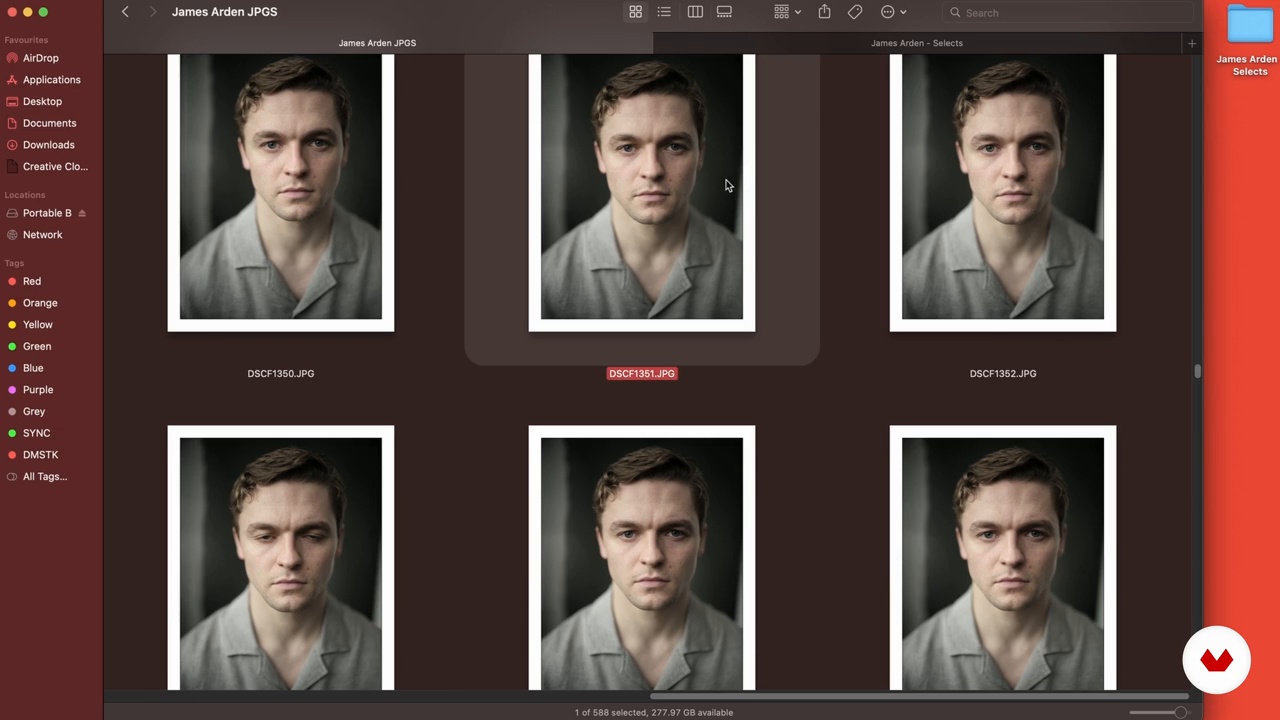
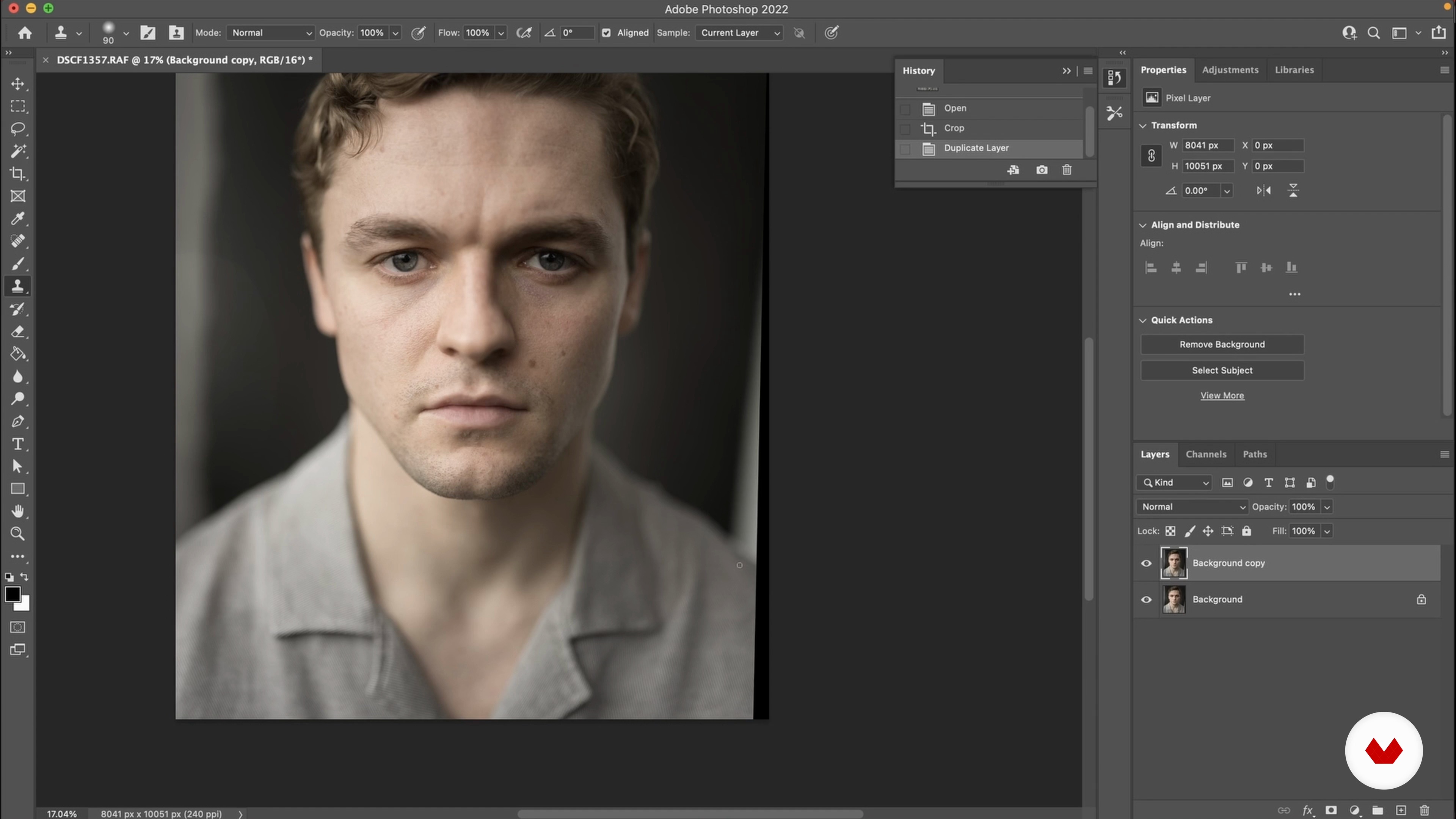
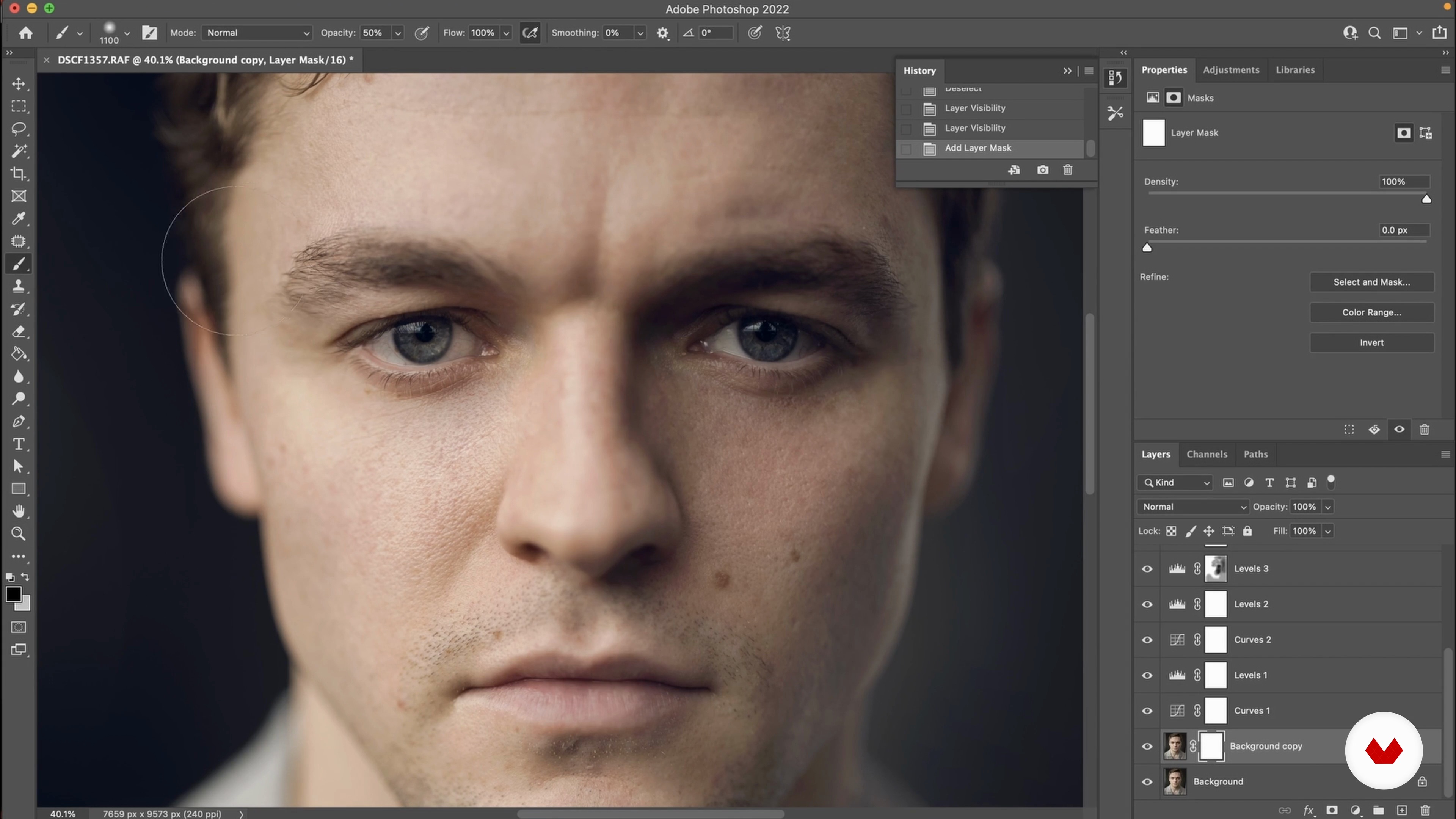


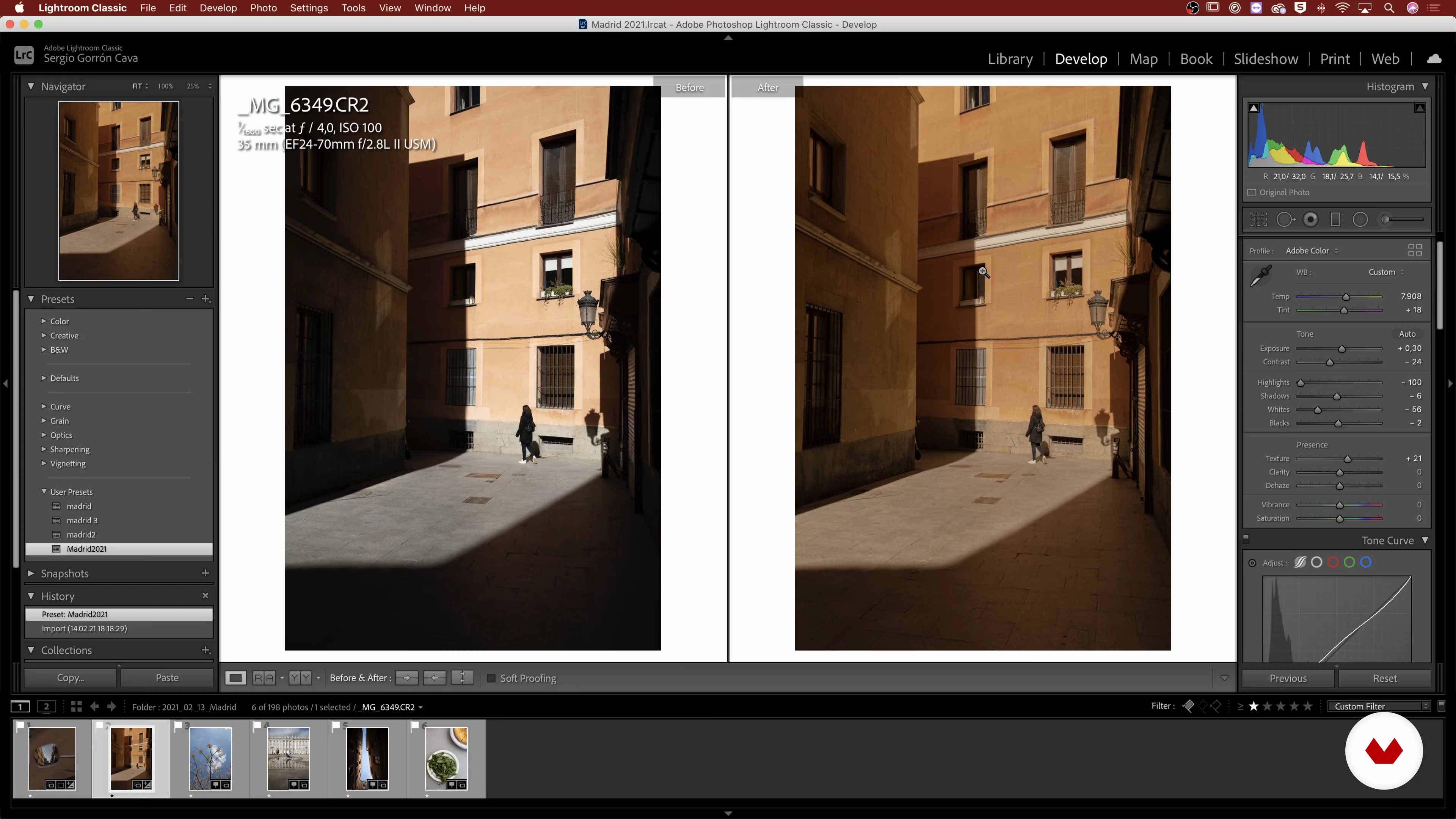
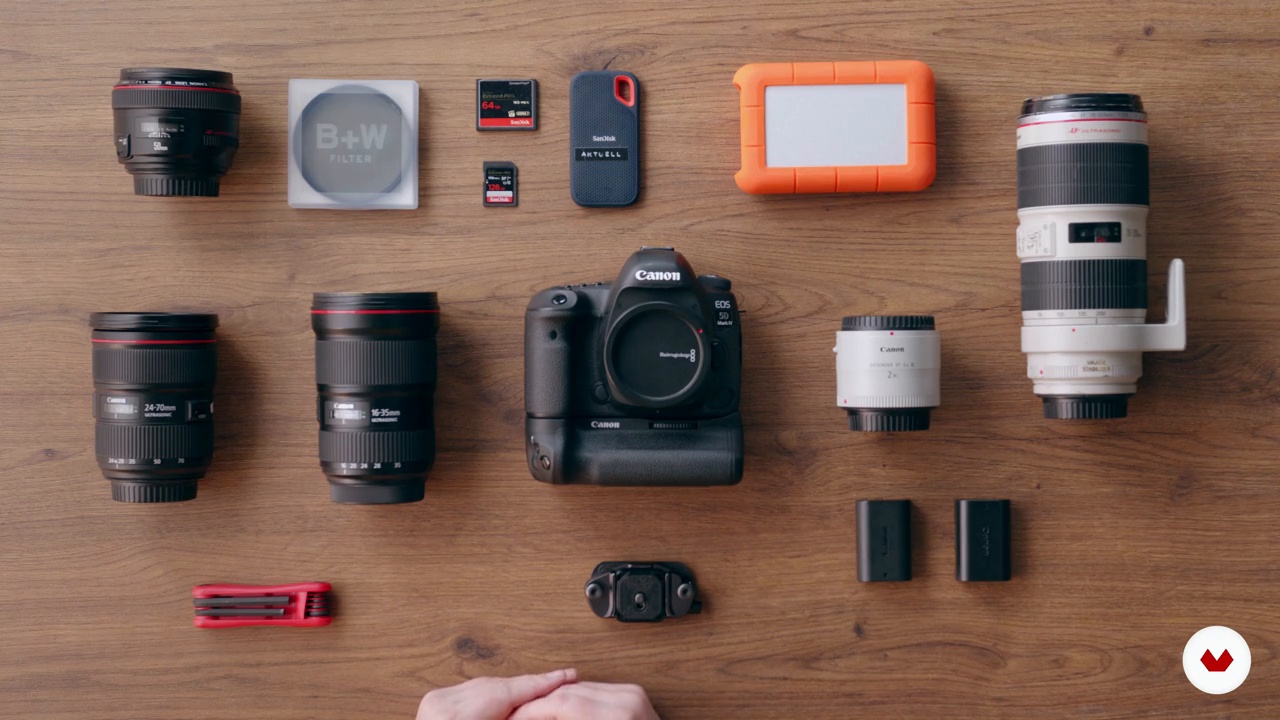
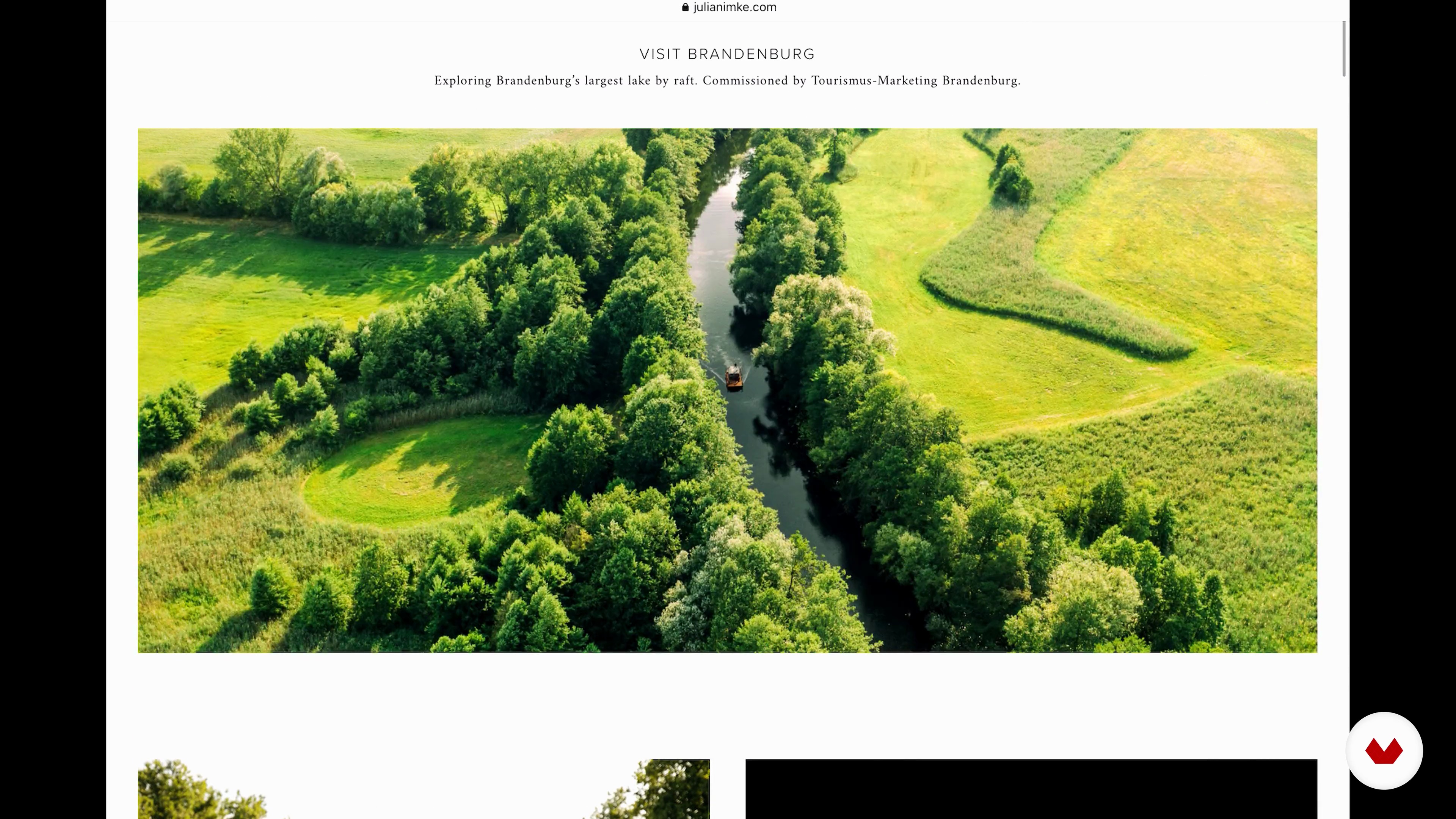
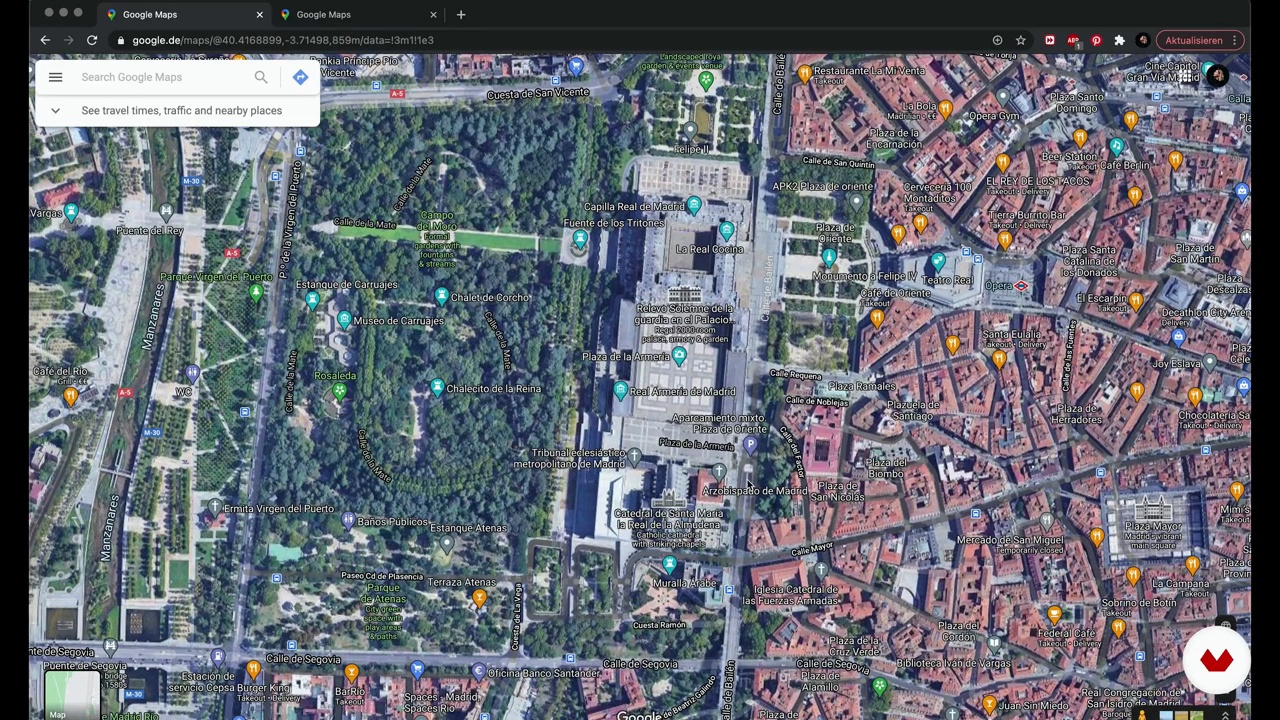
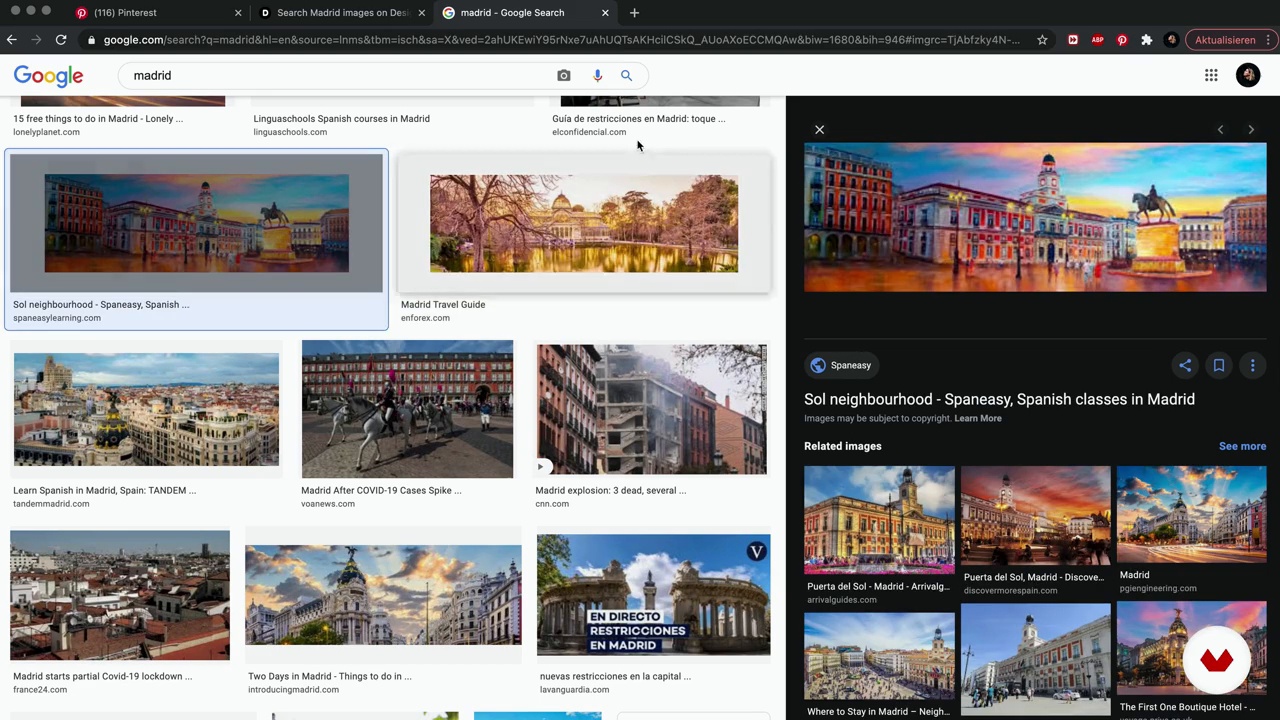
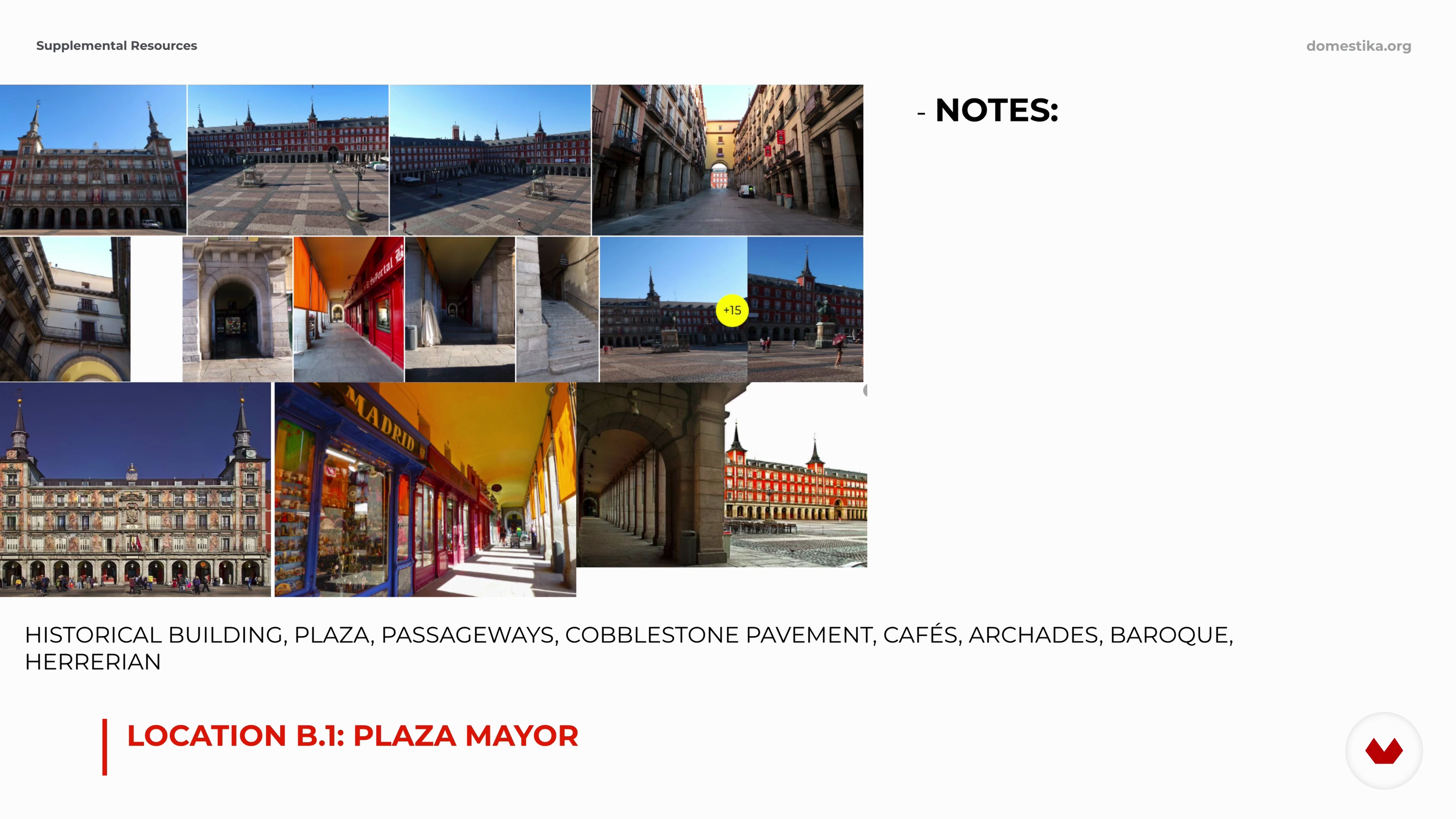
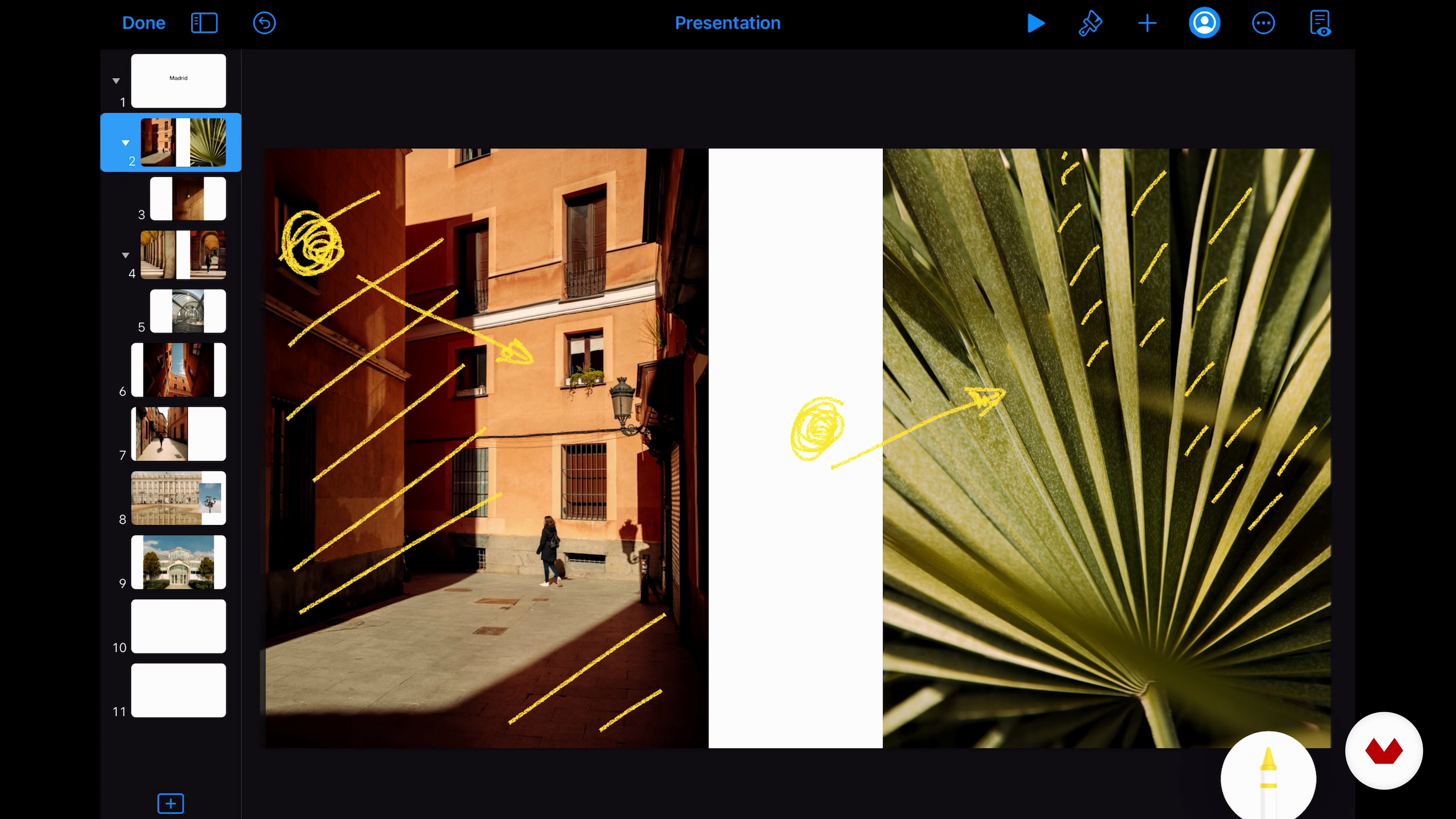
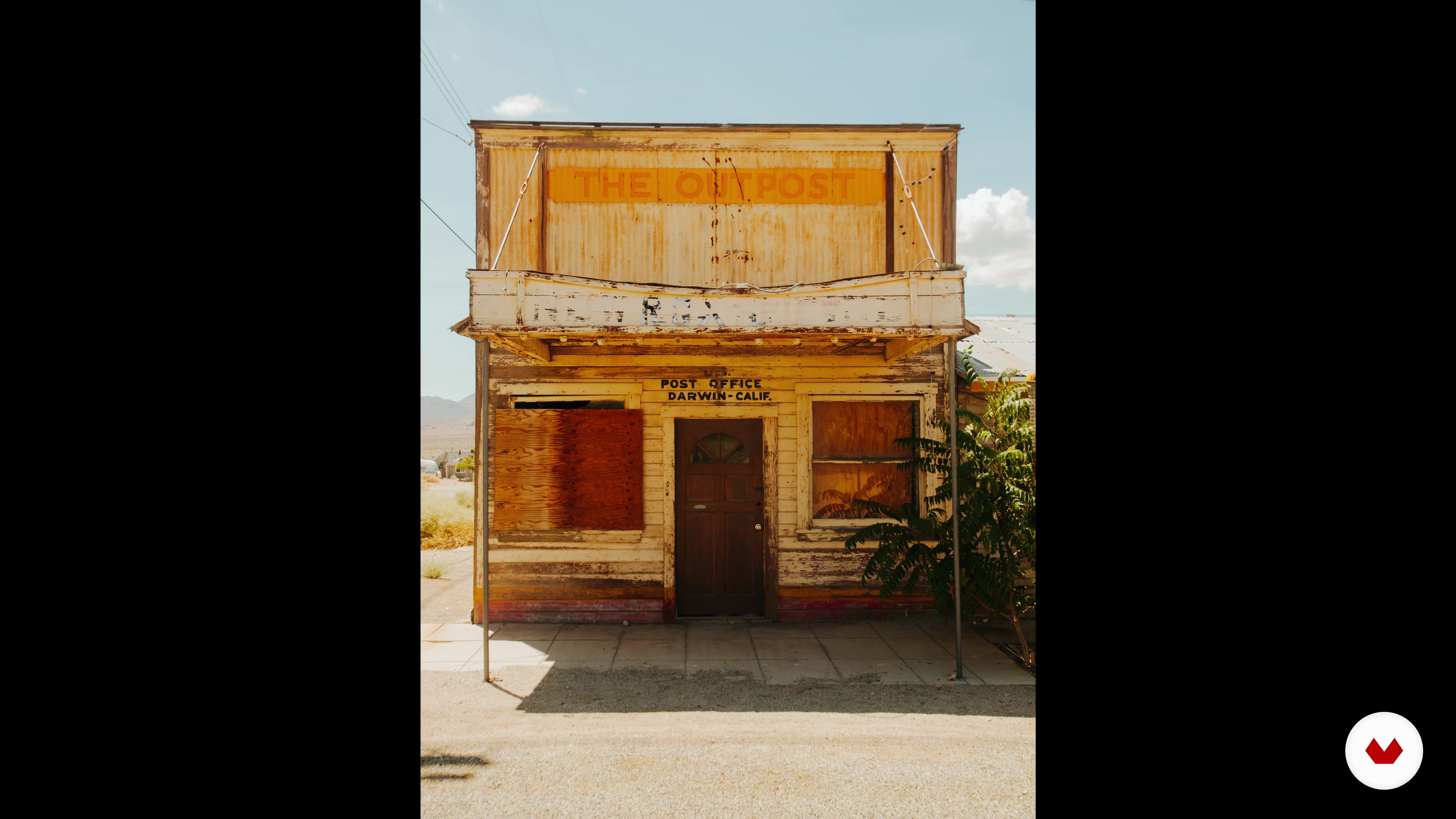
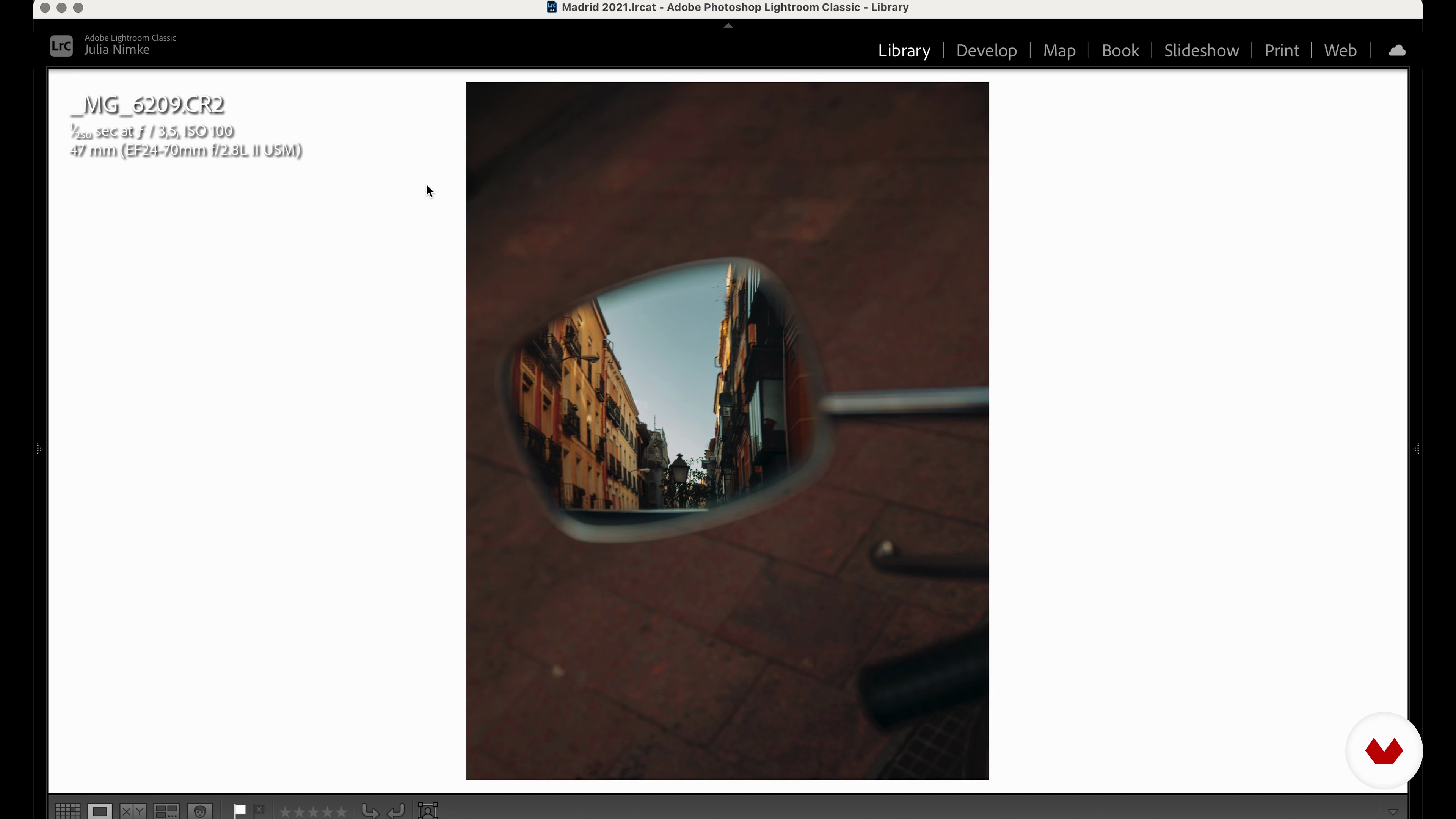
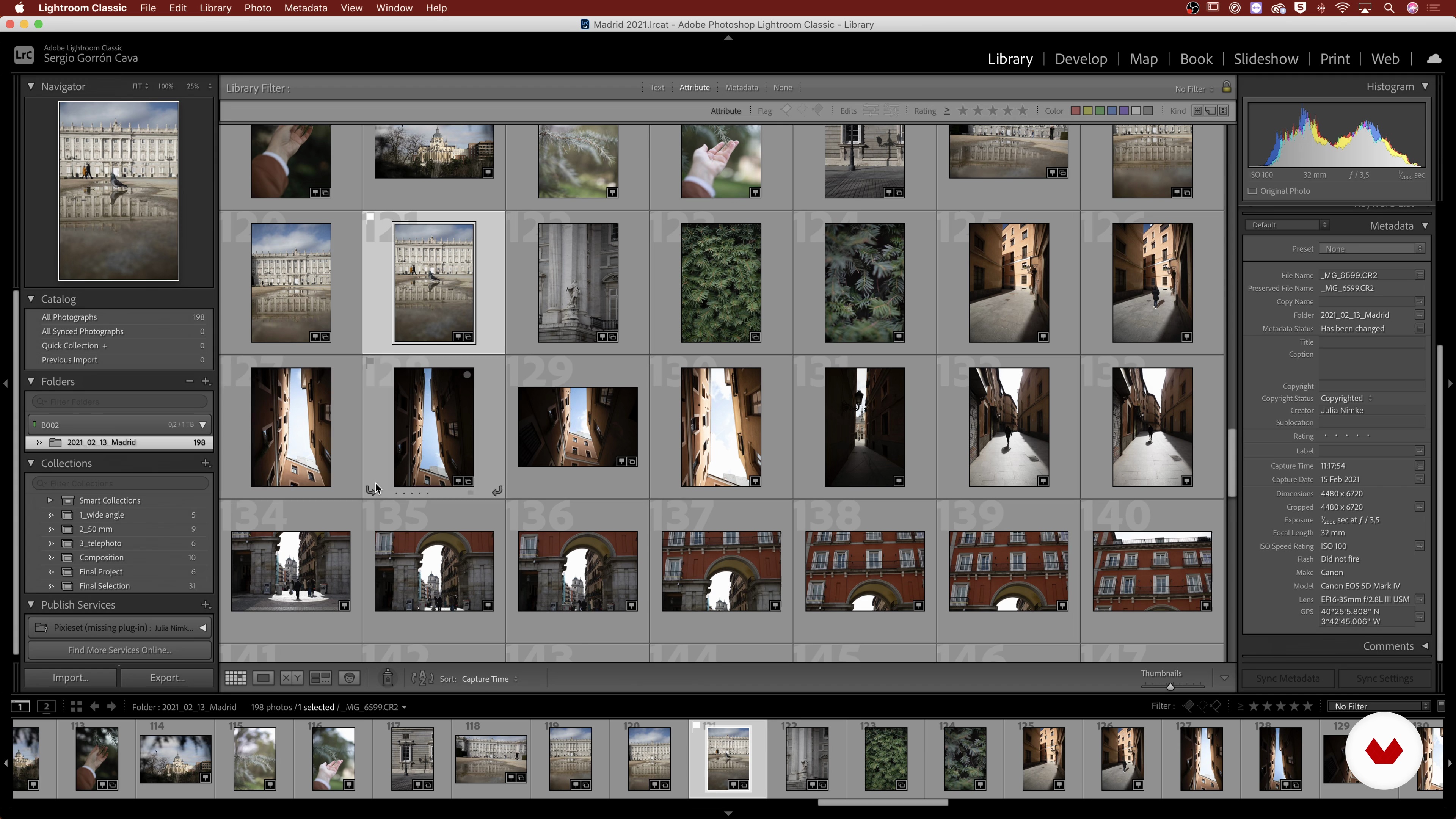
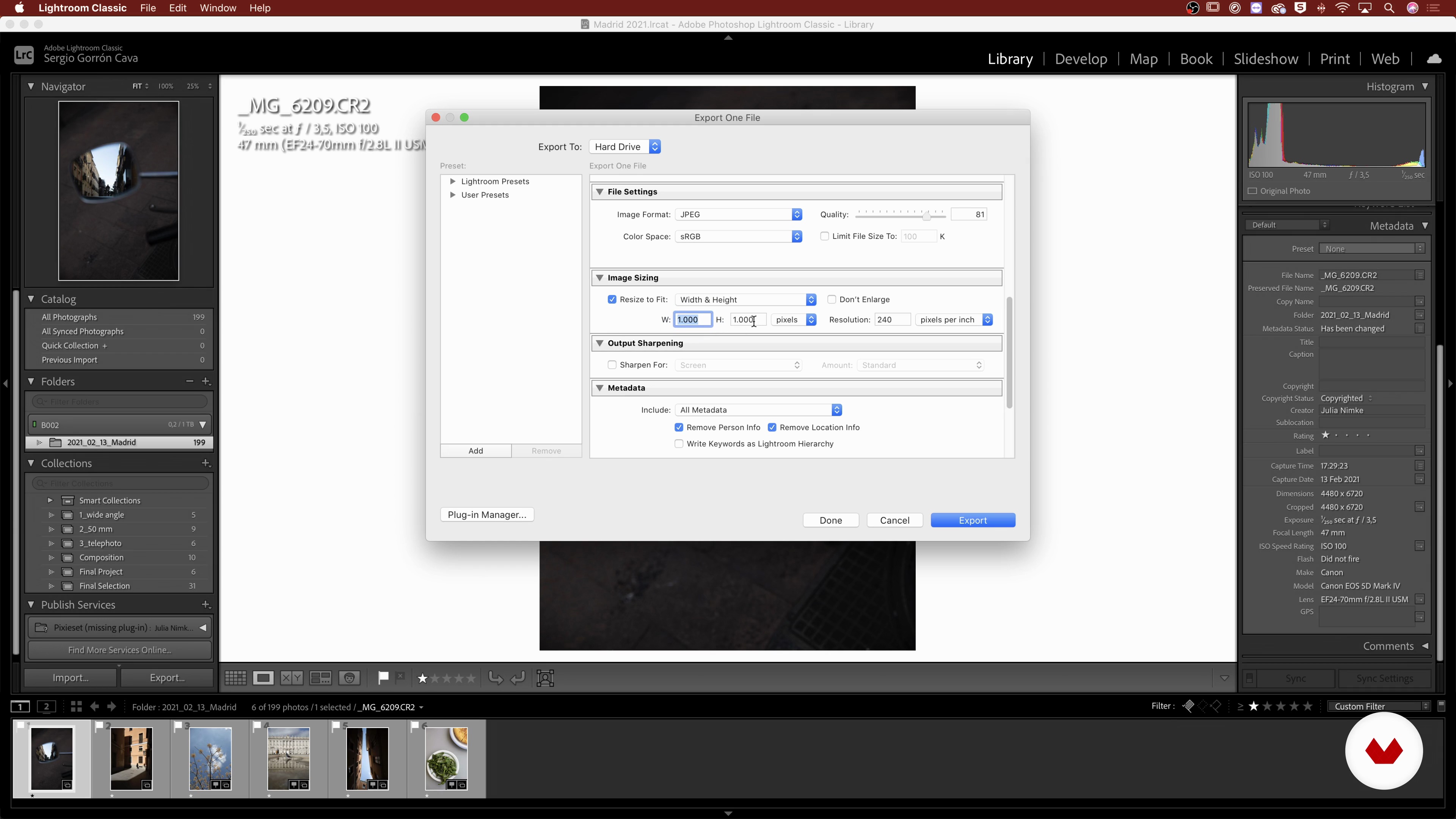
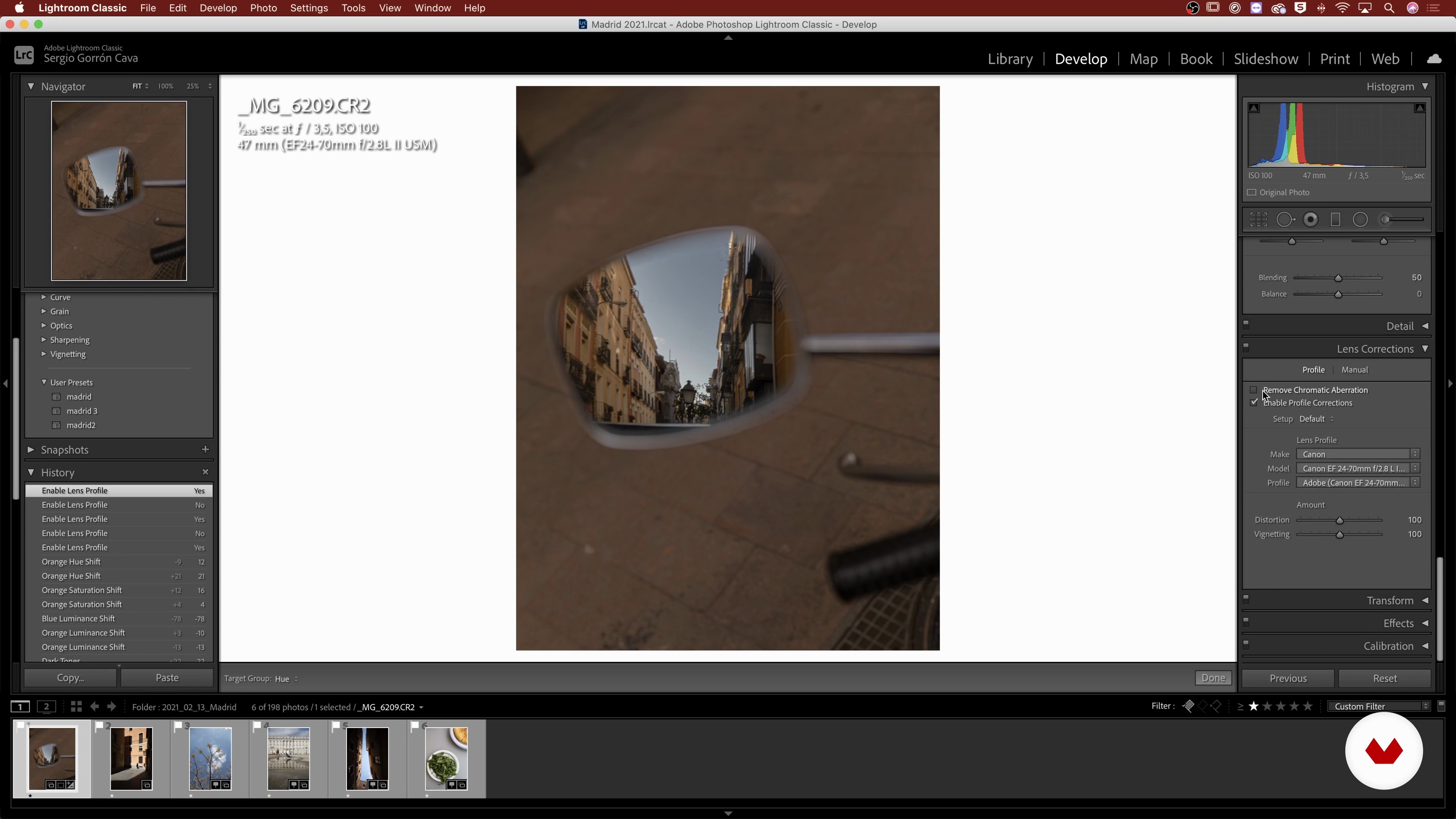
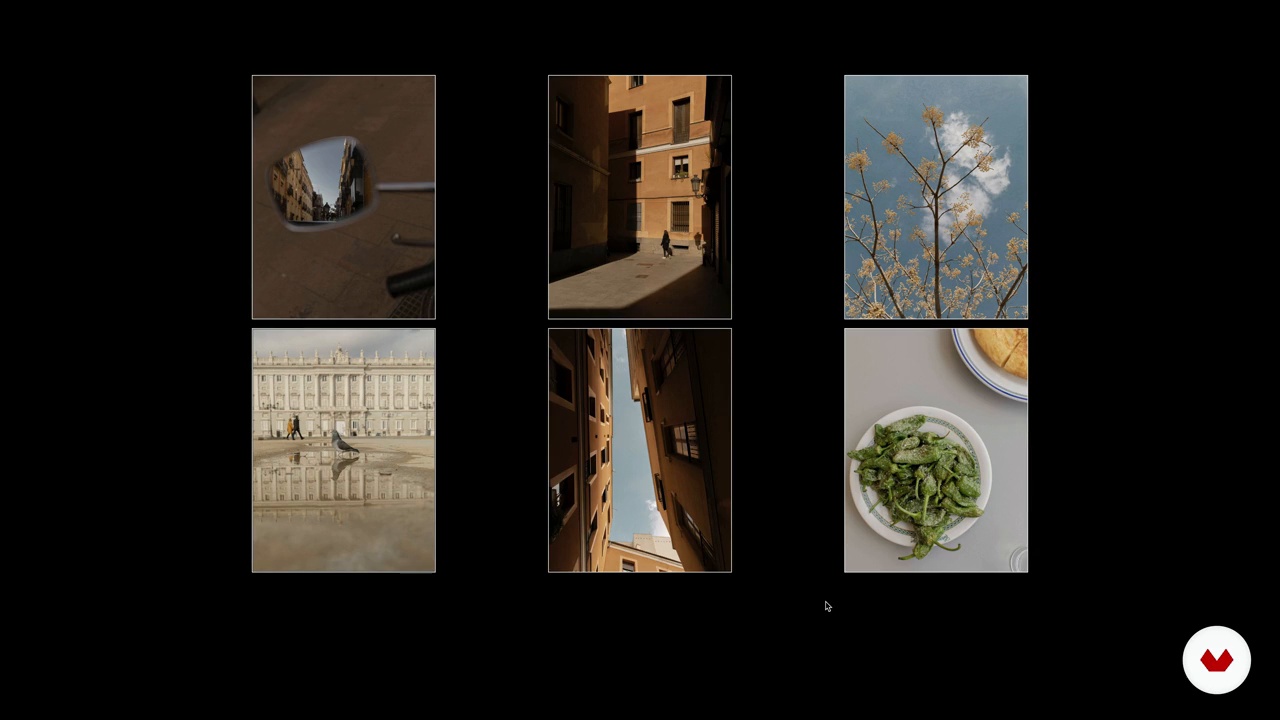
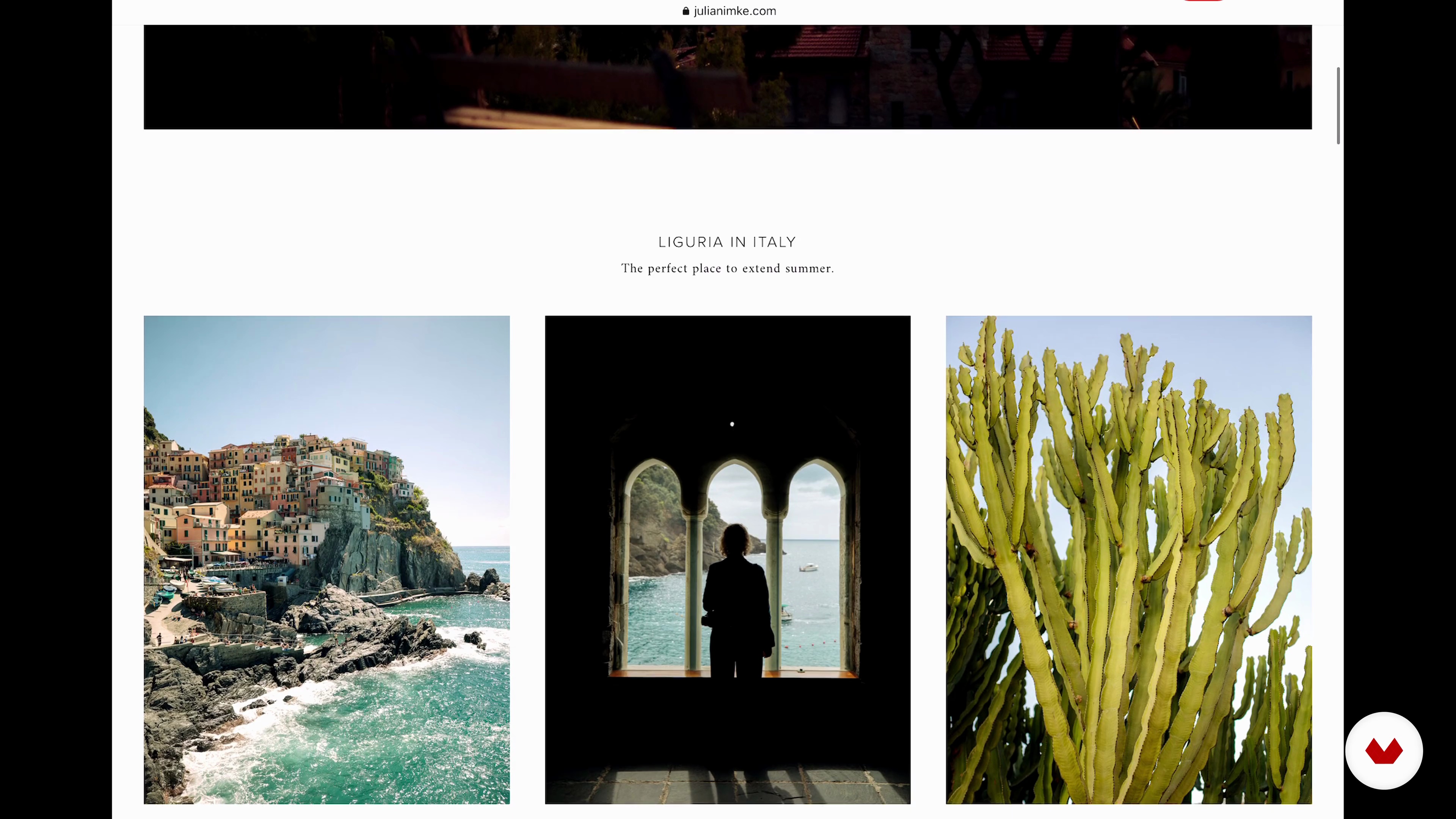
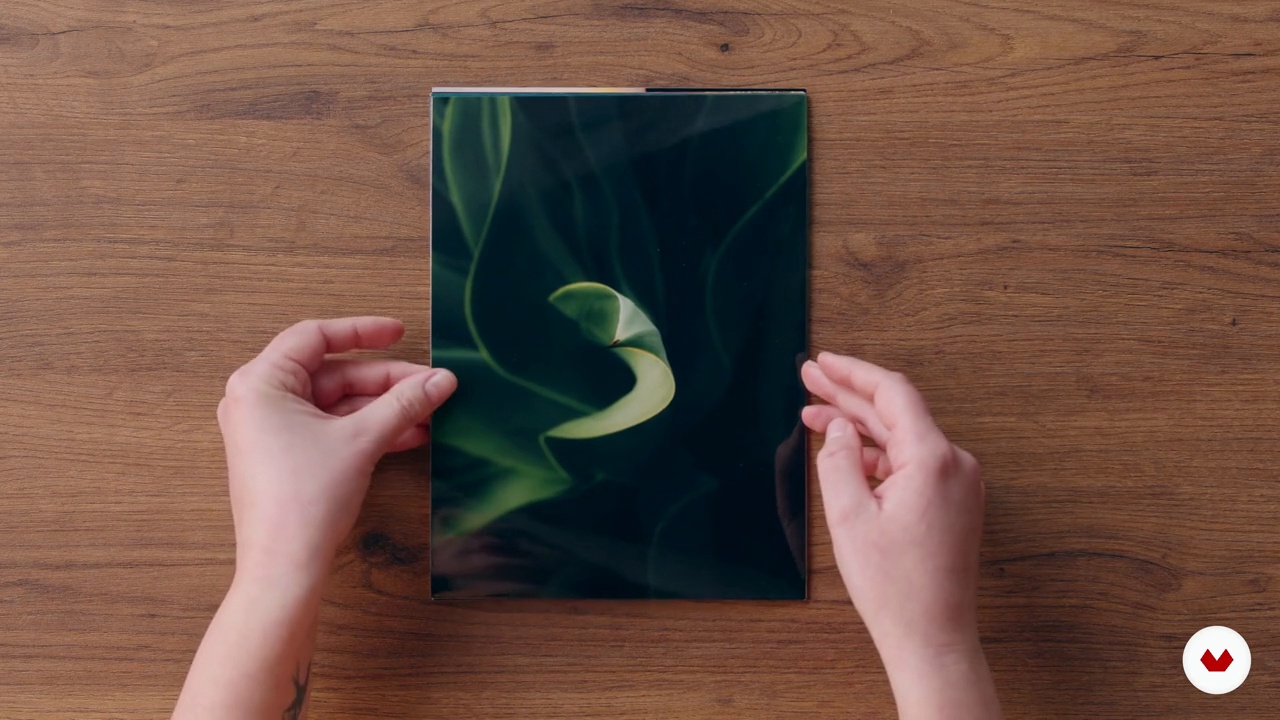
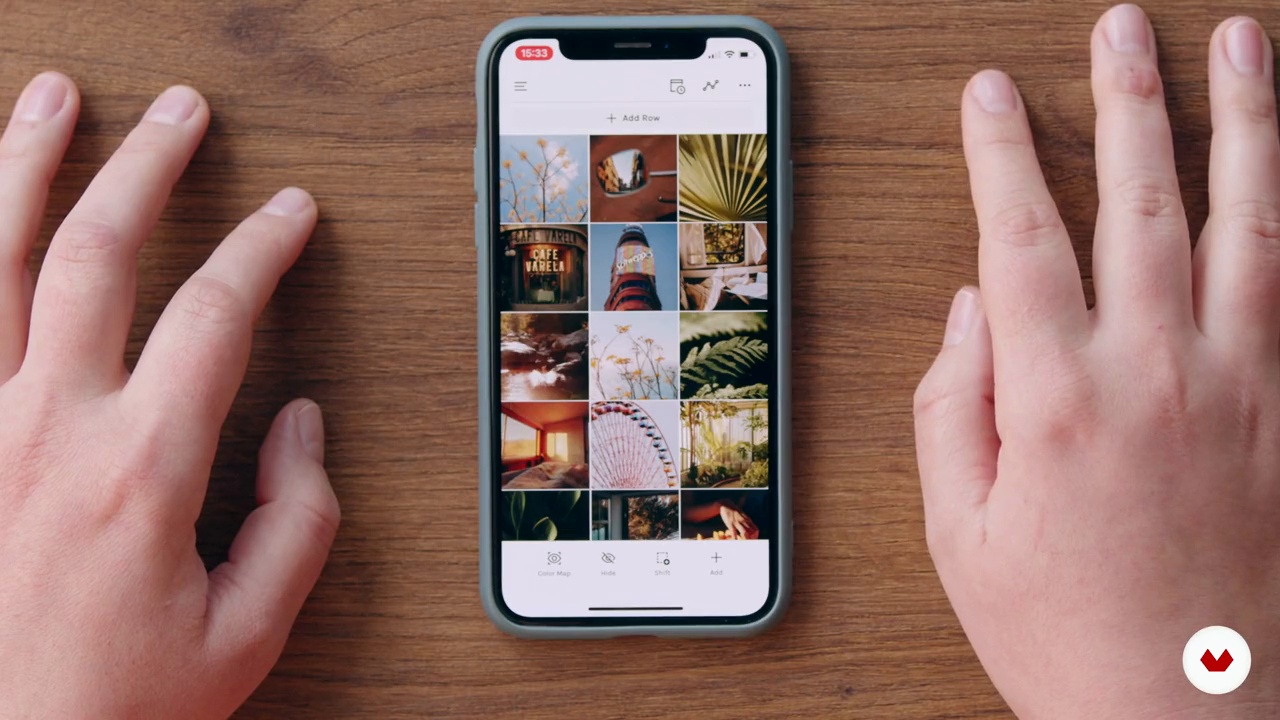

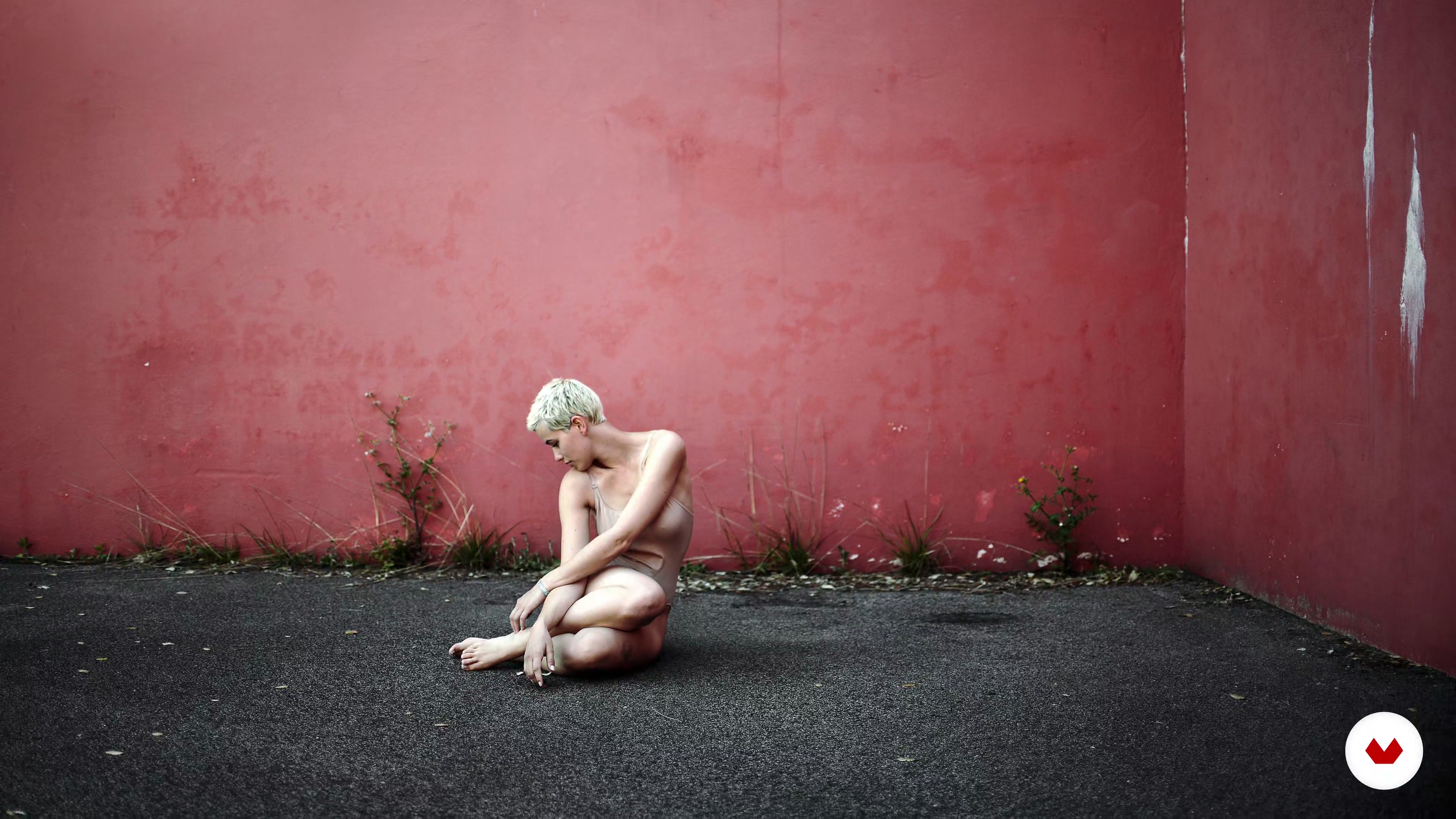

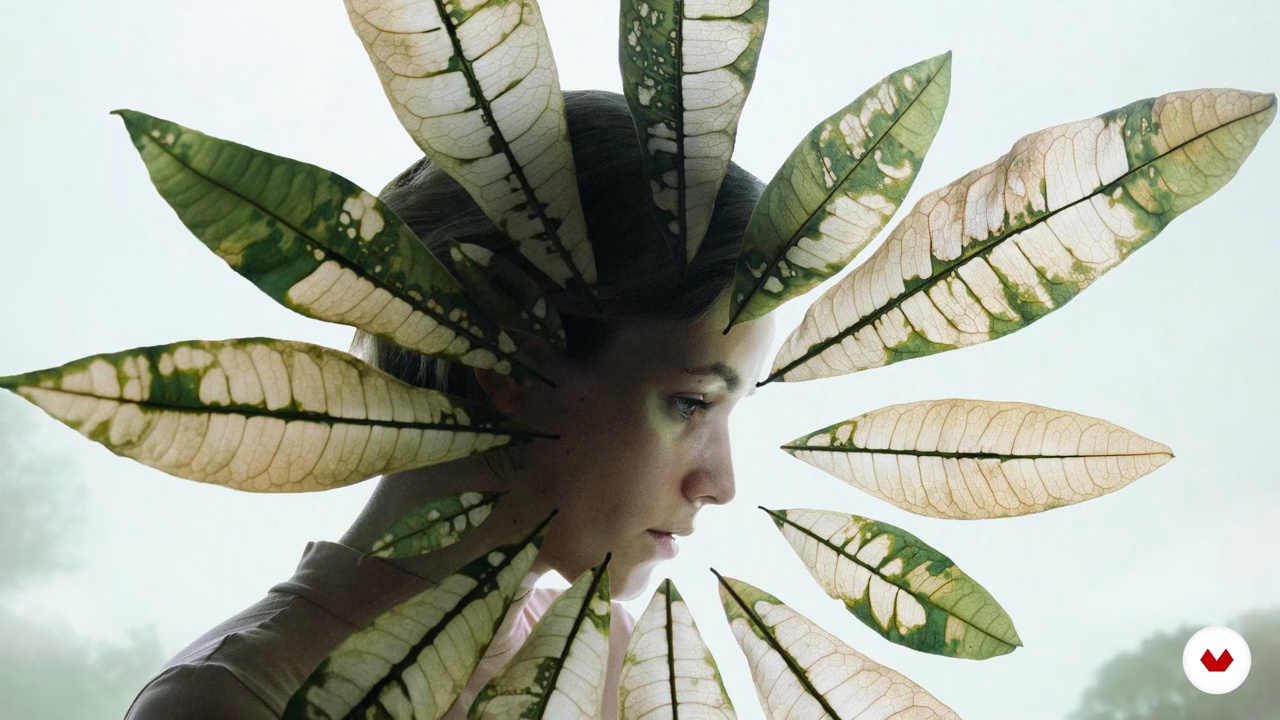
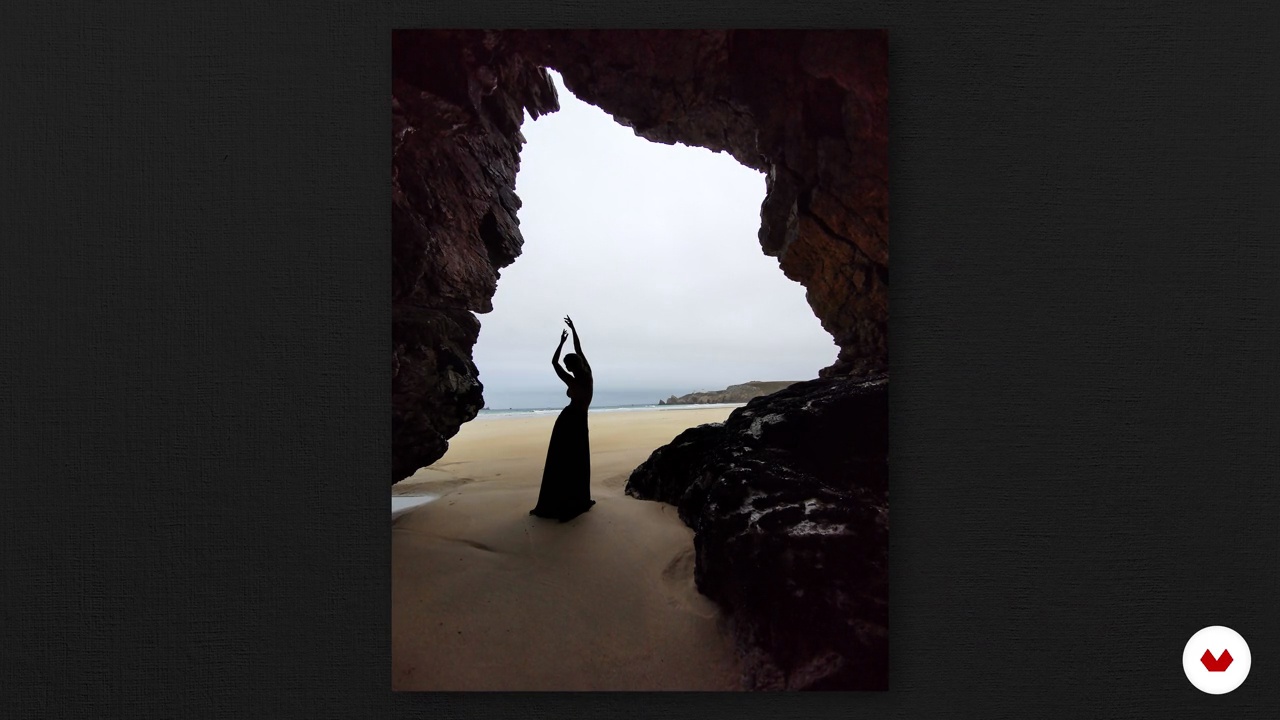
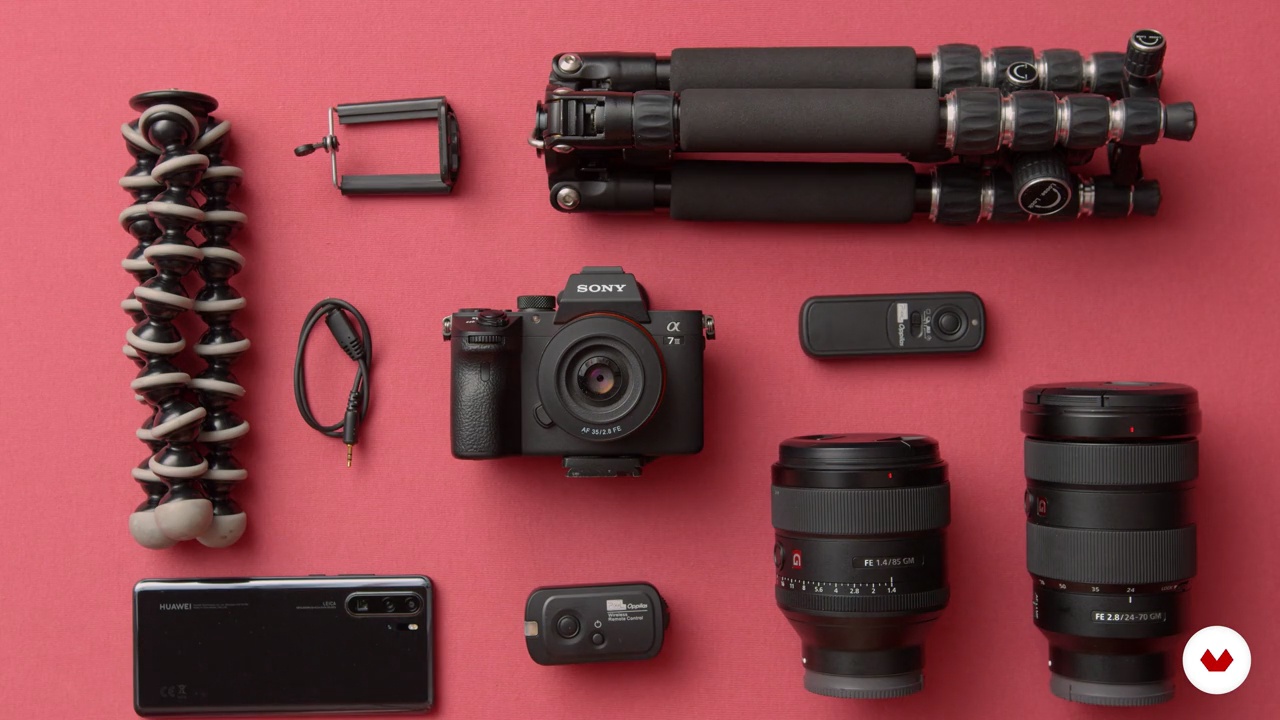
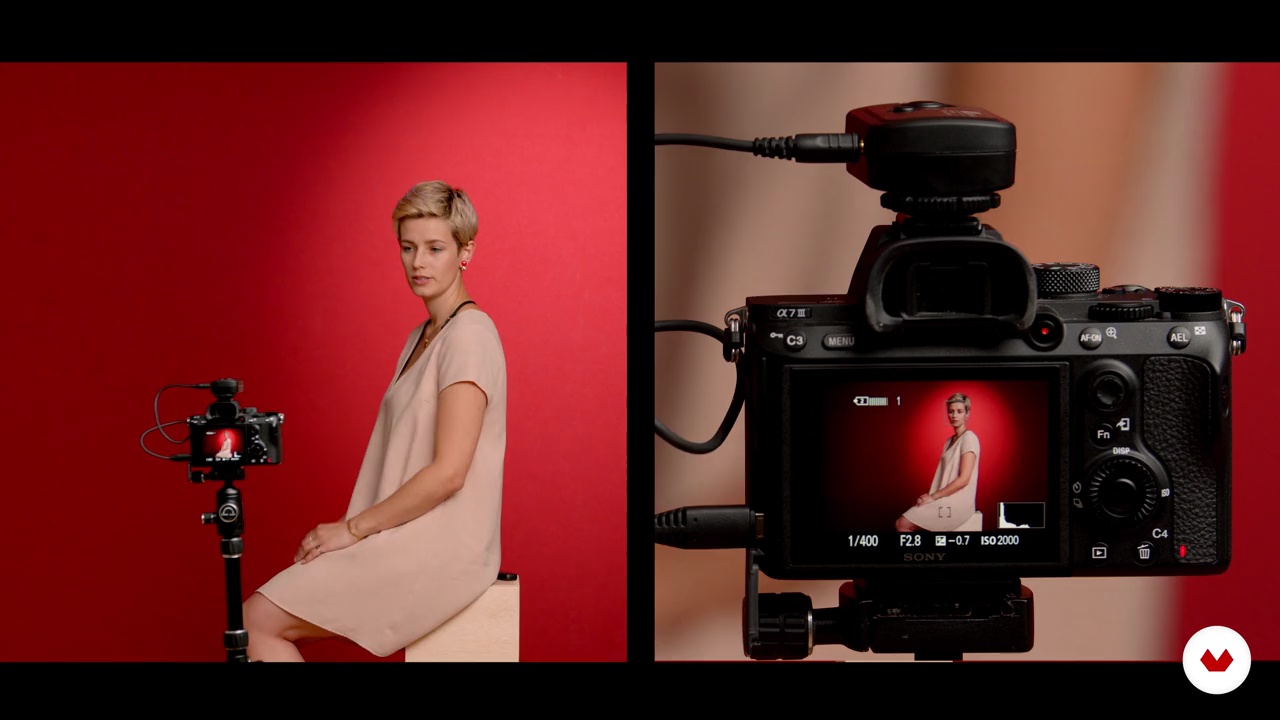
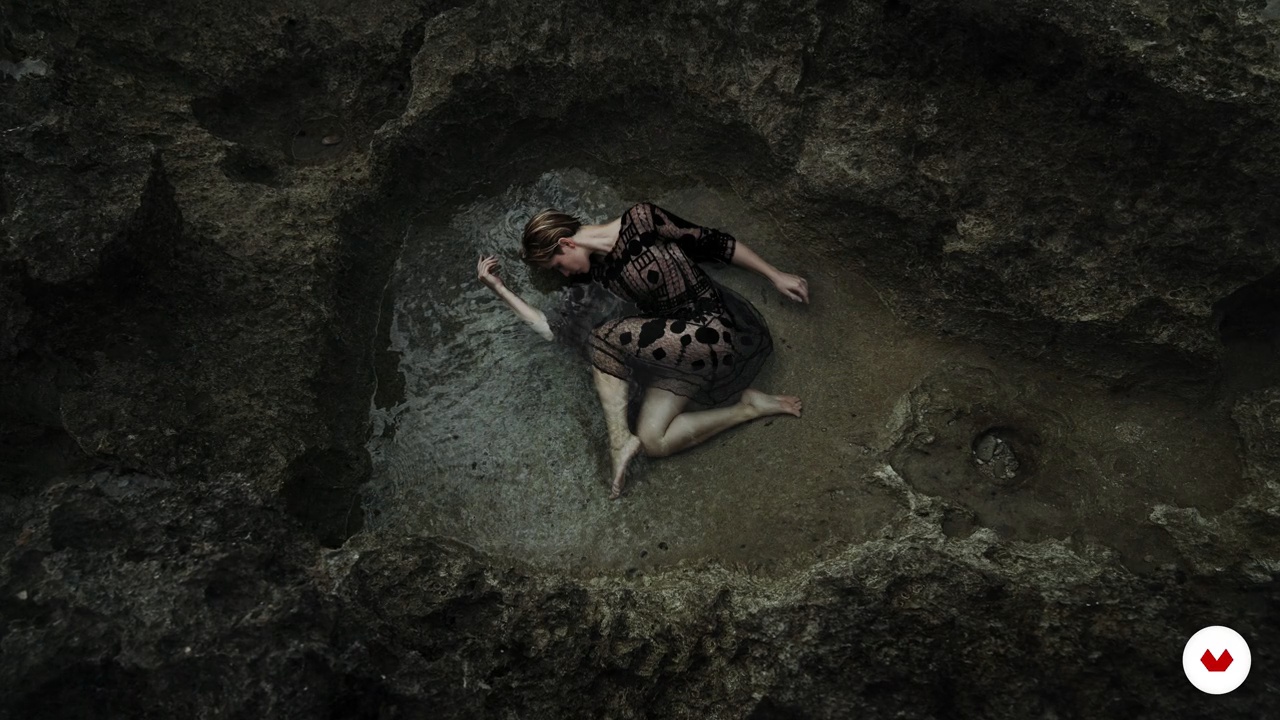
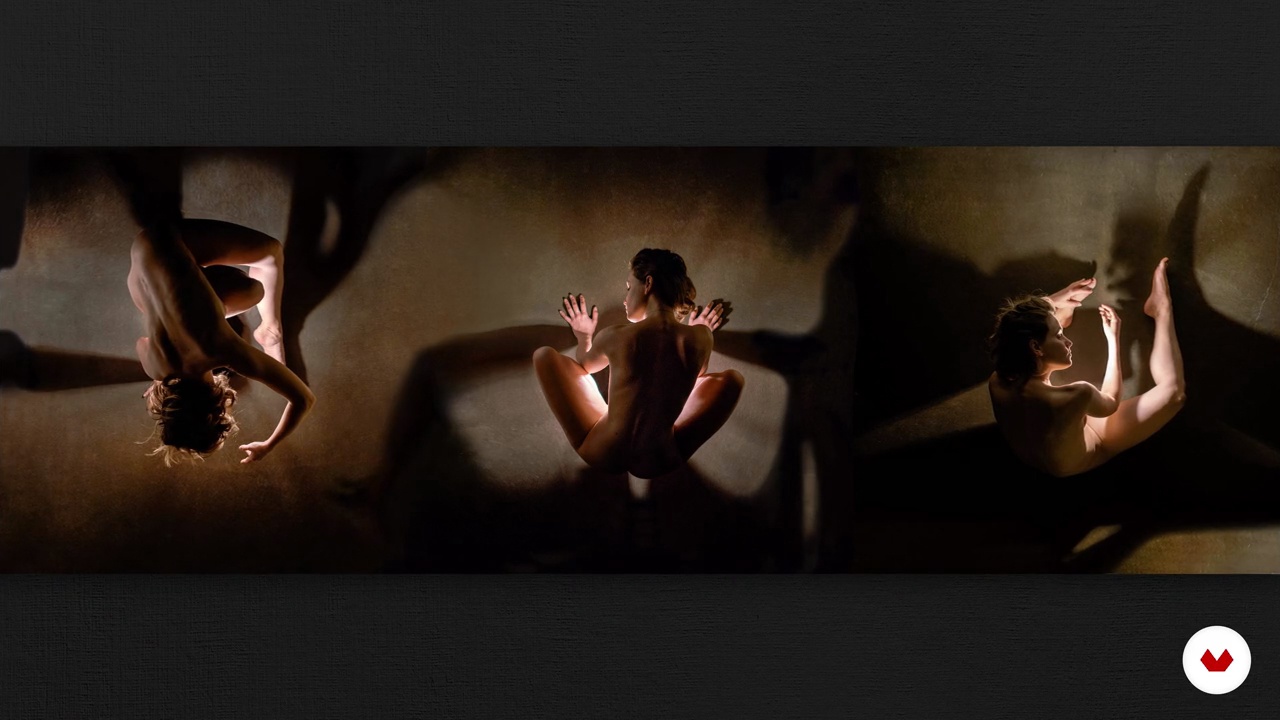
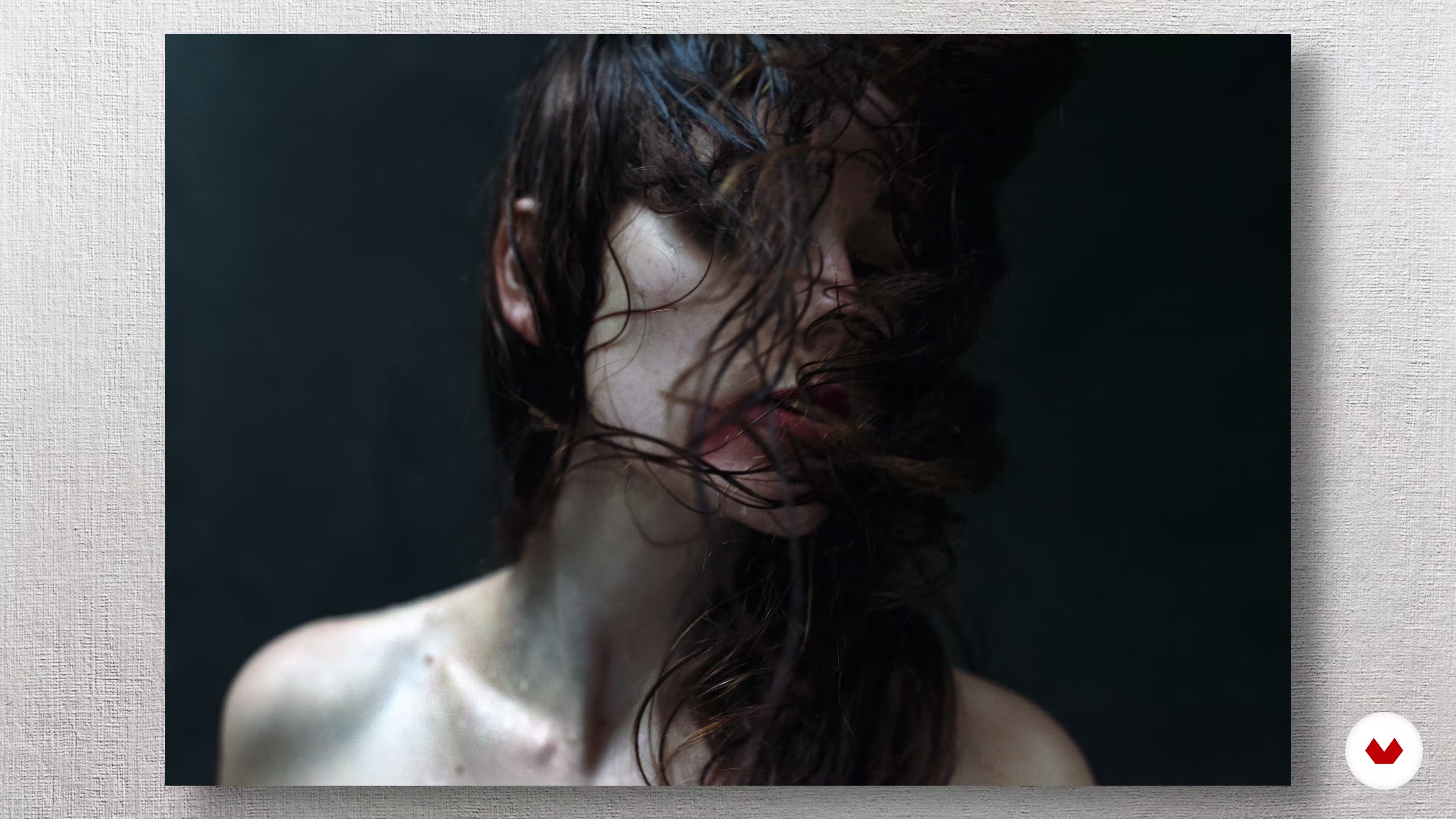
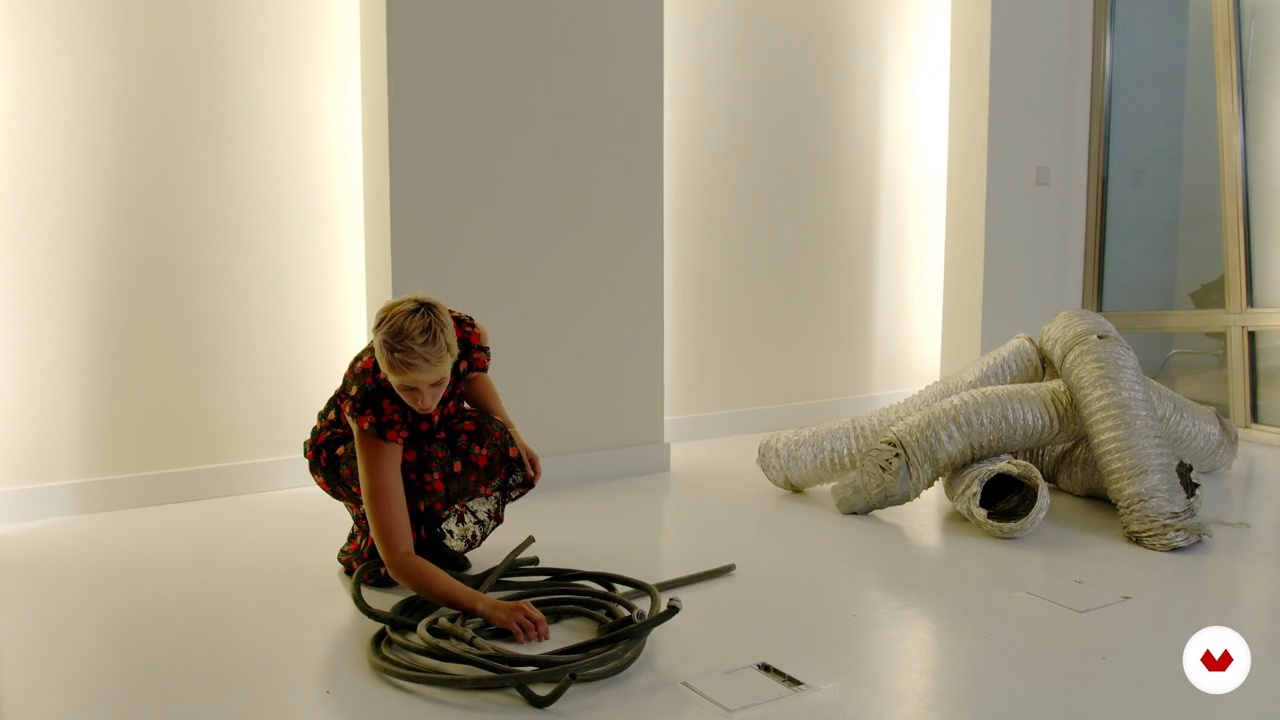
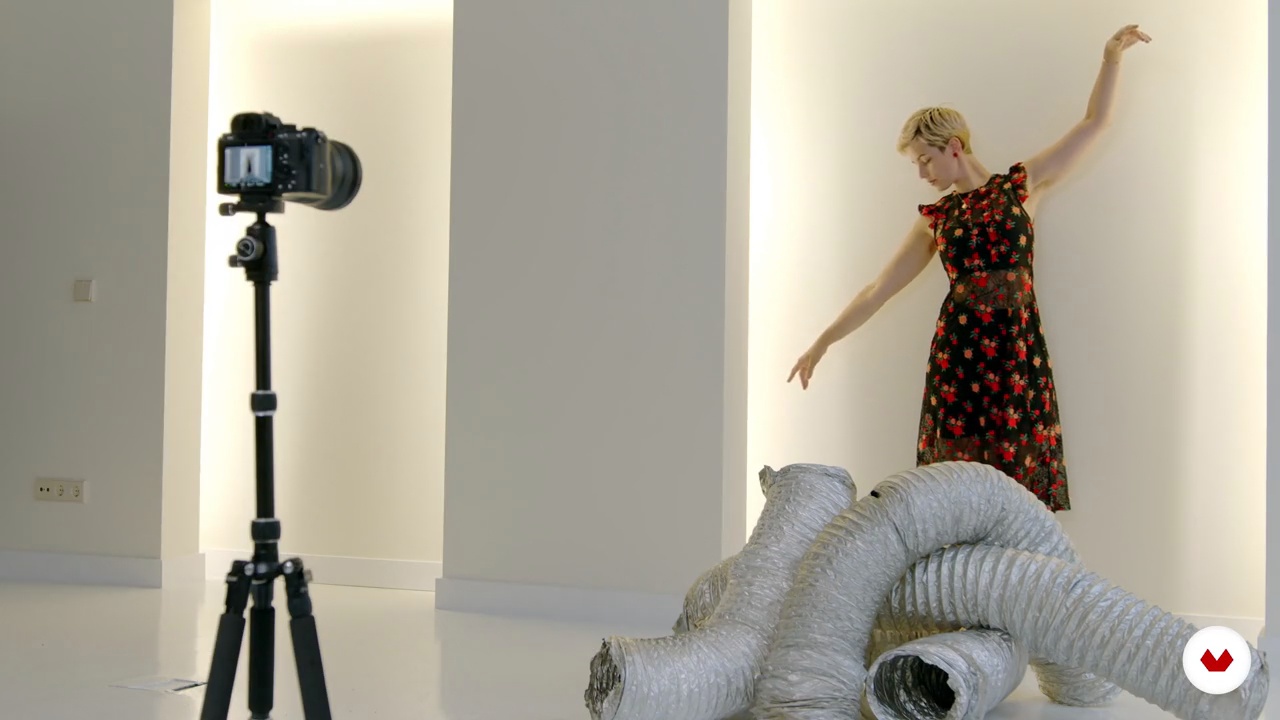
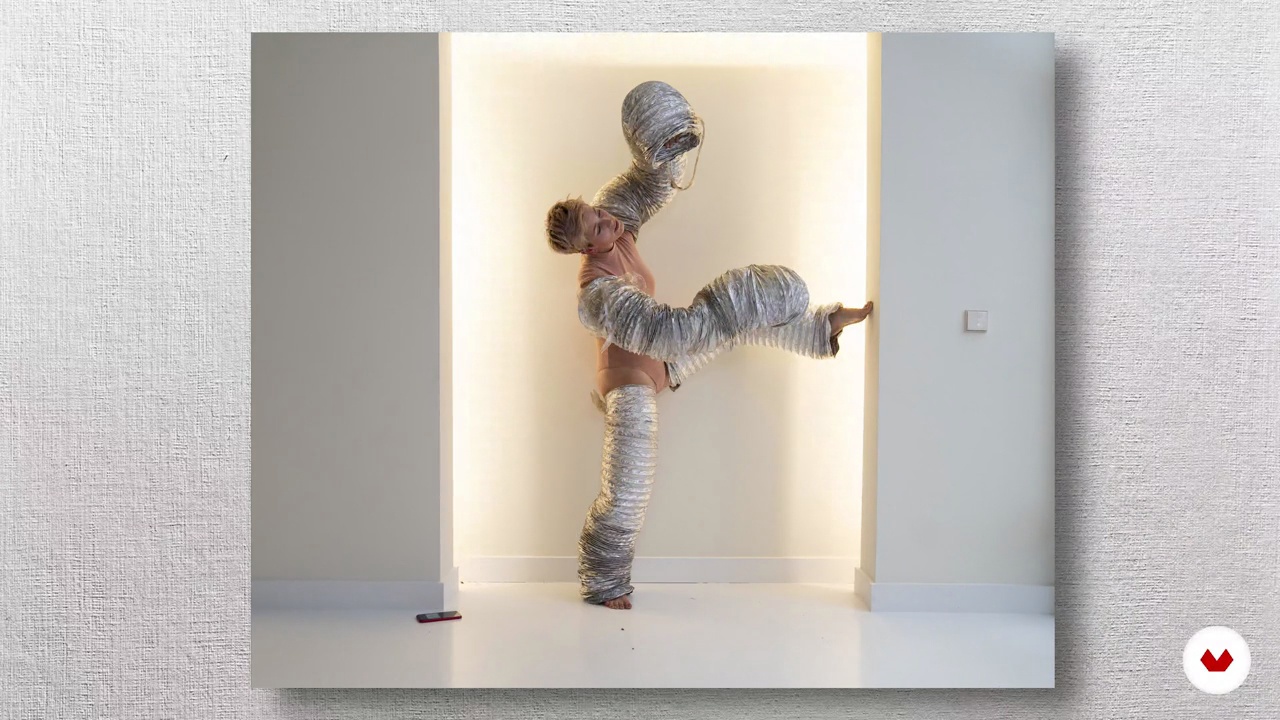
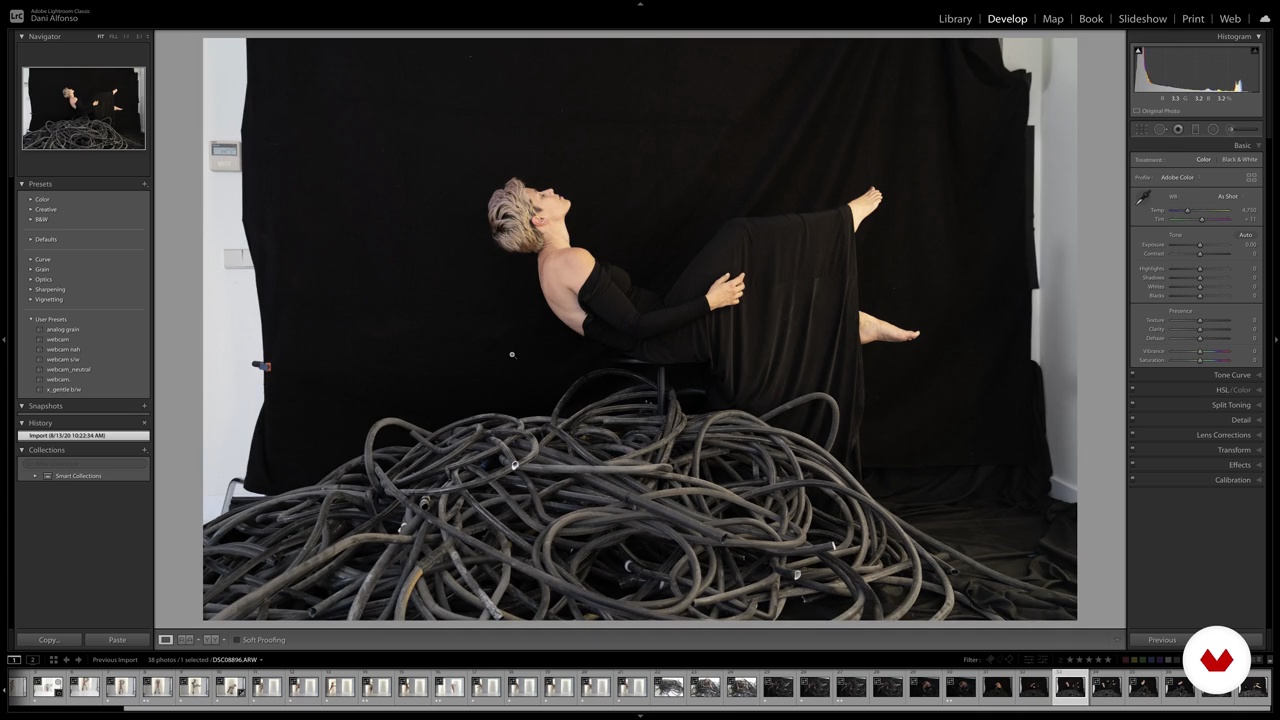
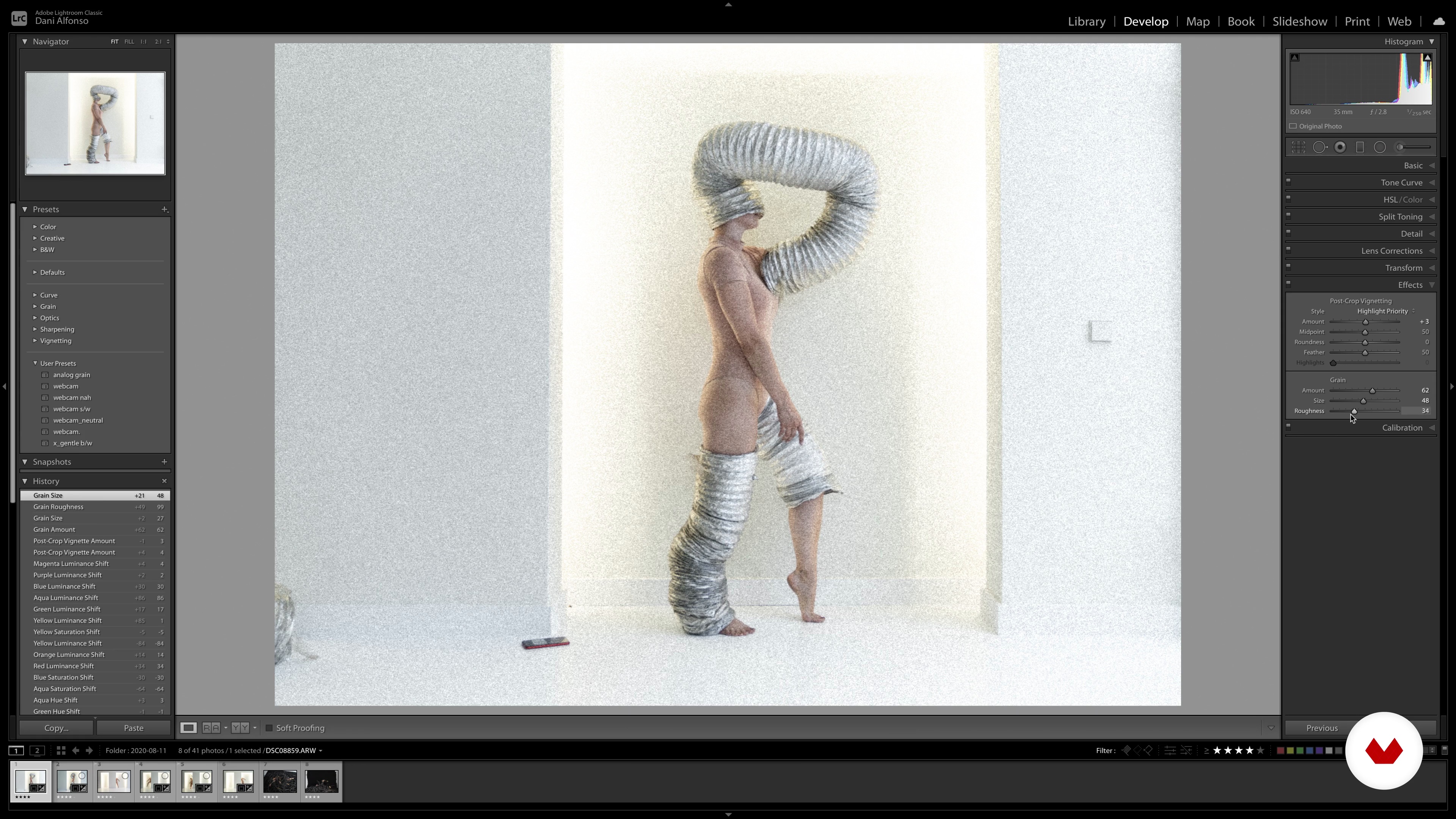
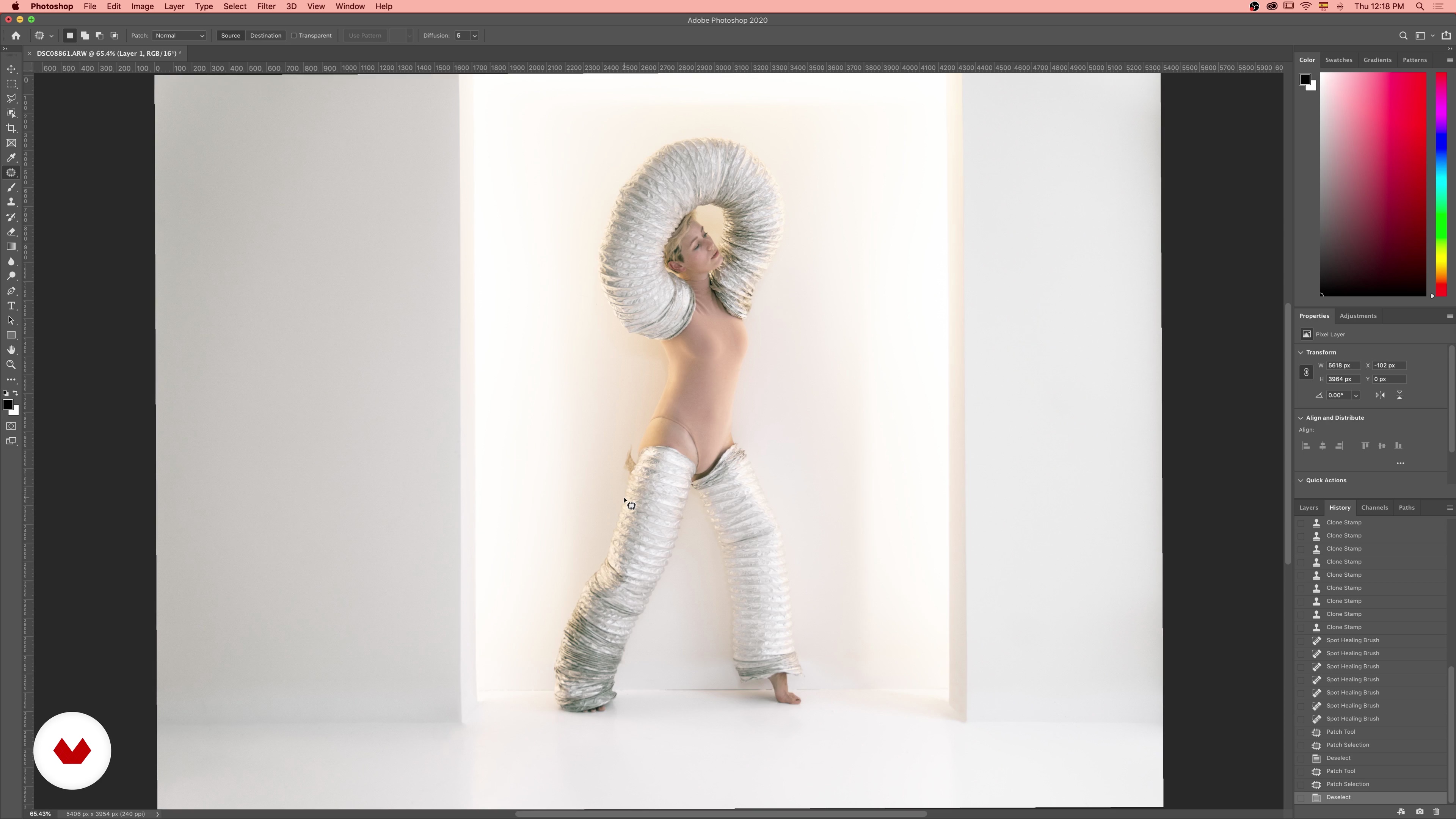
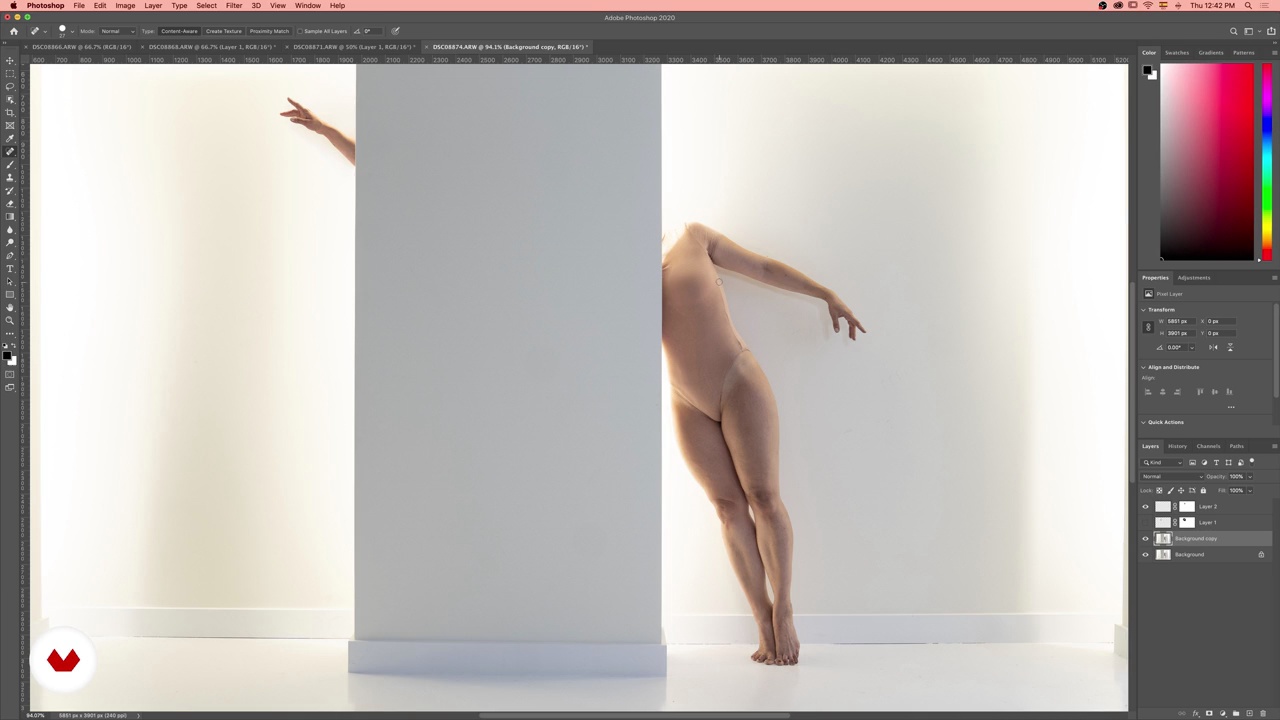
- 100% positive reviews (26)
- 4,114 students
- 92 lessons (14h 16m)
- 92 additional resources (37 files)
- Online and at your own pace
- Audio: English, Spanish
- Spanish · English · Portuguese · German · French · Italian · Polish · Dutch · Turkish
- Level: Beginner
- Unlimited access forever
What is this course's project?
Create a photo reportage on a meaningful theme using learned theories and techniques, effectively telling your story through compelling images.
Projects by course students
Who is this specialization for?
Aspiring photographers eager to explore digital camera techniques, color enthusiasts wanting to evoke emotion through imagery, portrait artists aiming to master lighting or capture authentic expressions, and travelers seeking to narrate stories through visuals will benefit from these courses.
Requirements and materials
No extensive prior knowledge is needed. Students require a digital camera or smartphone with manual settings, basic photography skills, and access to editing software like Lightroom or Photoshop. Curiosity and willingness to explore photography concepts enhance the learning experience.







Reviews
What to expect from this specialization course
-
Learn at your own pace
Enjoy learning from home without a set schedule and with an easy-to-follow method. You set your own pace.
-
Learn from the best professionals
Learn valuable methods and techniques explained by top experts in the creative sector.
-
Meet expert teachers
Each expert teaches what they do best, with clear guidelines, true passion, and professional insight in every lesson.
-
Certificates
PlusIf you're a Plus member, get a custom certificate for every specialization course. Share it on your portfolio, social media, or wherever you like.
-
Get front-row seats
Videos of the highest quality, so you don't miss a single detail. With unlimited access, you can watch them as many times as you need to perfect your technique.
-
Share knowledge and ideas
Ask questions, request feedback, or offer solutions. Share your learning experience with other students in the community who are as passionate about creativity as you are.
-
Connect with a global creative community
The community is home to millions of people from around the world who are curious and passionate about exploring and expressing their creativity.
-
Watch professionally produced courses
Domestika curates its teacher roster and produces every course in-house to ensure a high-quality online learning experience.
FAQs
What are Domestika's online courses?
Domestika courses are online classes that allow you to learn new skills and create incredible projects. All our courses include the opportunity to share your work with other students and/or teachers, creating an active learning community. We offer different formats:
Original Courses: Complete classes that combine videos, texts, and educational materials to complete a specific project from start to finish.
Basics Courses: Specialized training where you master specific software tools step by step.
Specialization Courses: Learning paths with various expert teachers on the same topic, perfect for becoming a specialist by learning from different approaches.
Guided Courses: Practical experiences ideal for directly acquiring specific skills.
Intensive Courses (Deep Dives): New creative processes based on artificial intelligence tools in an accessible format for in-depth and dynamic understanding.
When do the specialization courses start and when do they finish?
All specialization courses are 100% online, so once they're published, specialization courses start and finish whenever you want. You set the pace of the class. You can go back to review what interests you most and skip what you already know, ask questions, answer questions, share your projects, and more.
What do Domestika's specialization courses include?
The specialization courses are divided into different modules. Each one includes lessons, informational text, tasks, and practice exercises to help you carry out your project step by step, with additional complementary resources and downloads. You'll also have access to an exclusive forum where you can interact with other students, as well as share your work and your final project, creating a community around the specialization courses.
Have you been given a specialization courses?
You can redeem the specialization courses you received by accessing the redeeming page and entering your gift code.





Excelente.
En mi opinión es el mejor de fotografía que he hecho en Domestika
Muy buenos profesores y fácil de seguir
Excelente curso, lo recomiendo.
Adorei o curso. muito bom e recomendo tem professores que esplicam tudo com clareza e detalhes.
Very nice!
Muito completo! Recomendo!